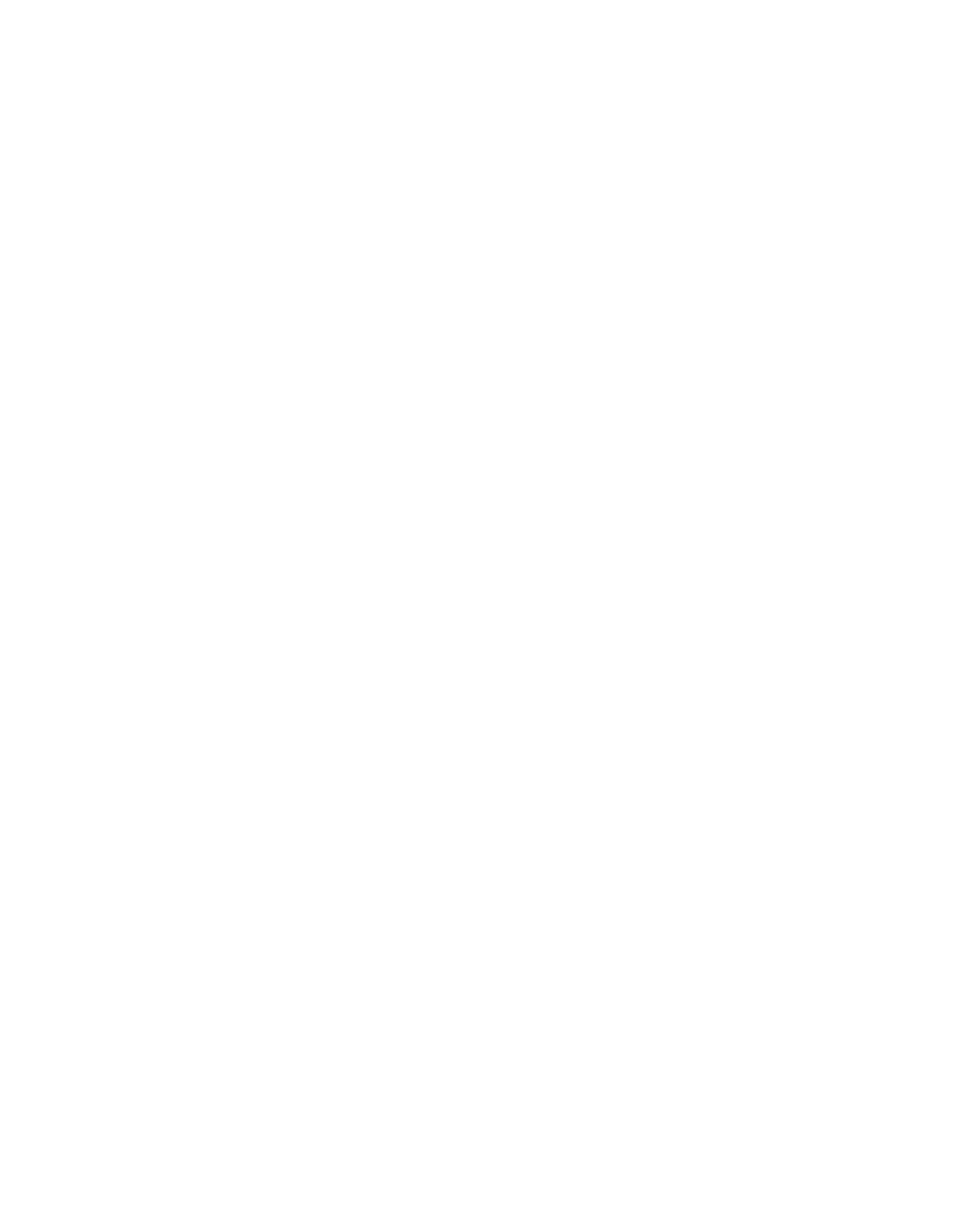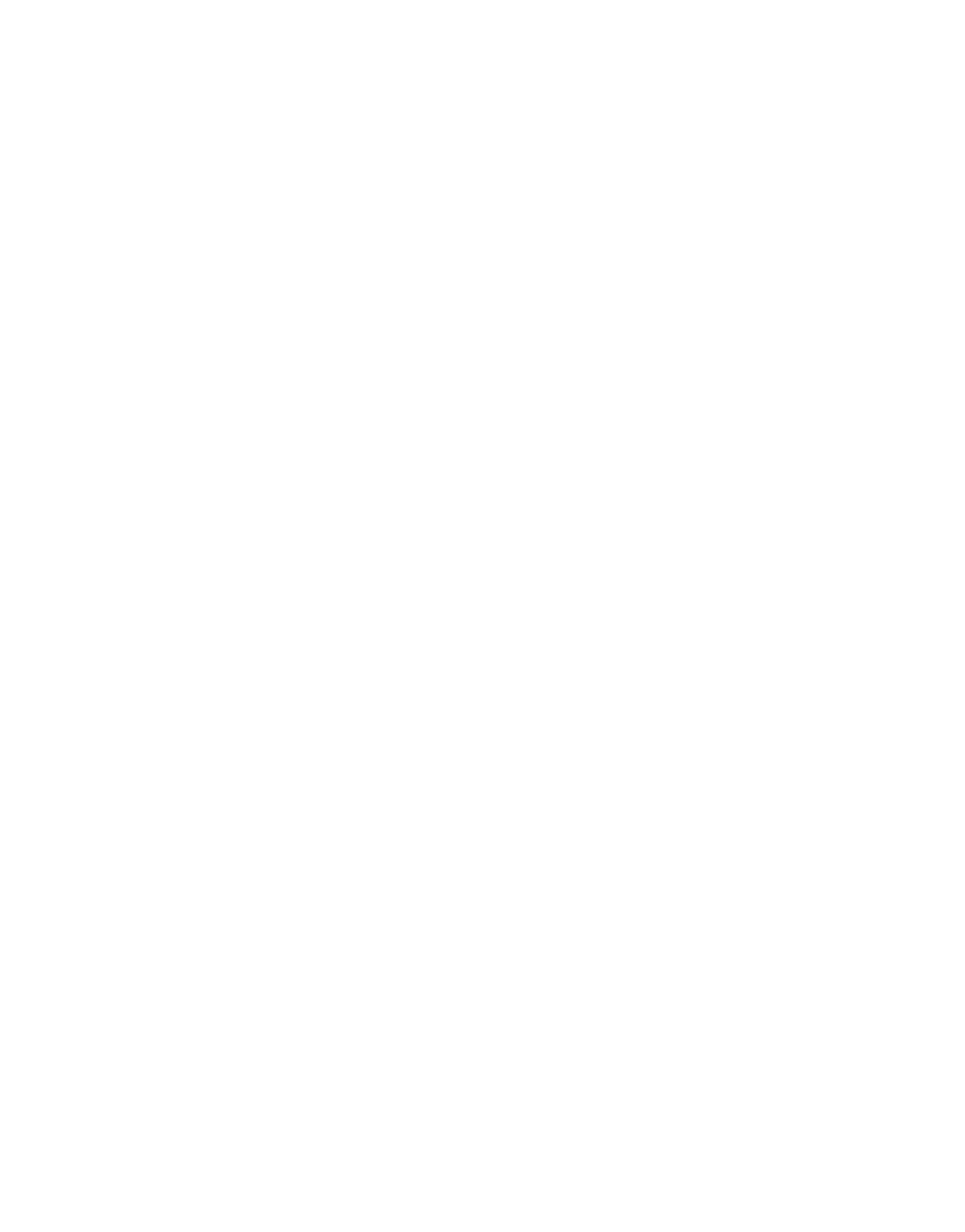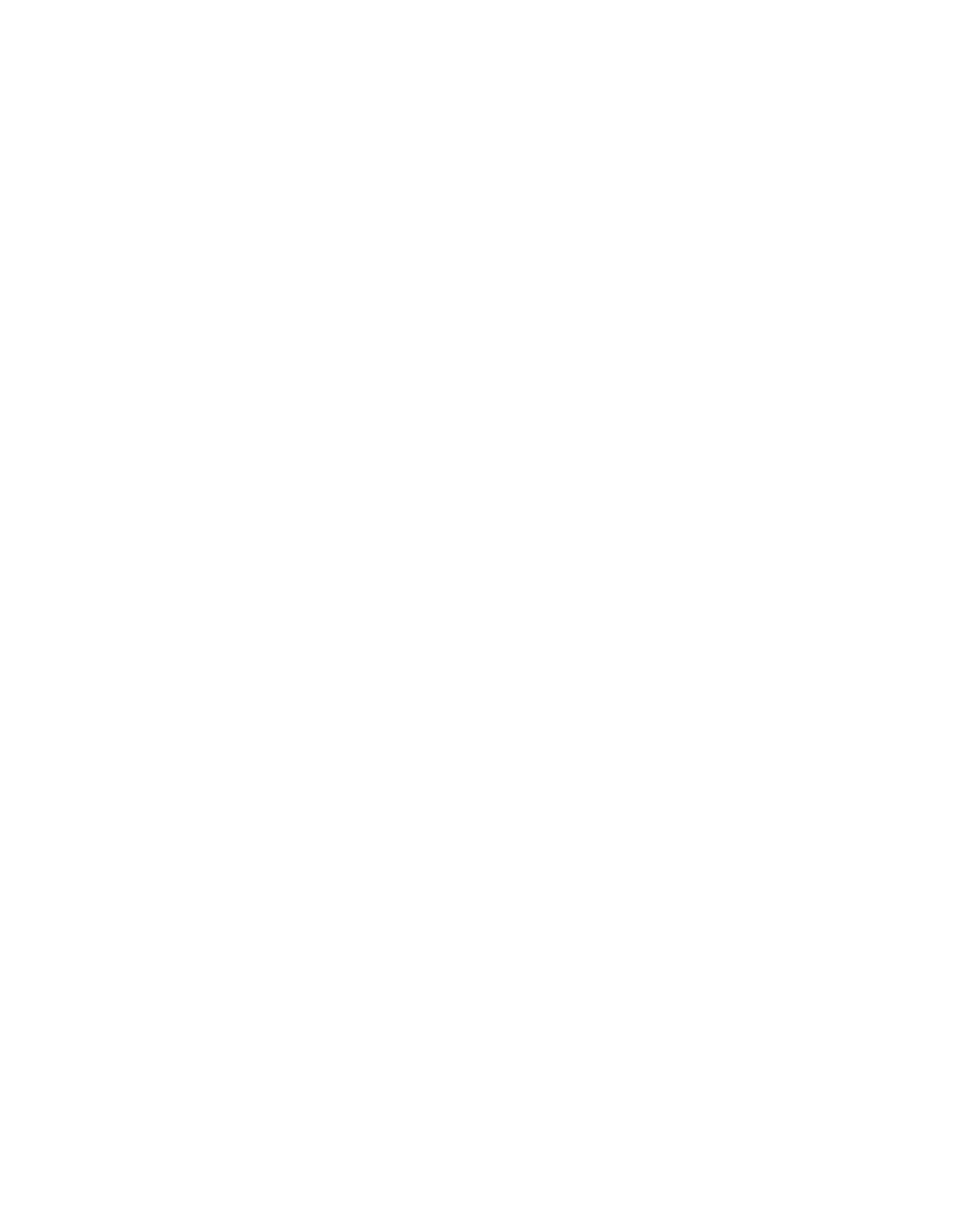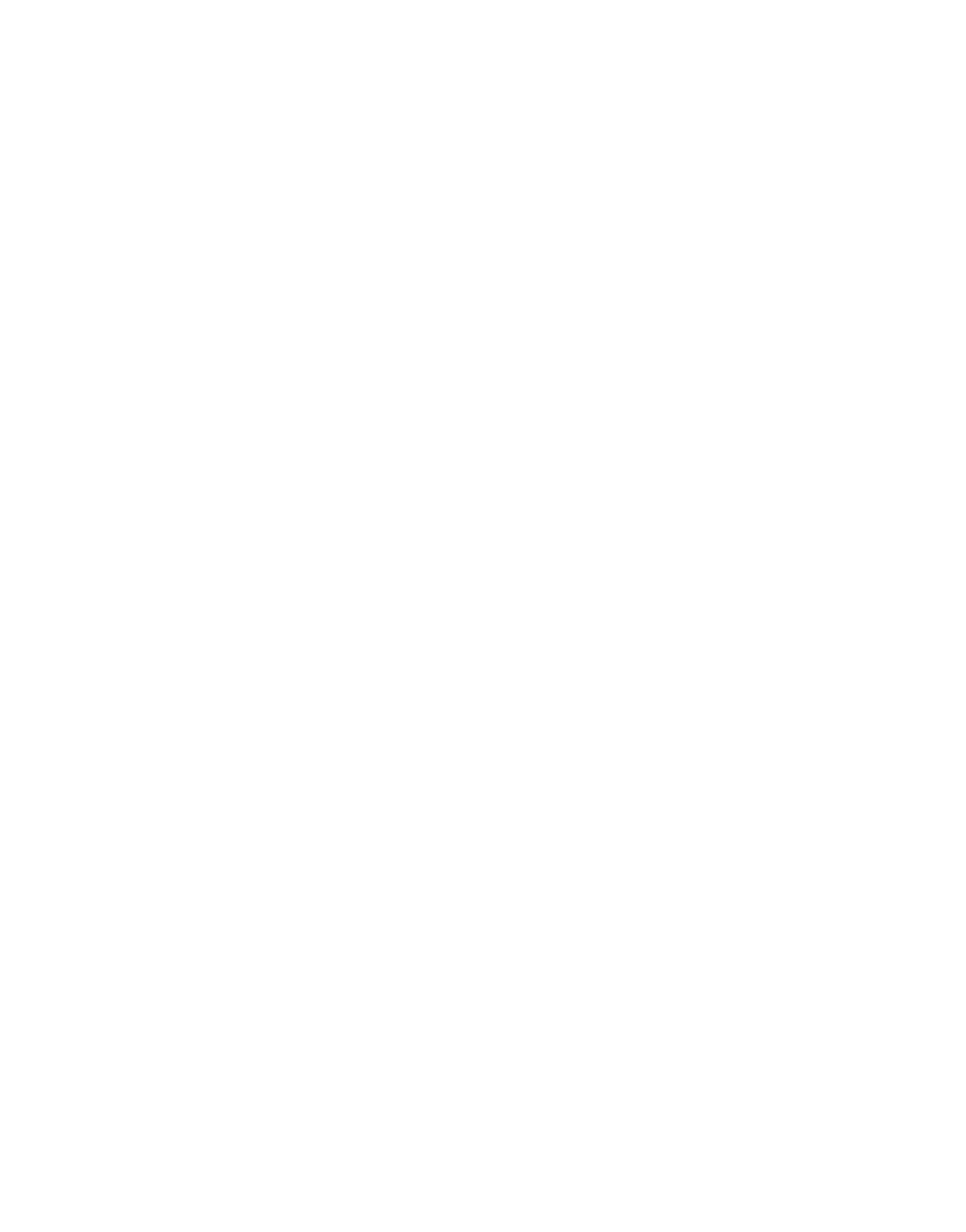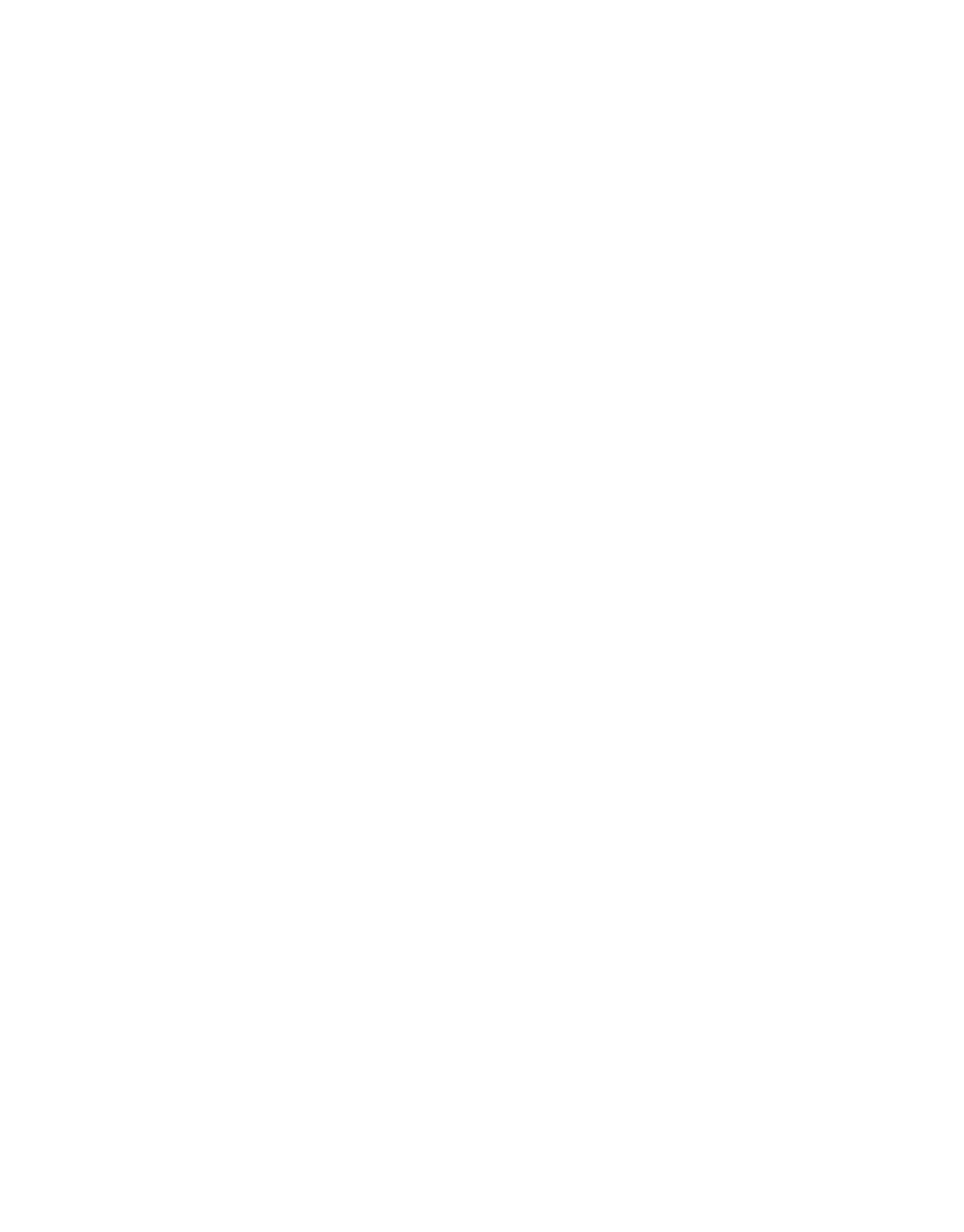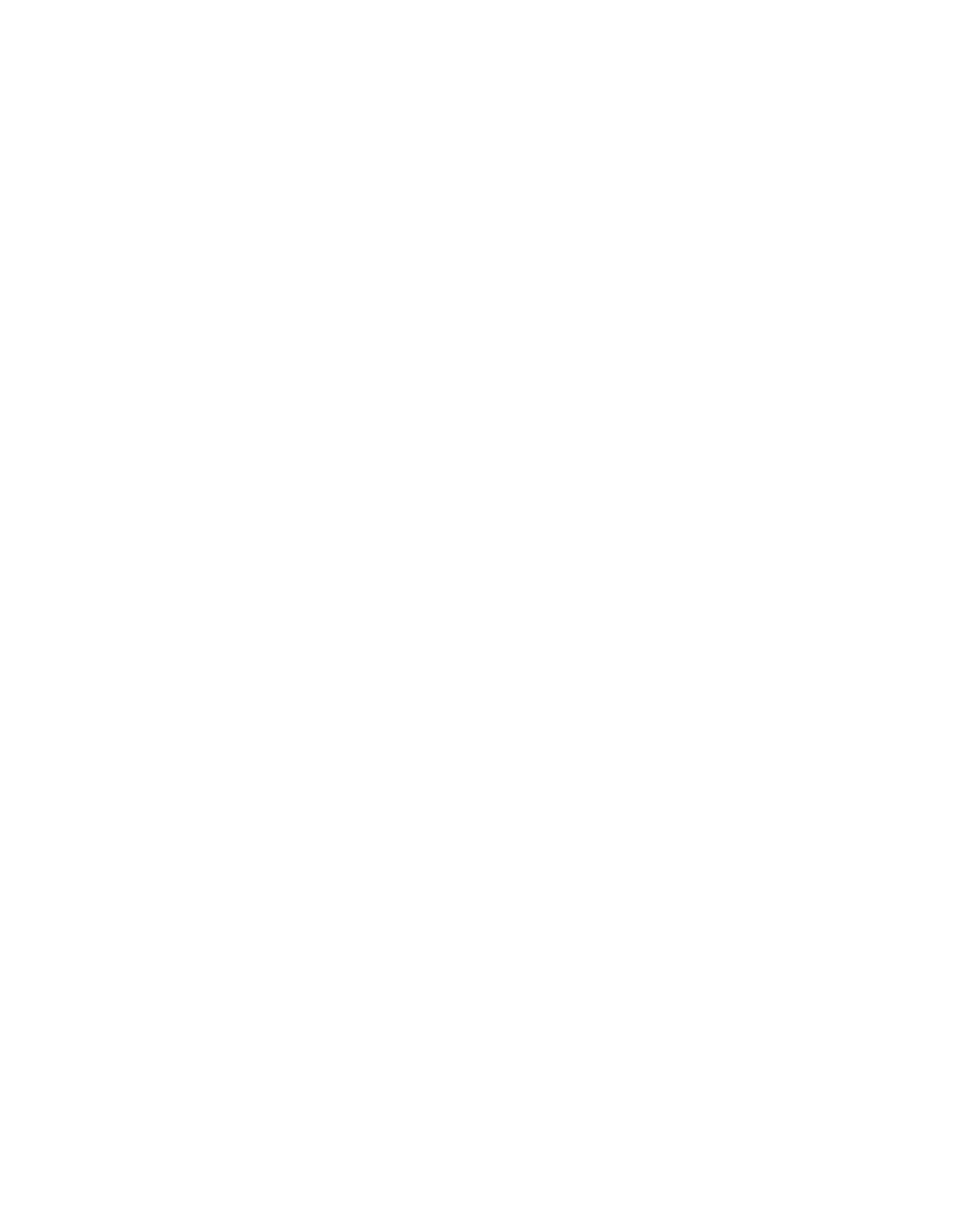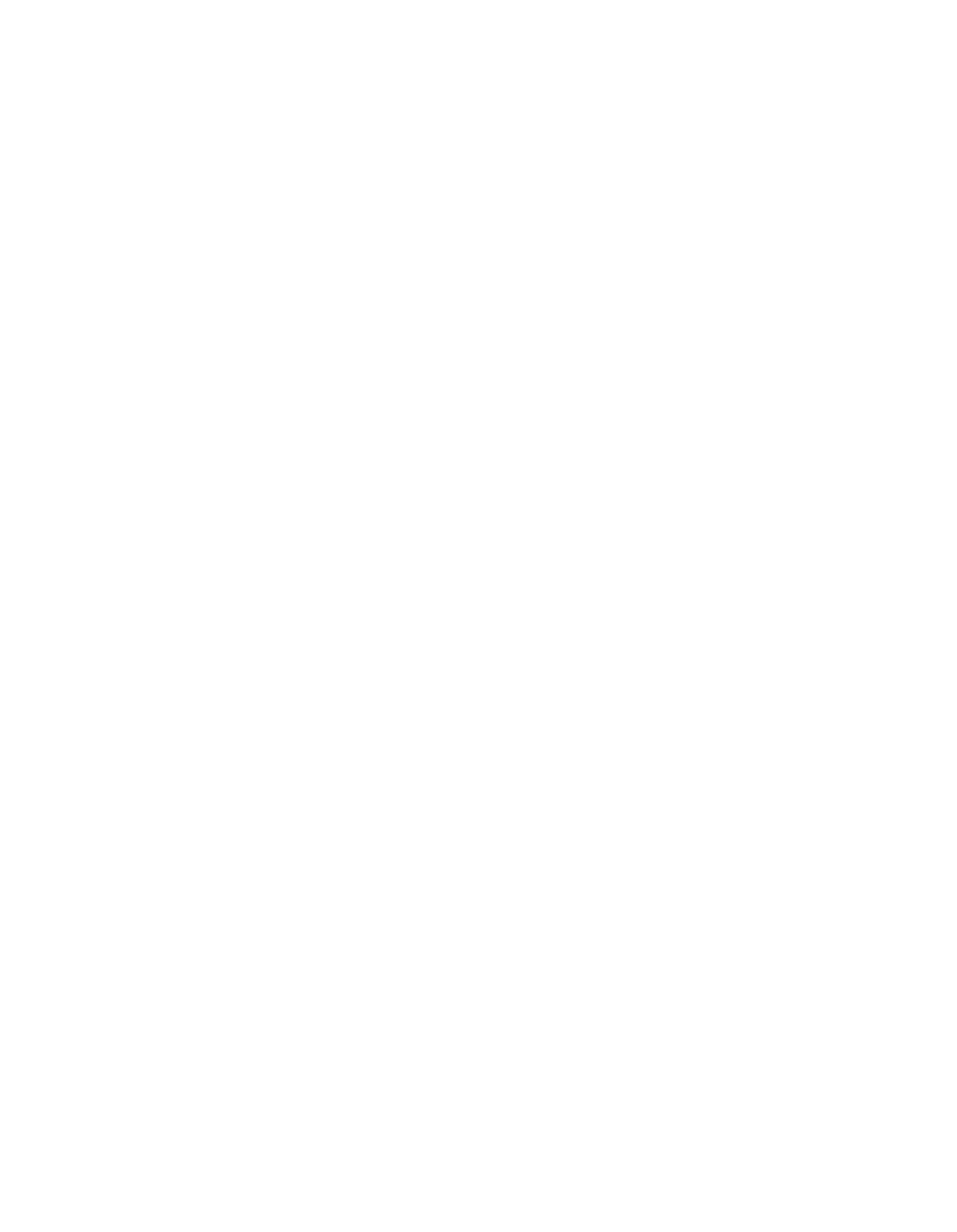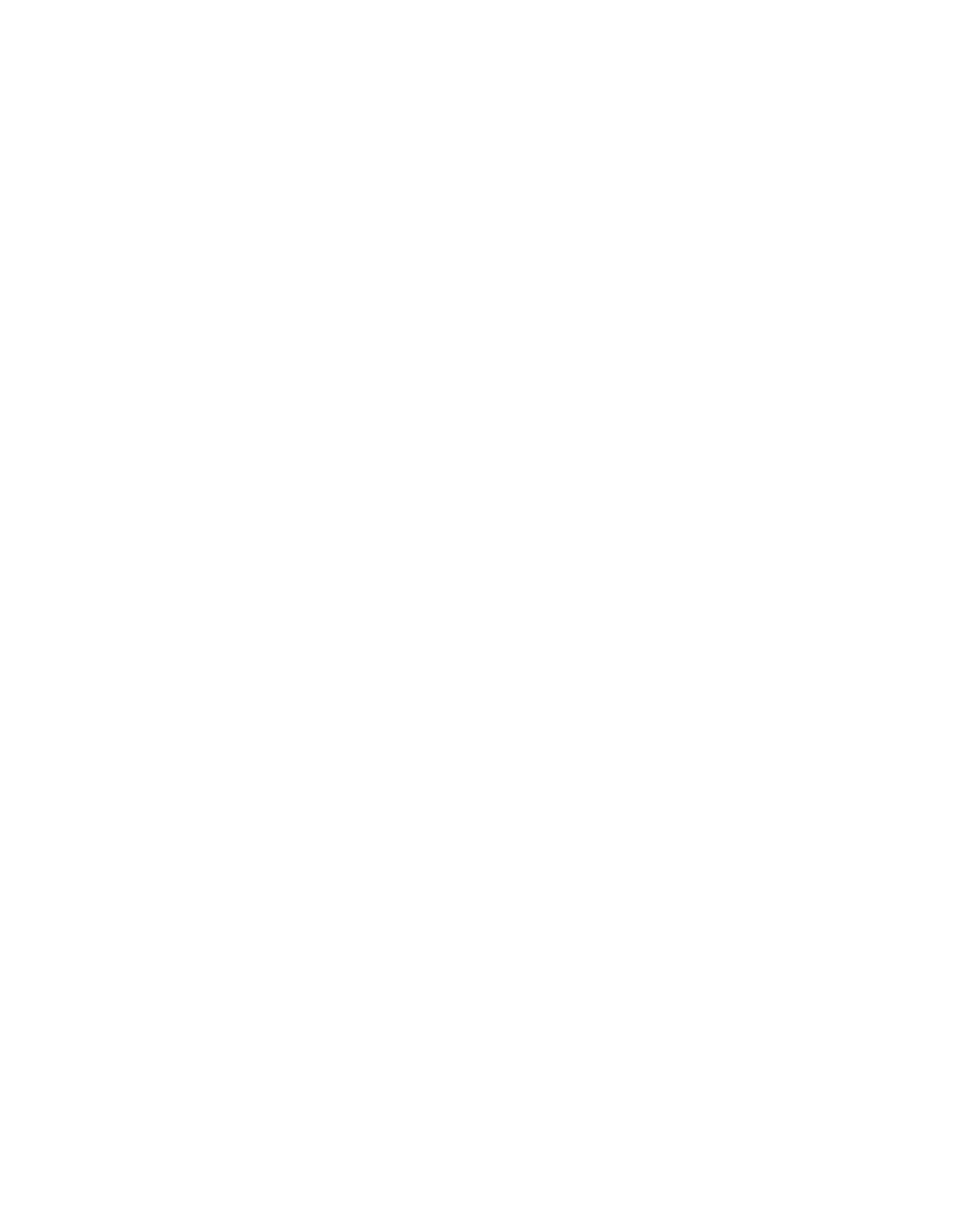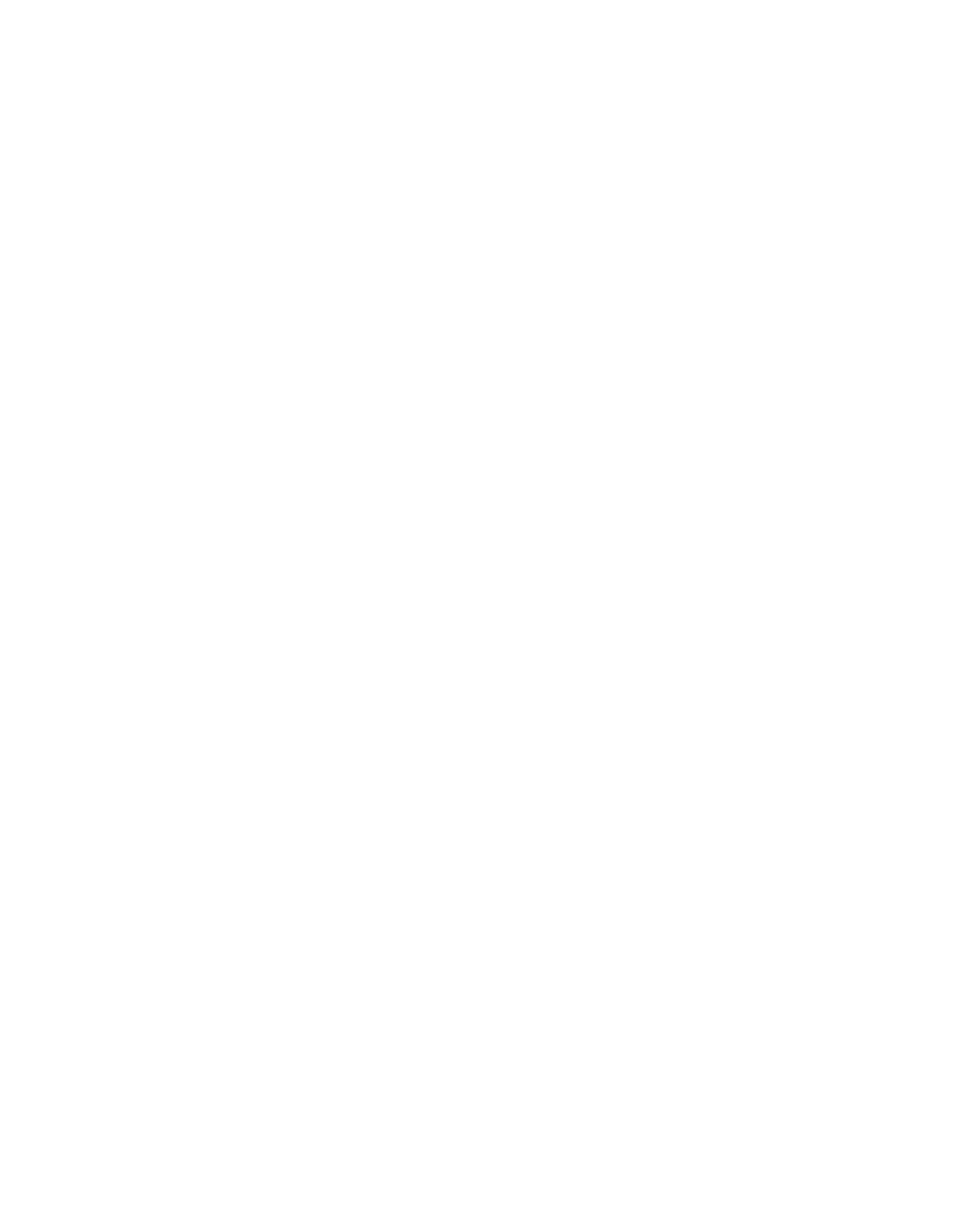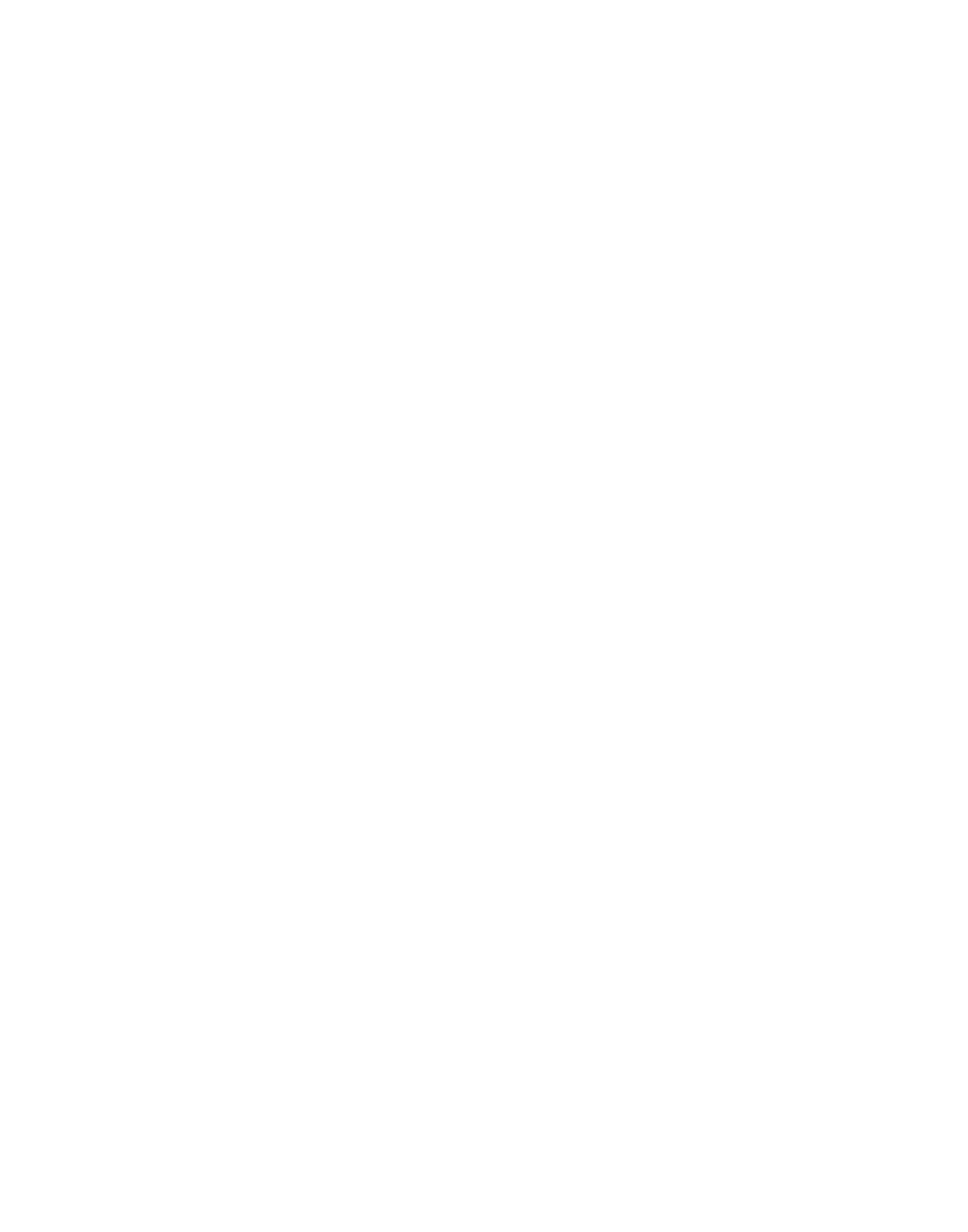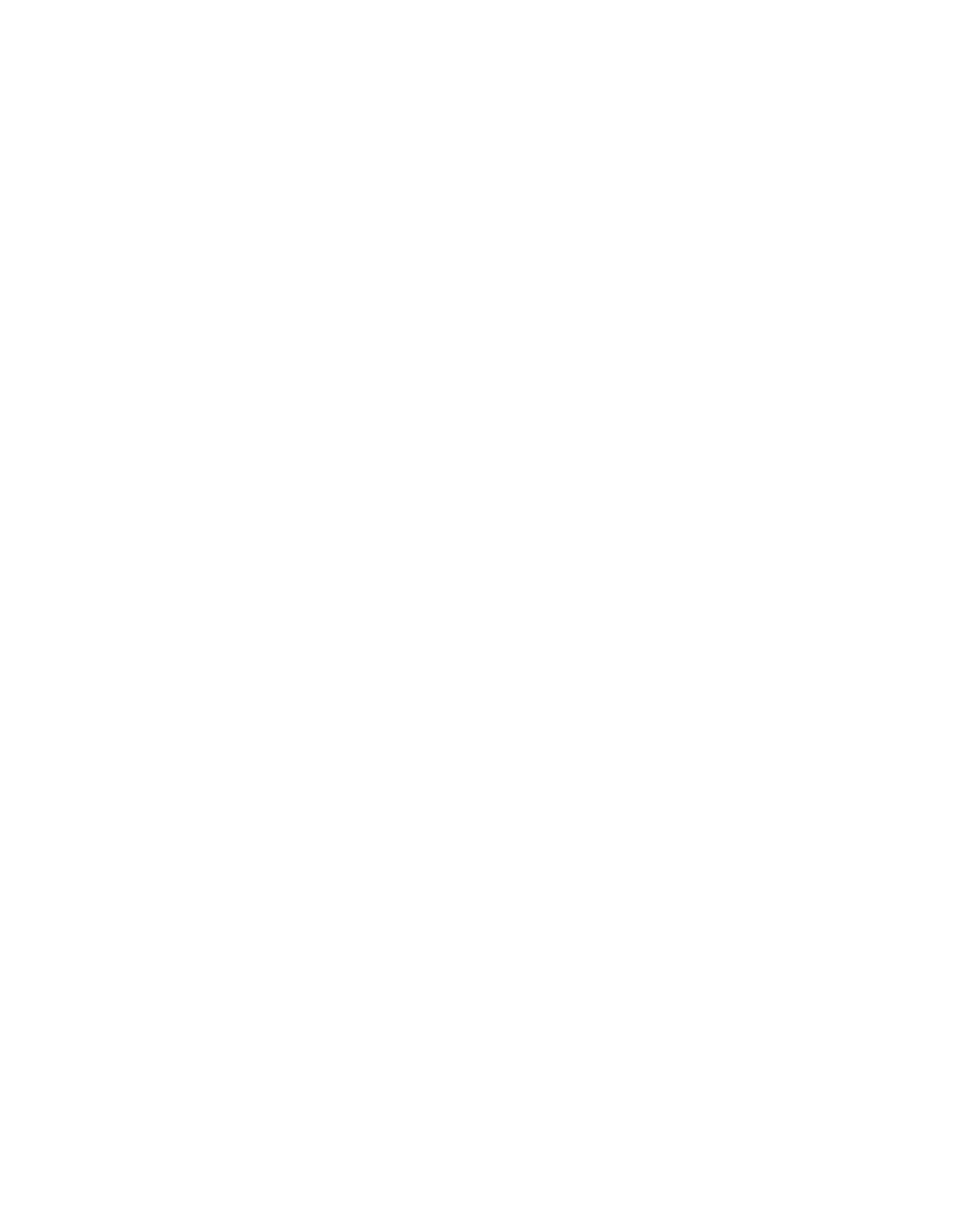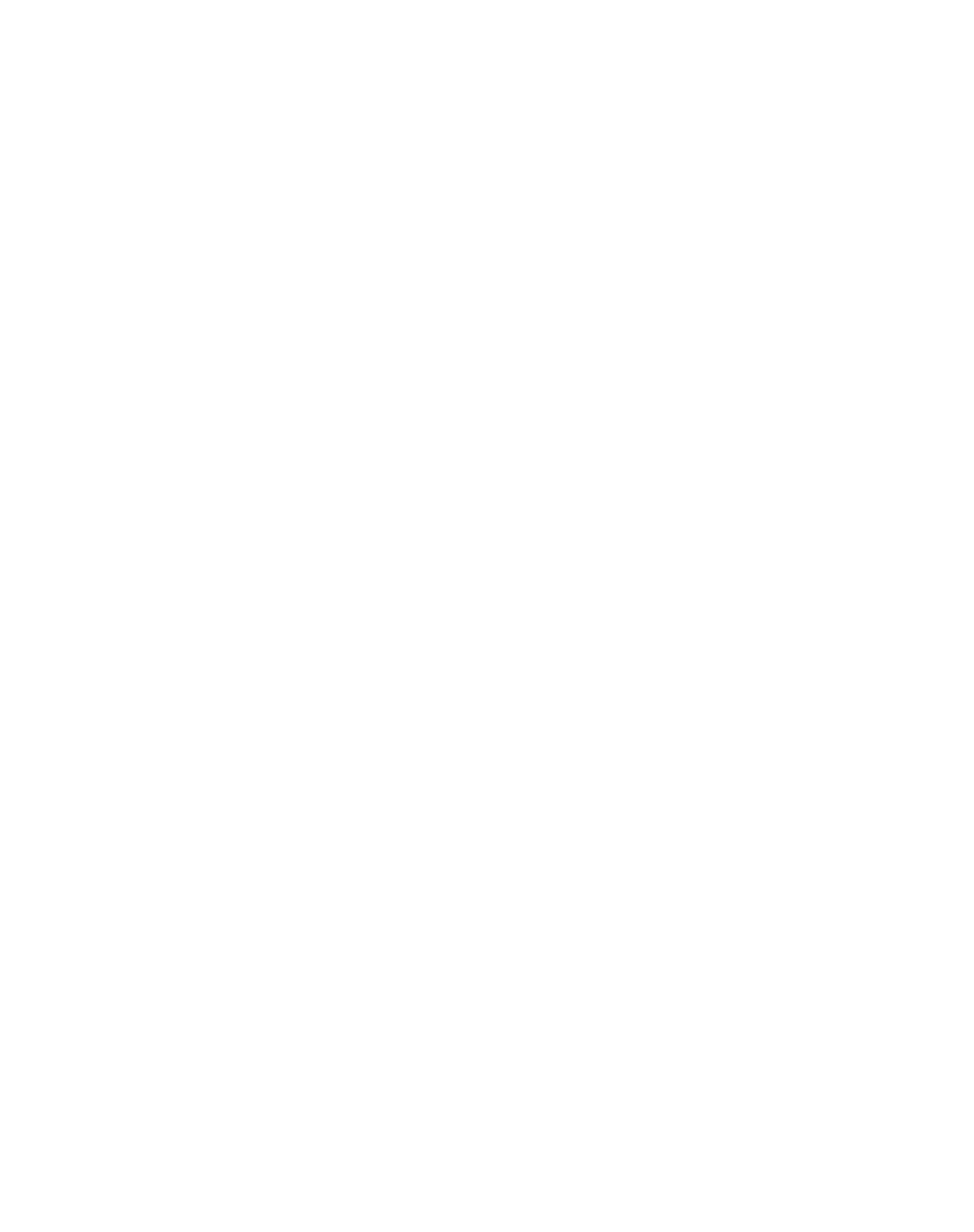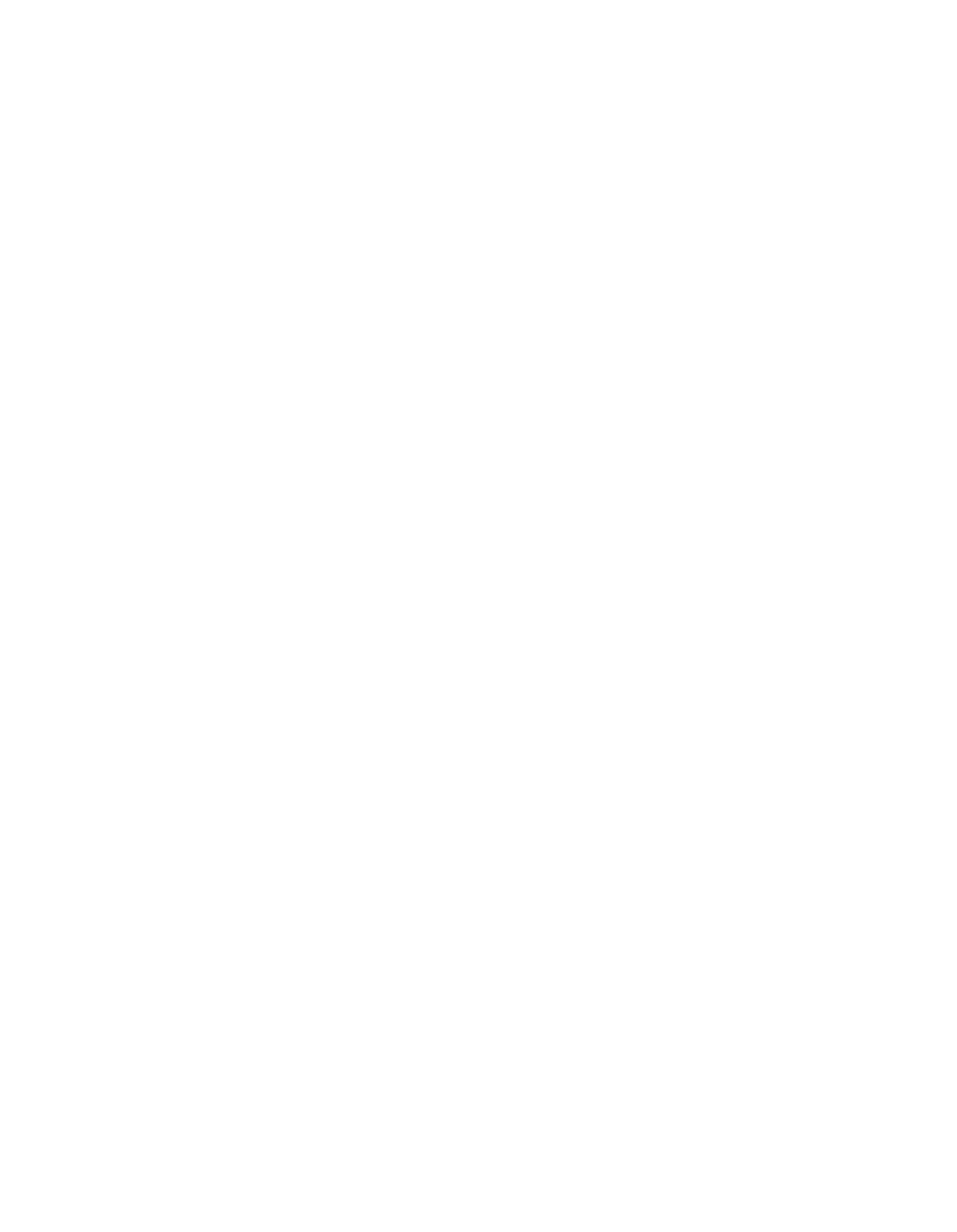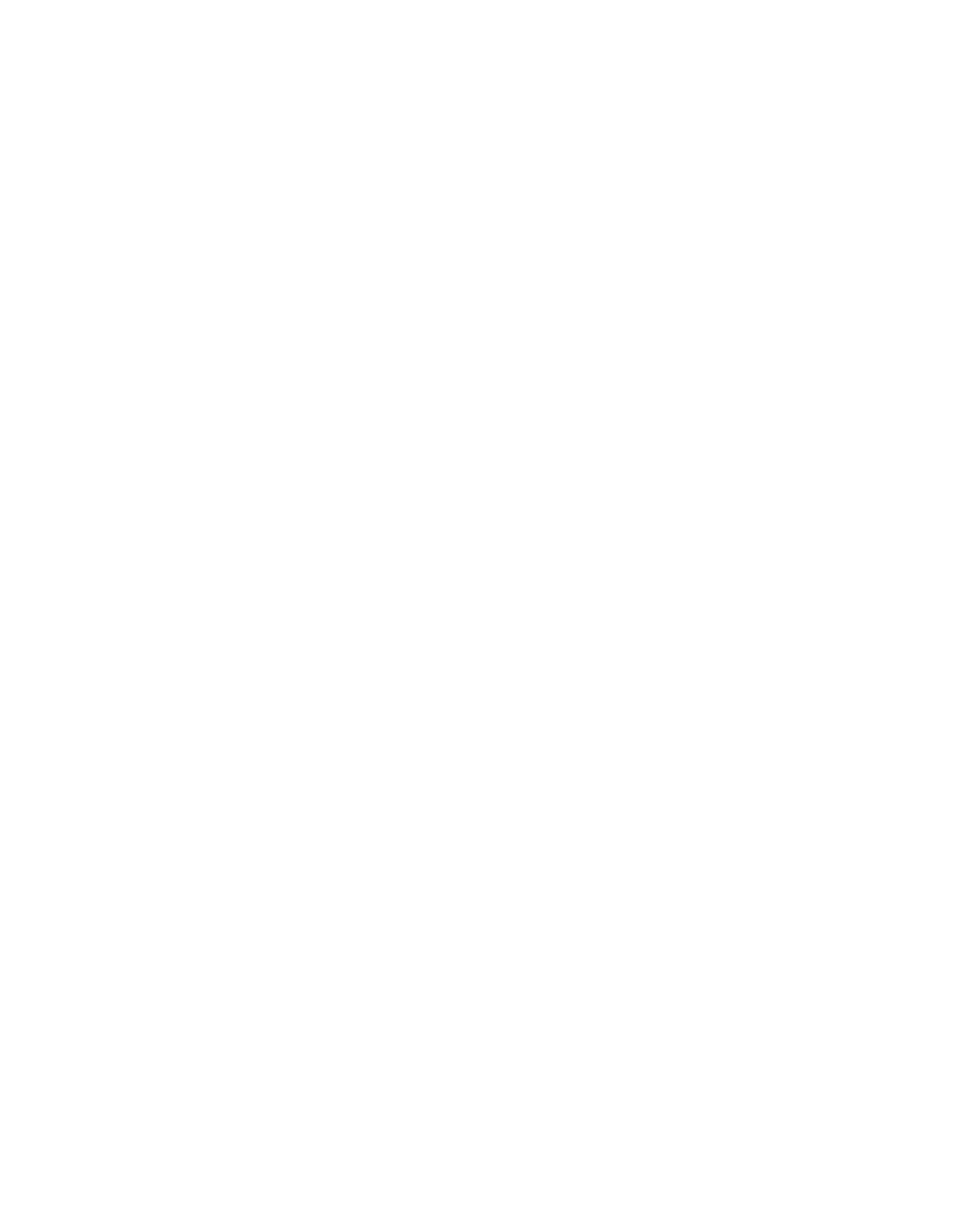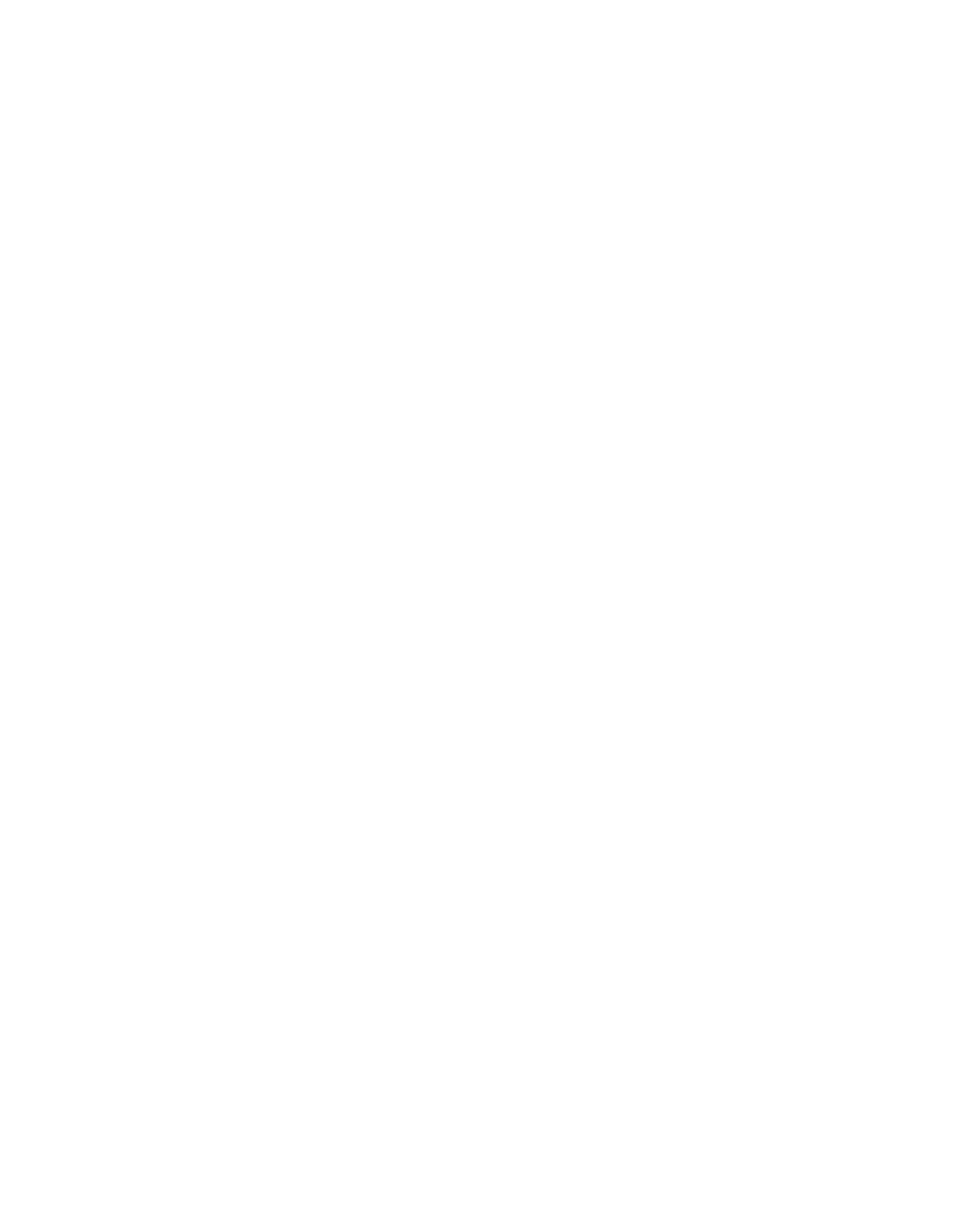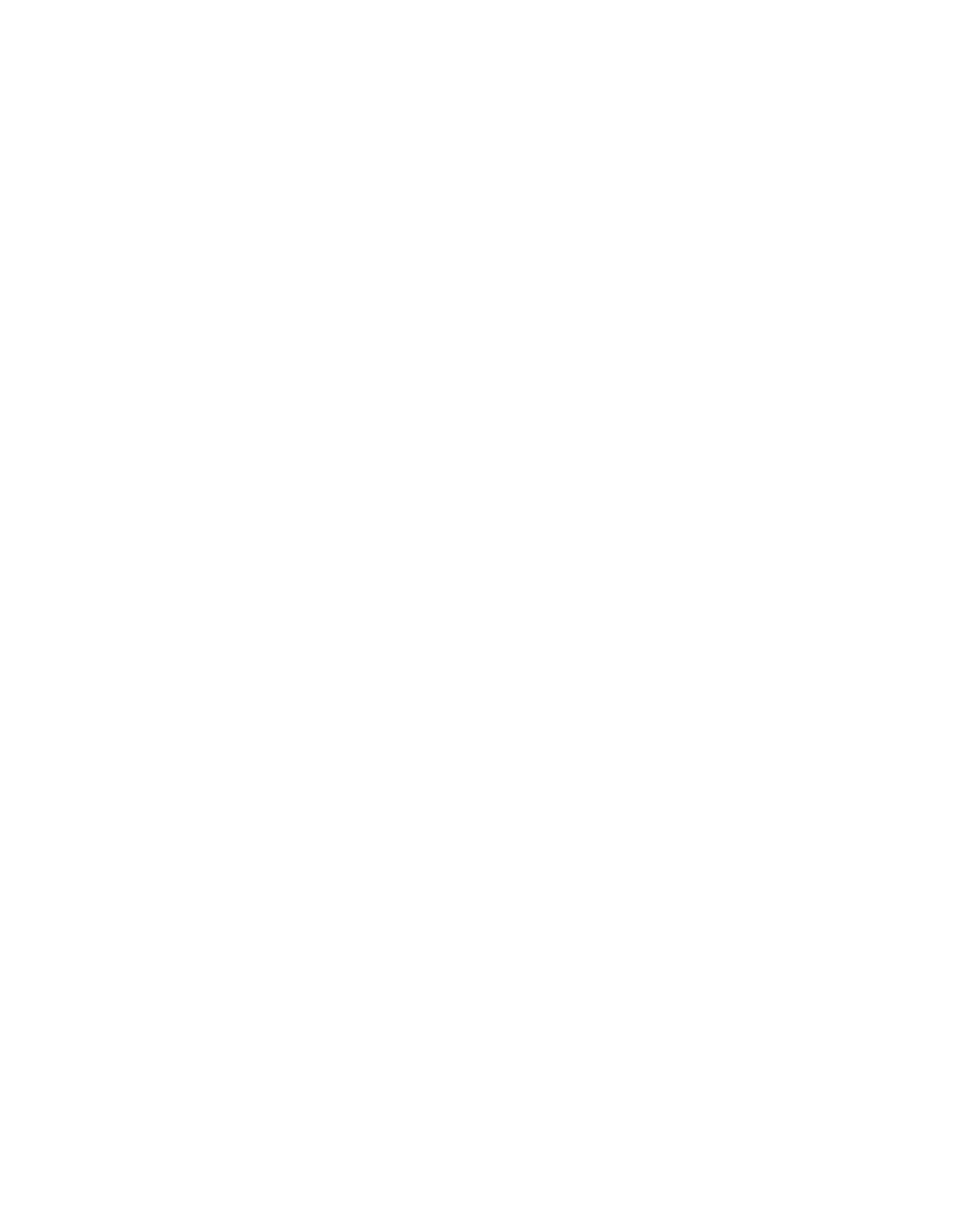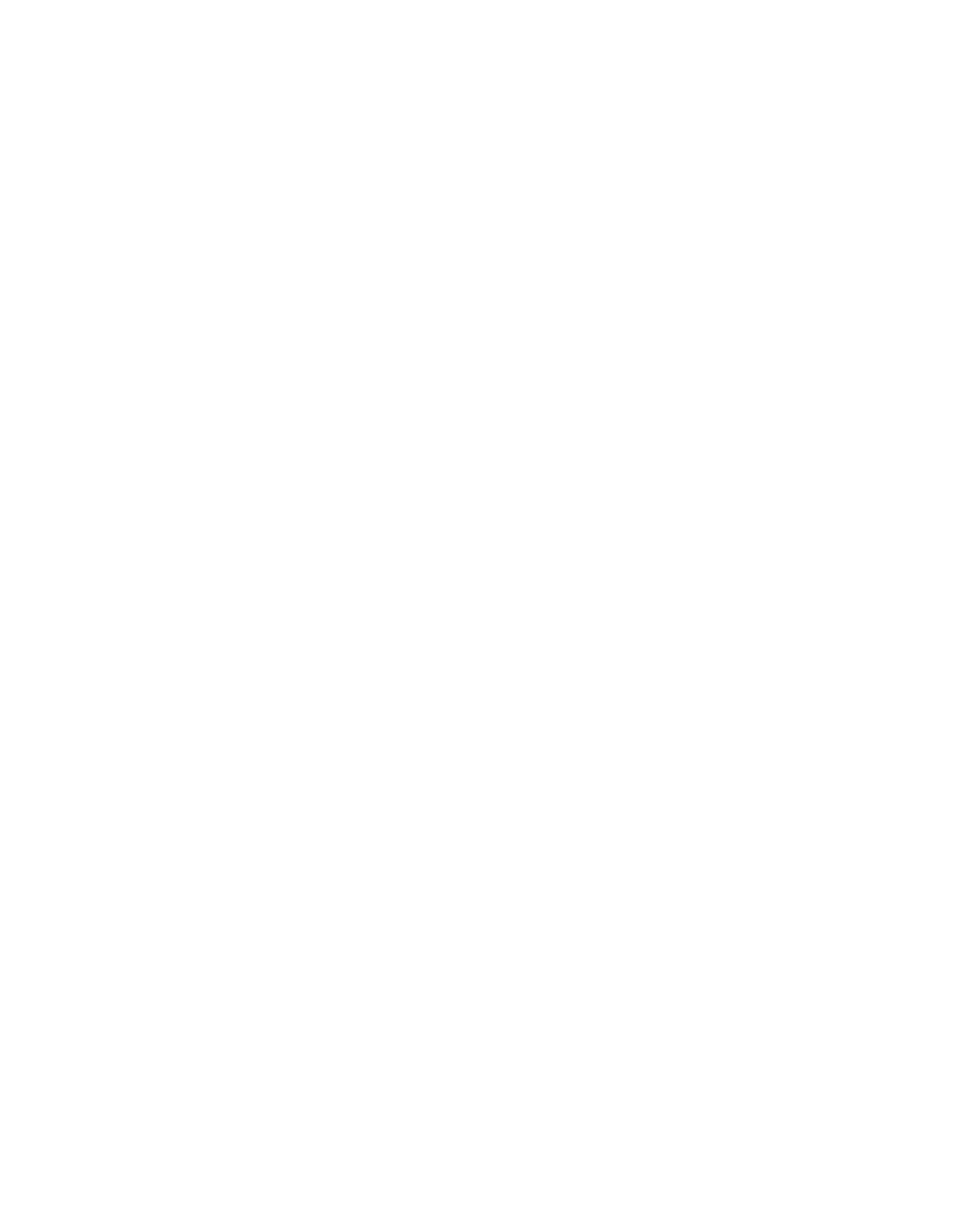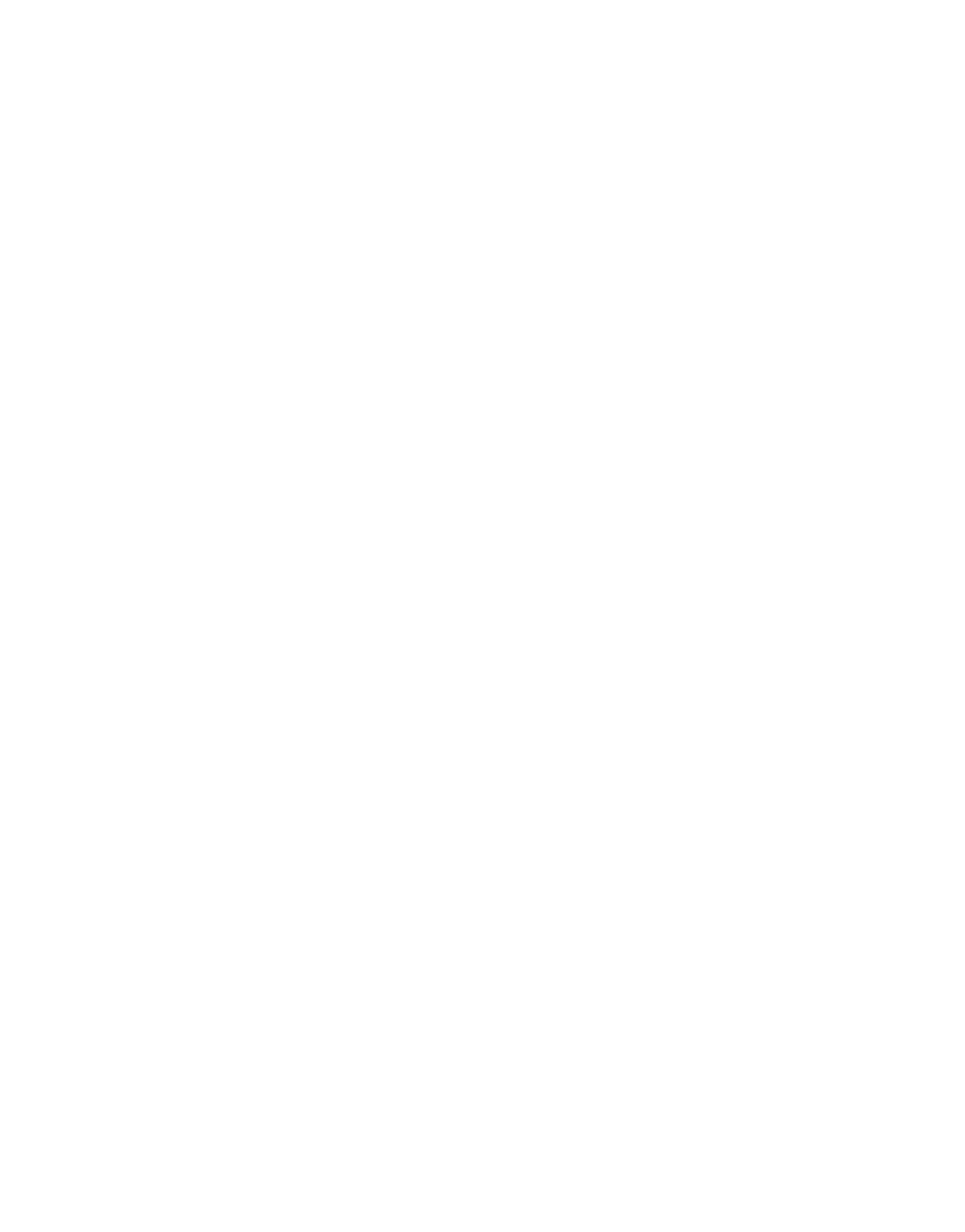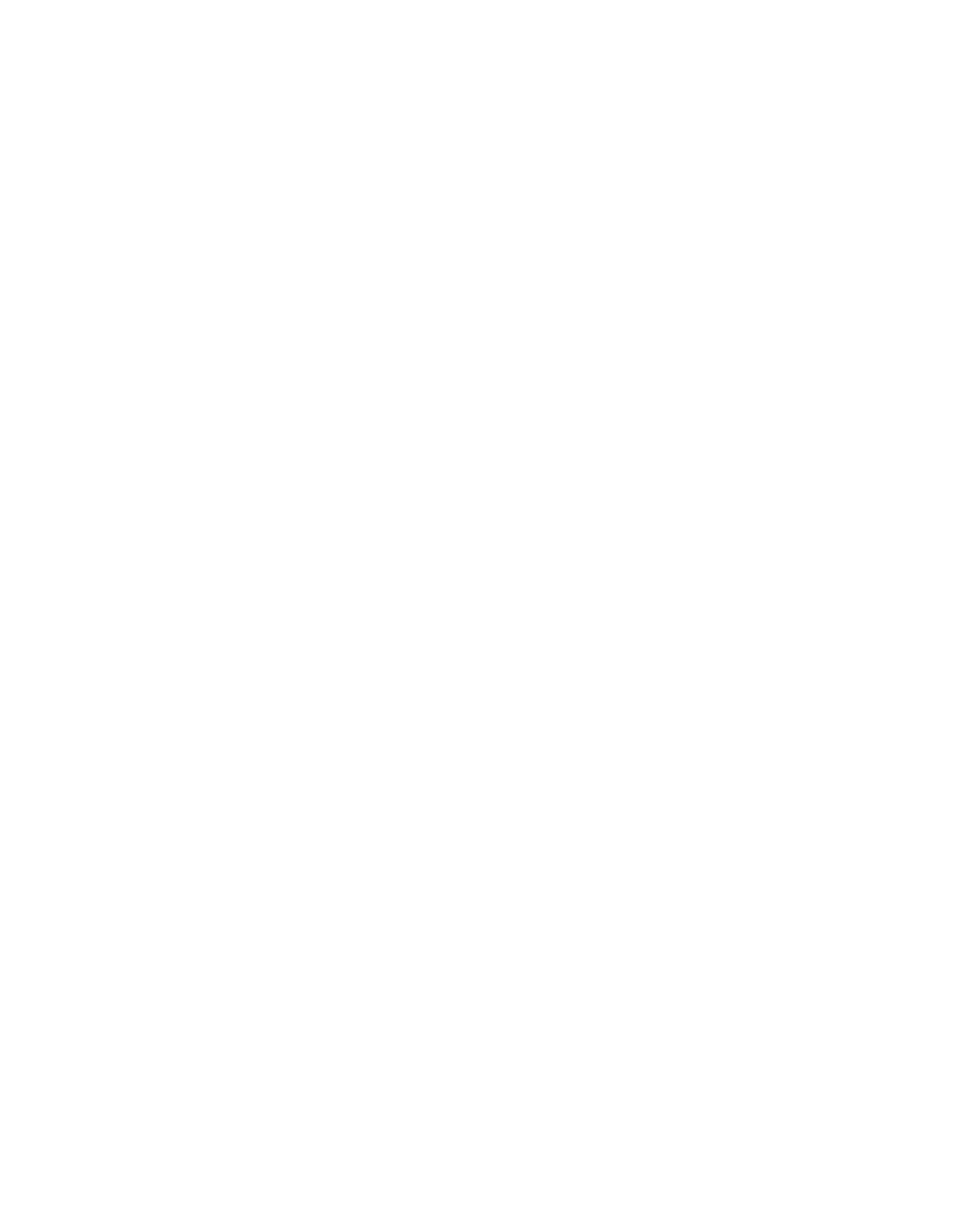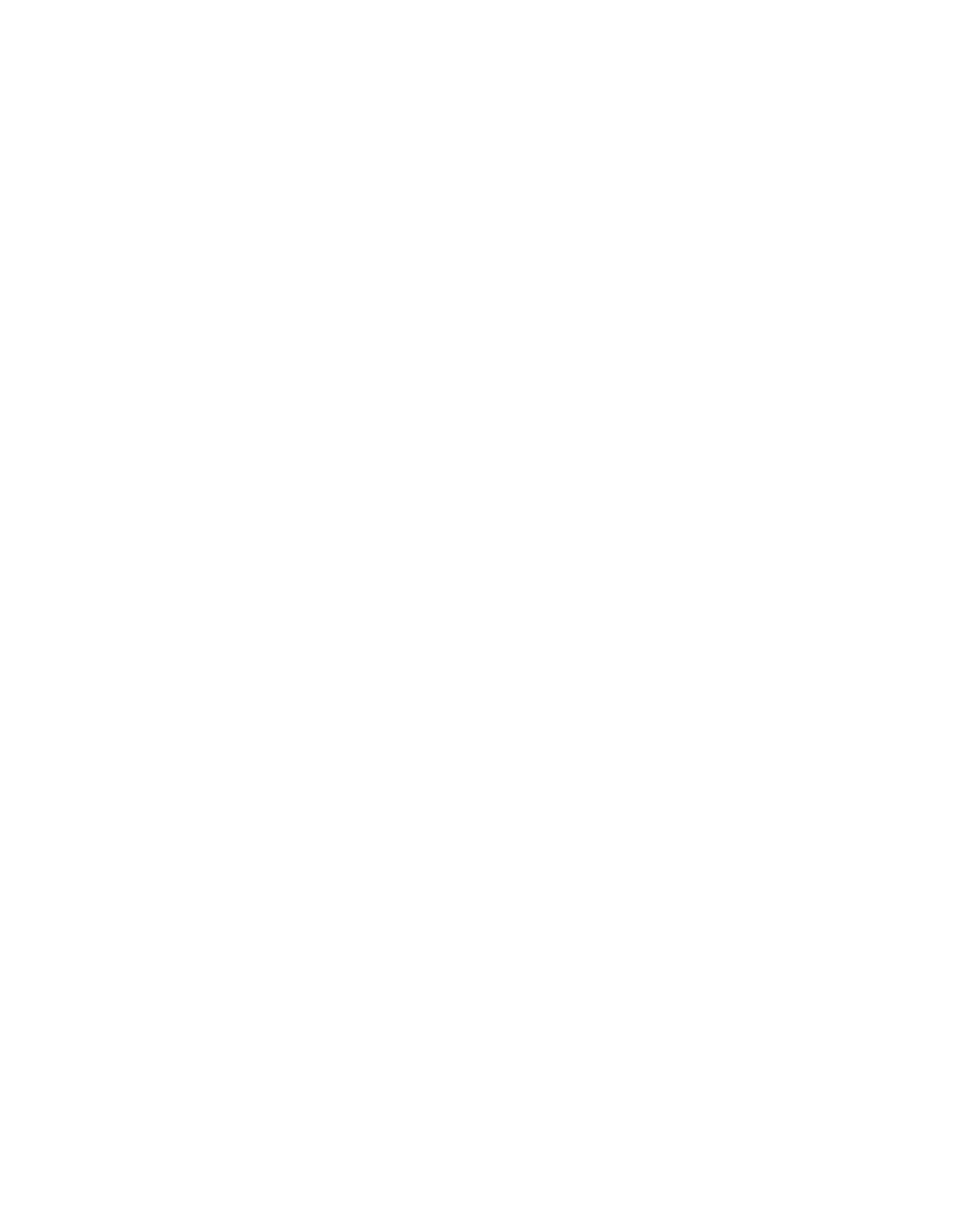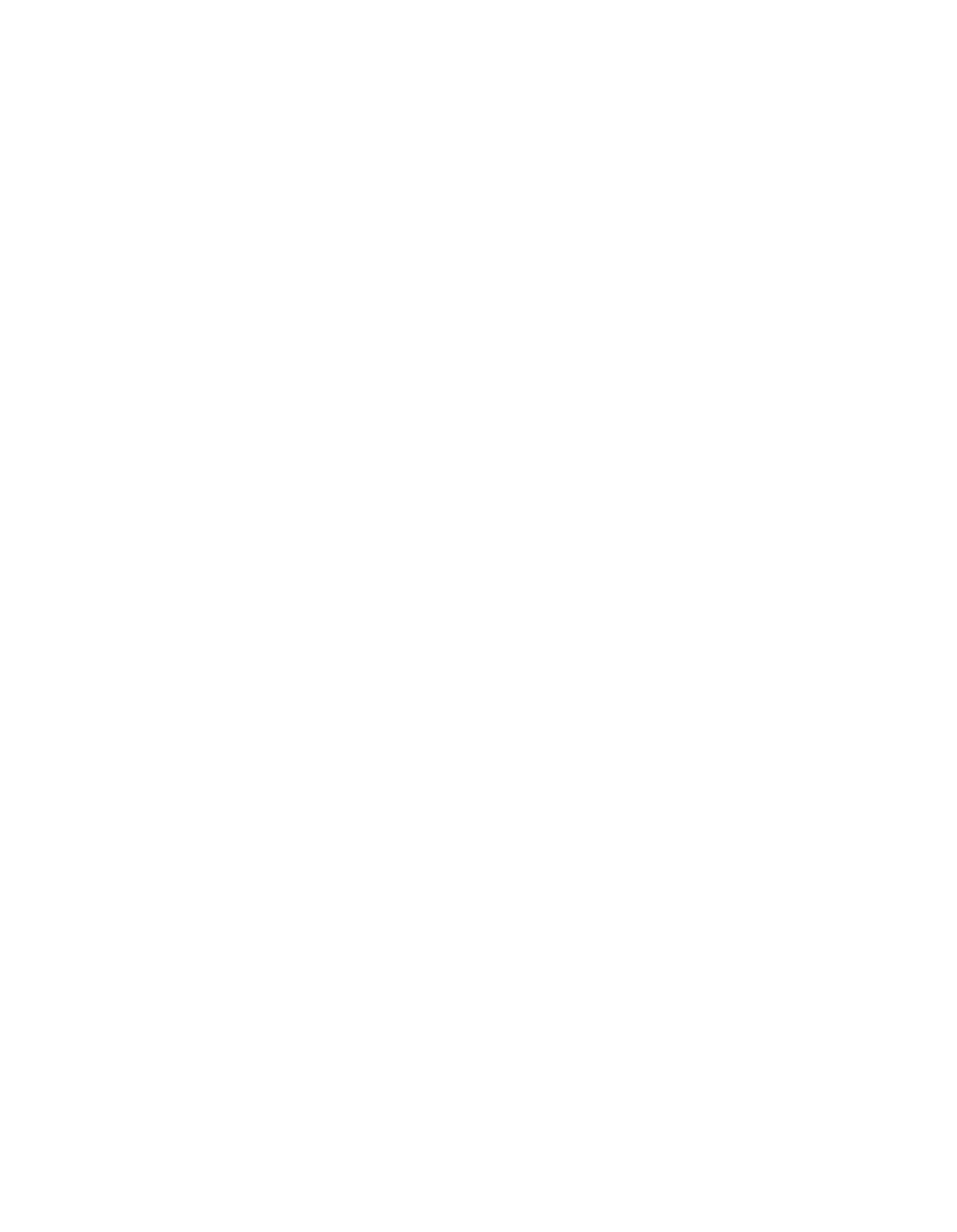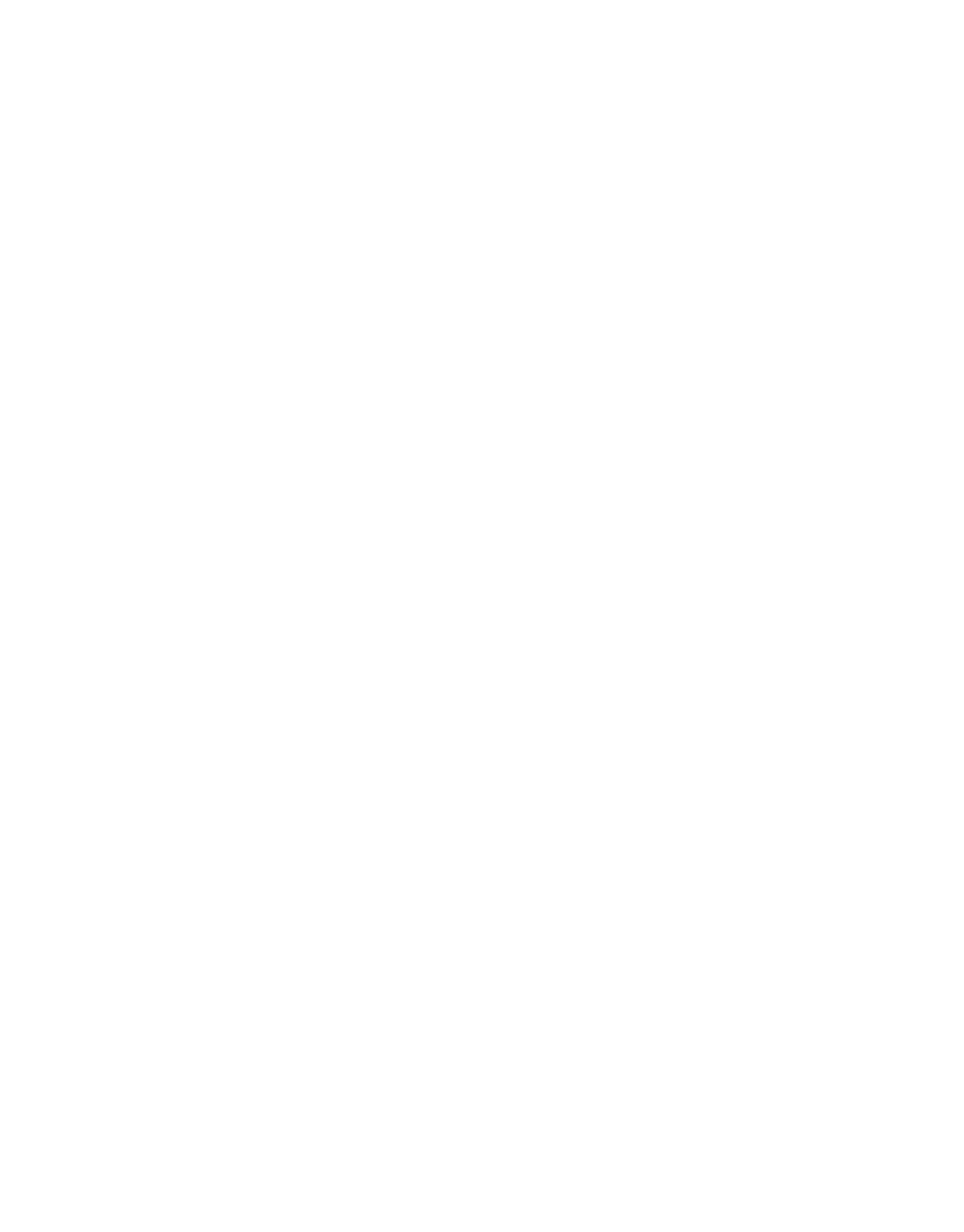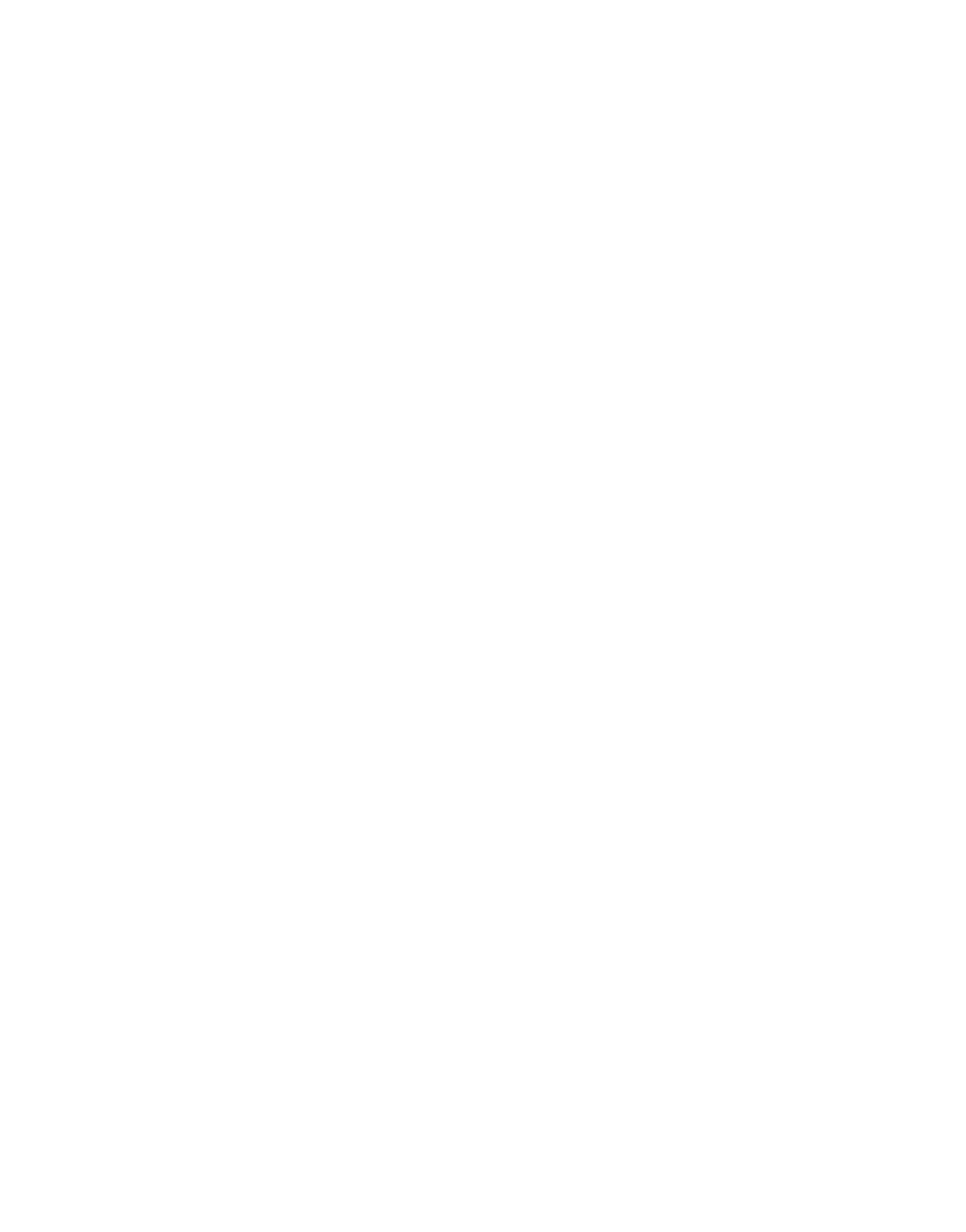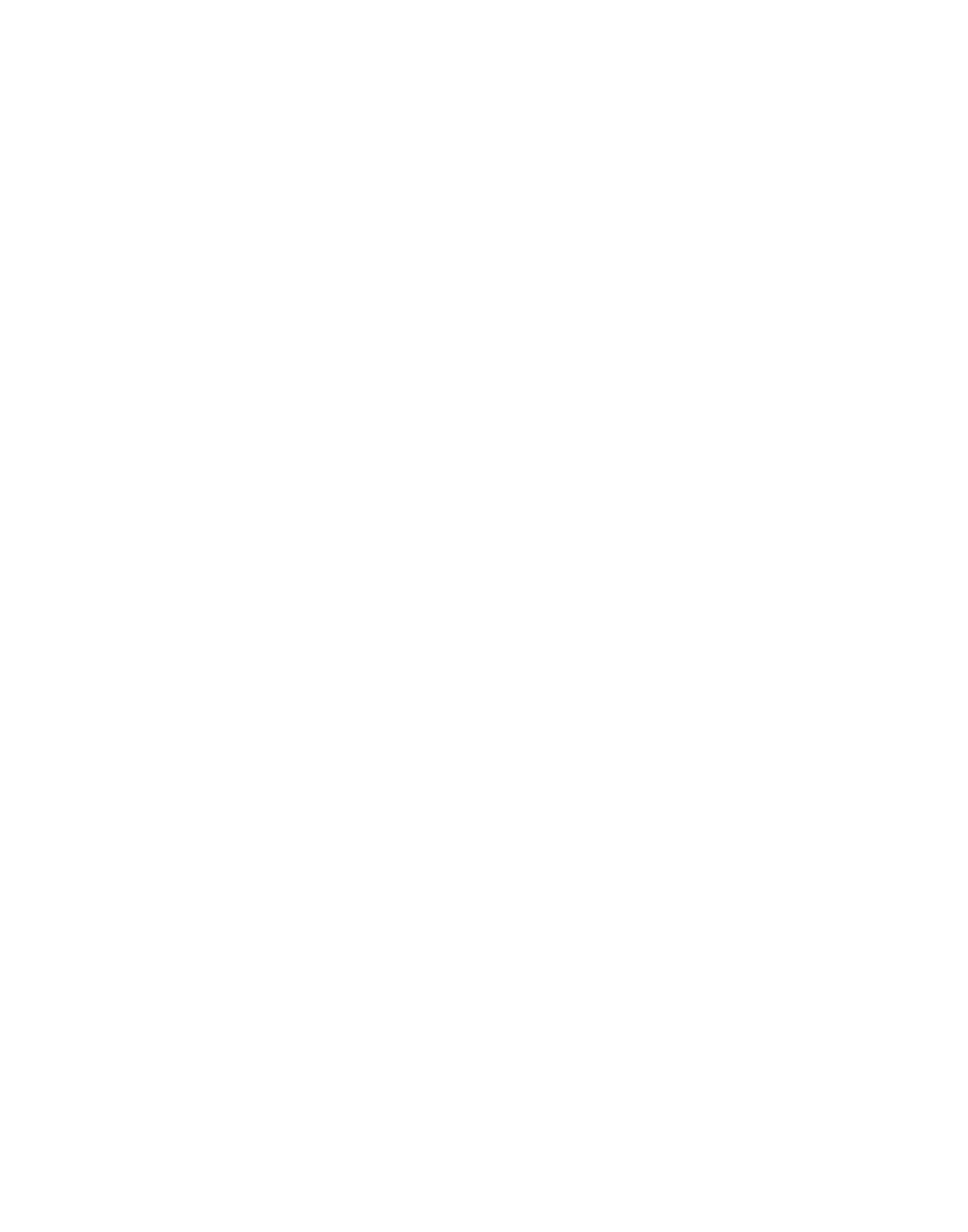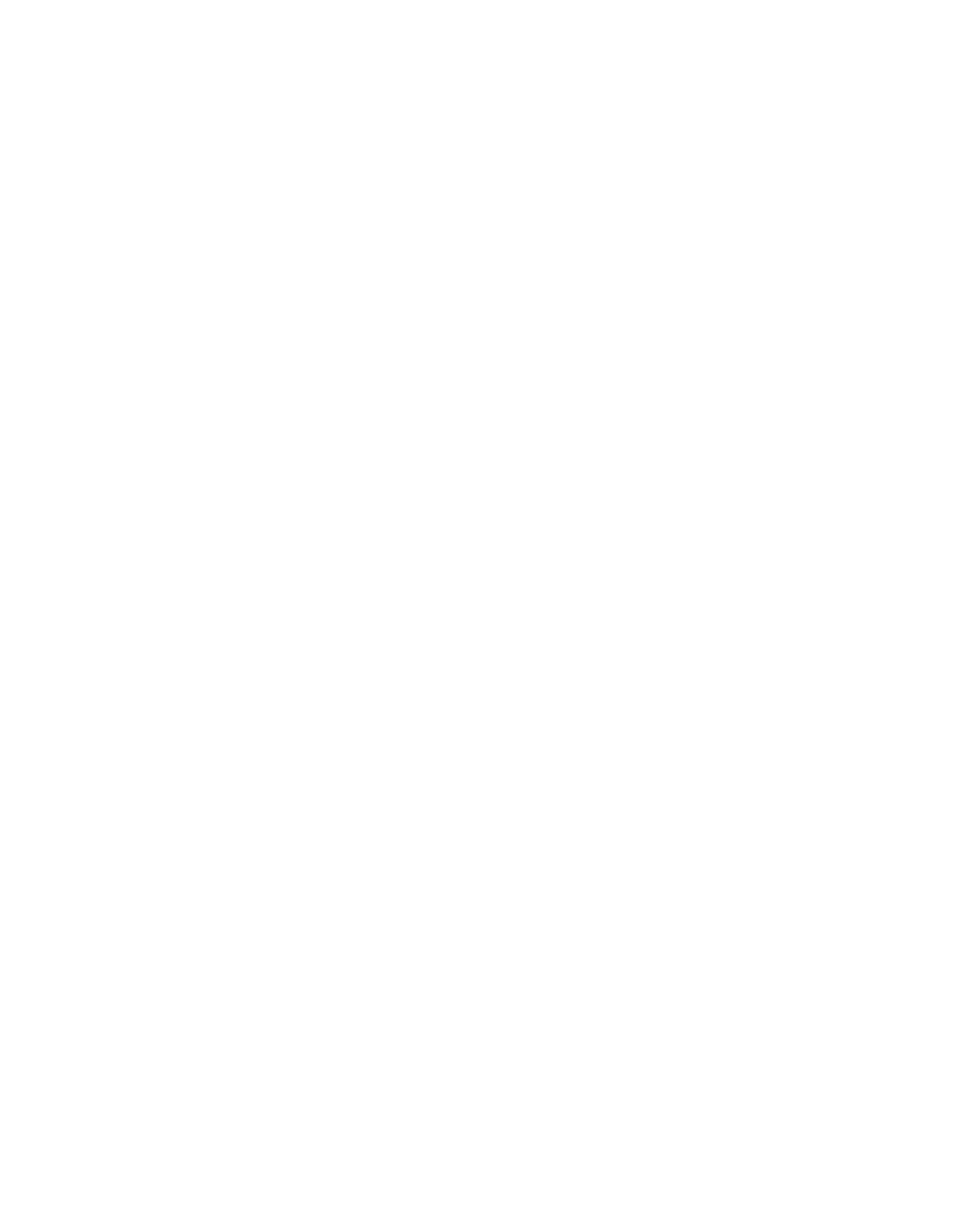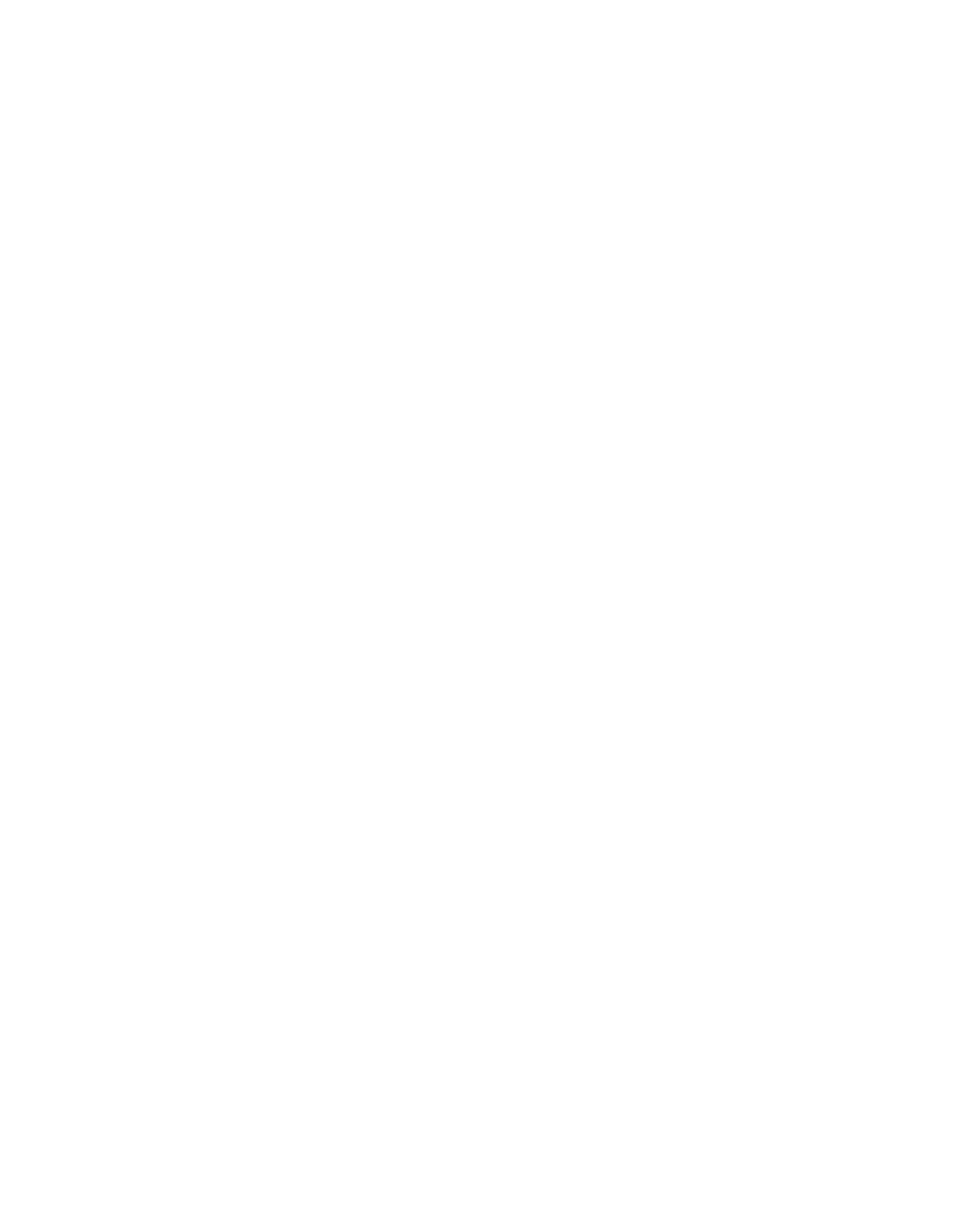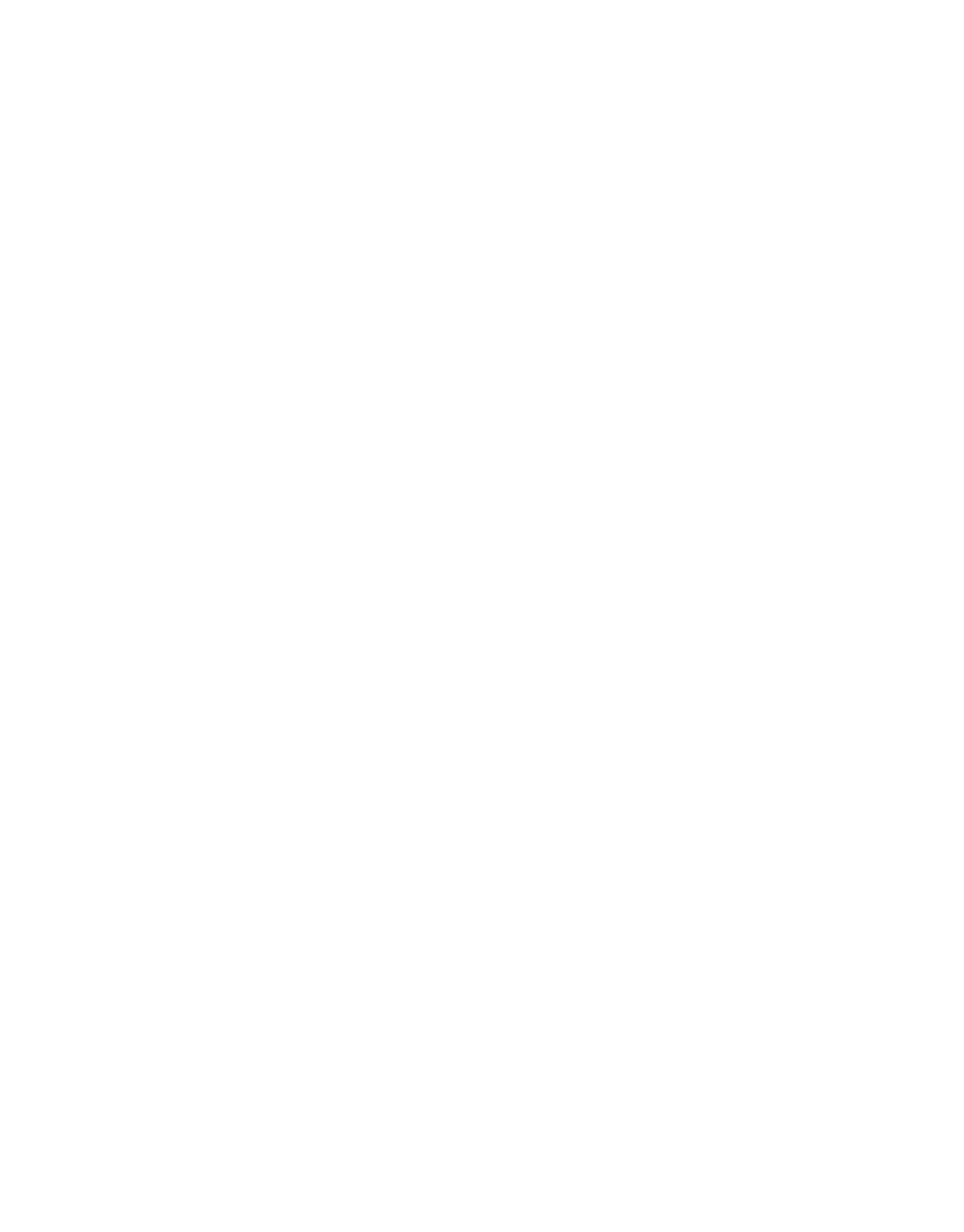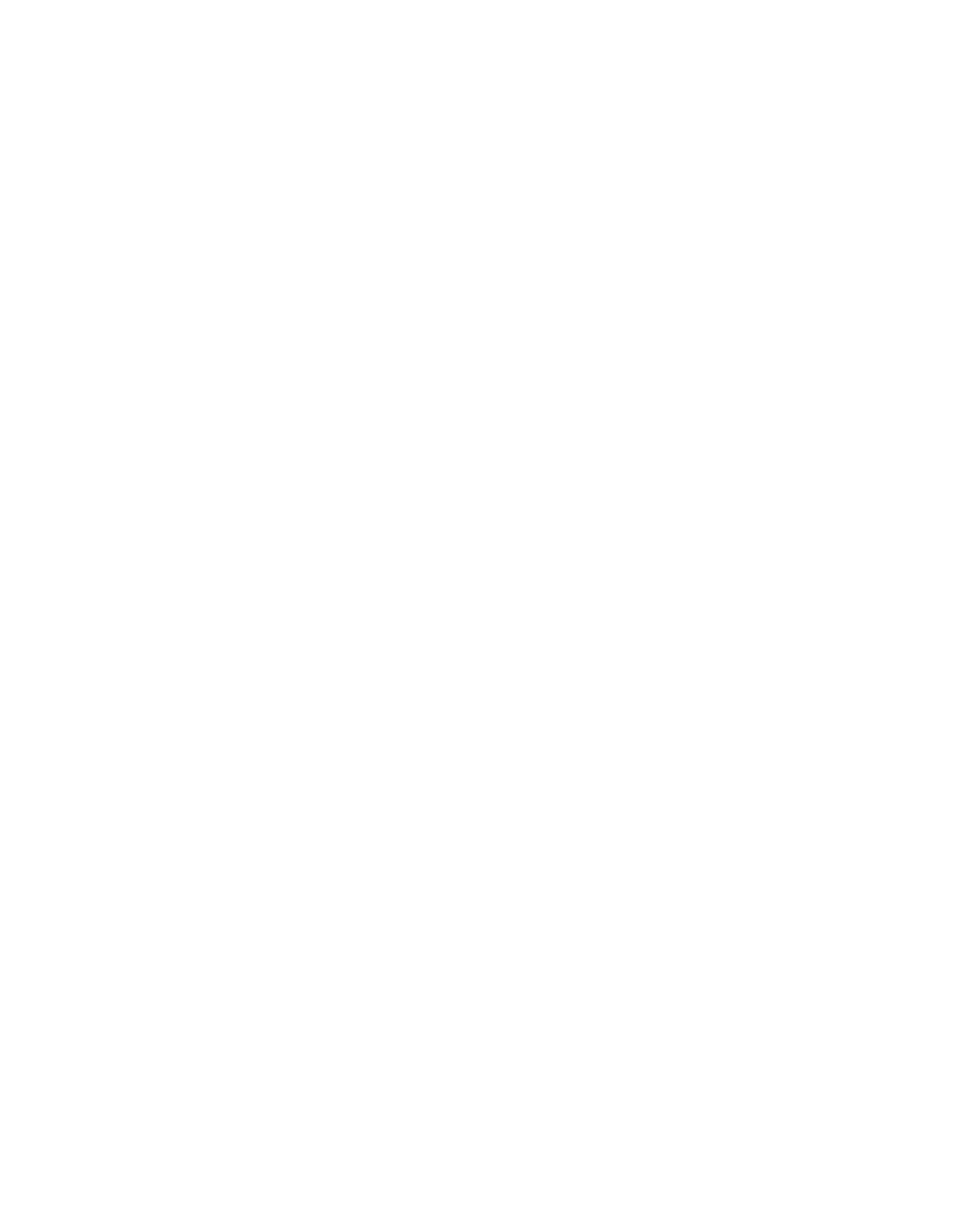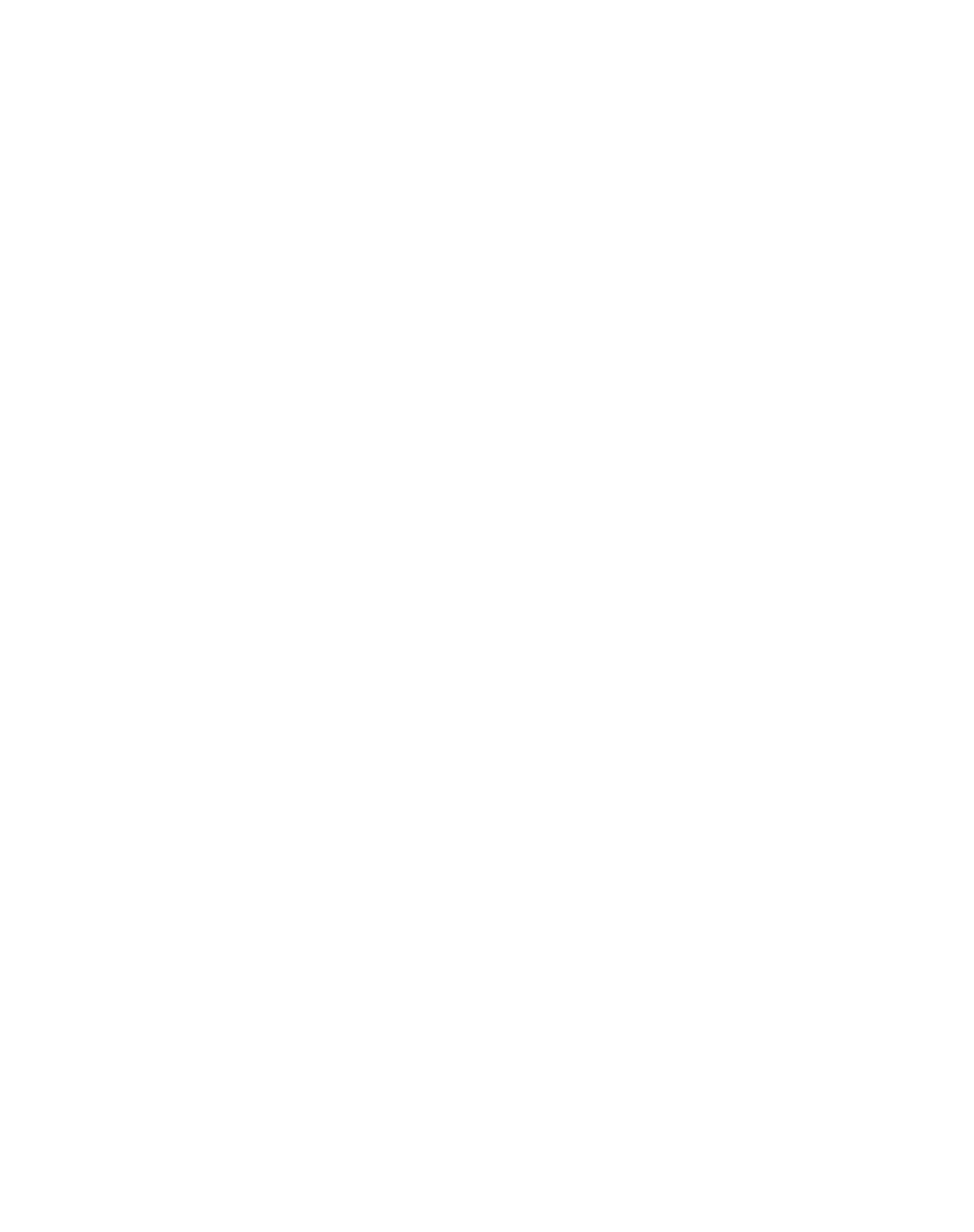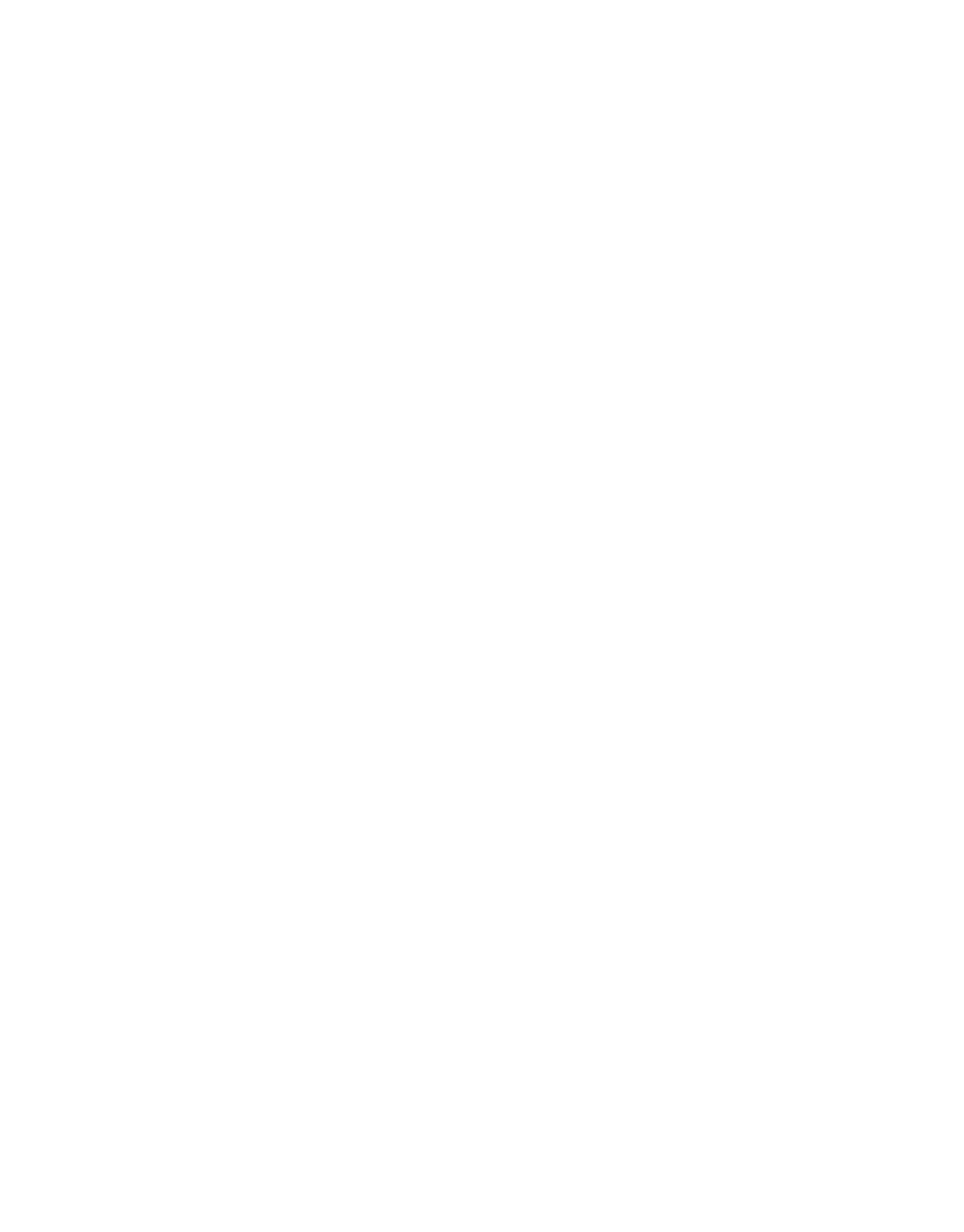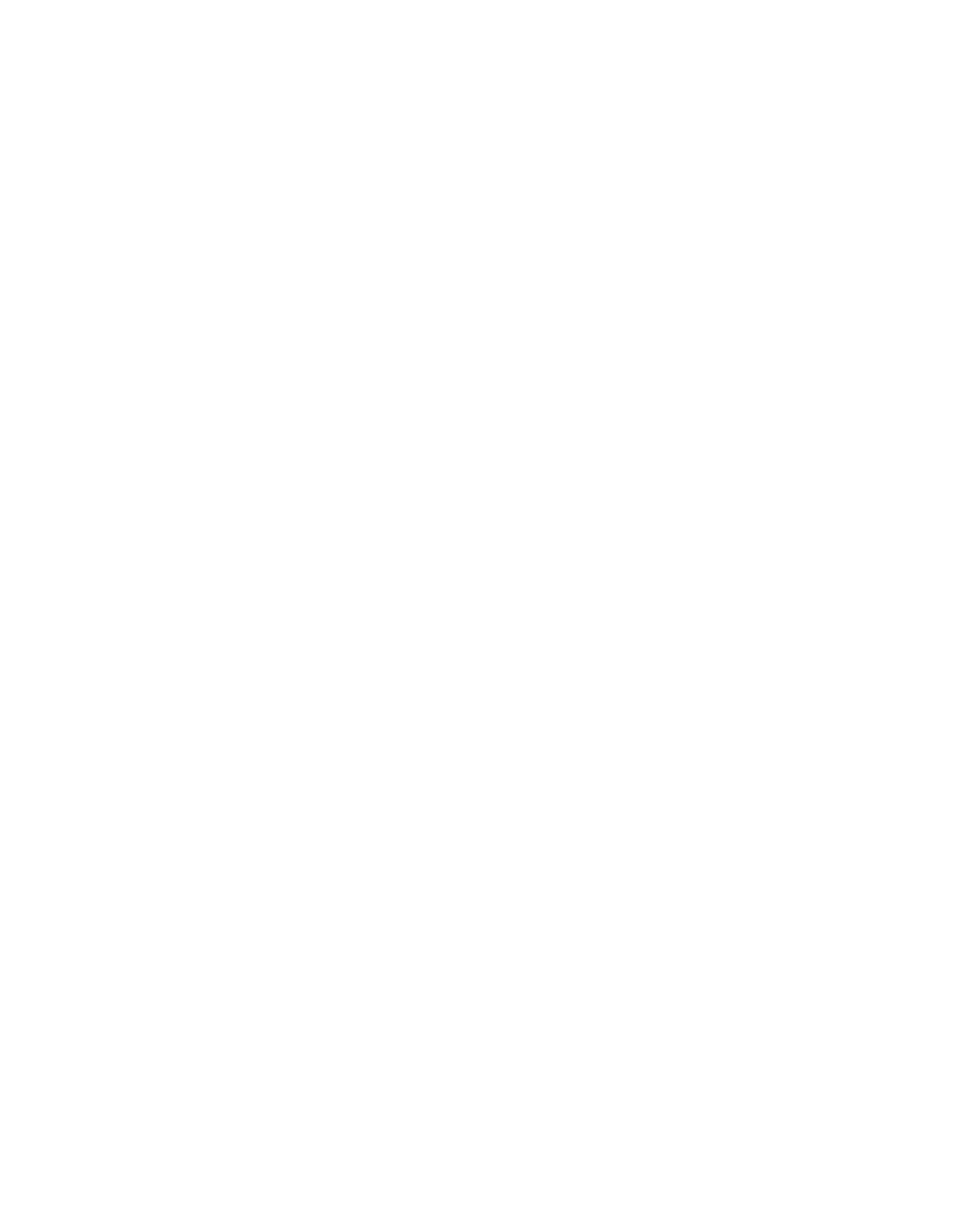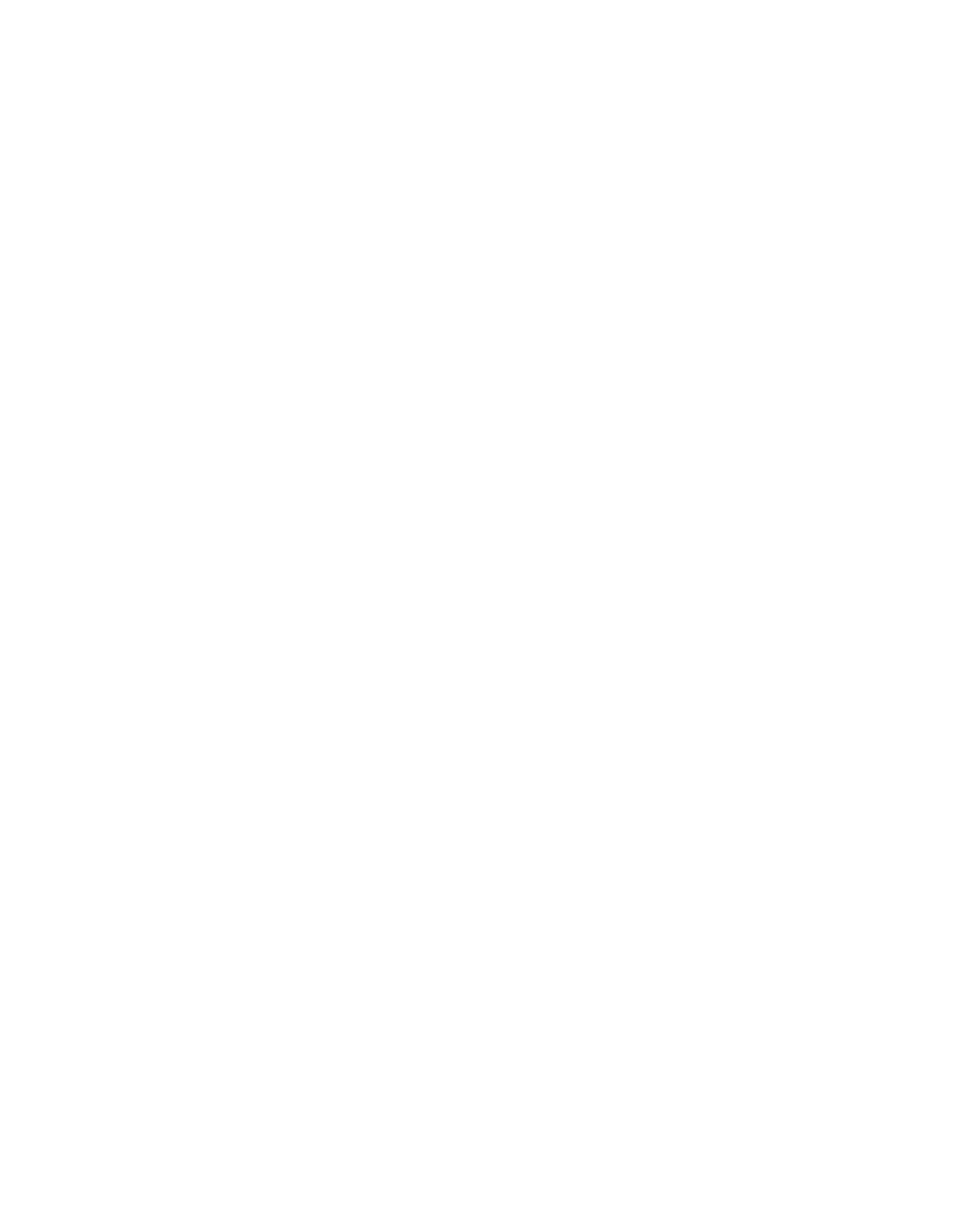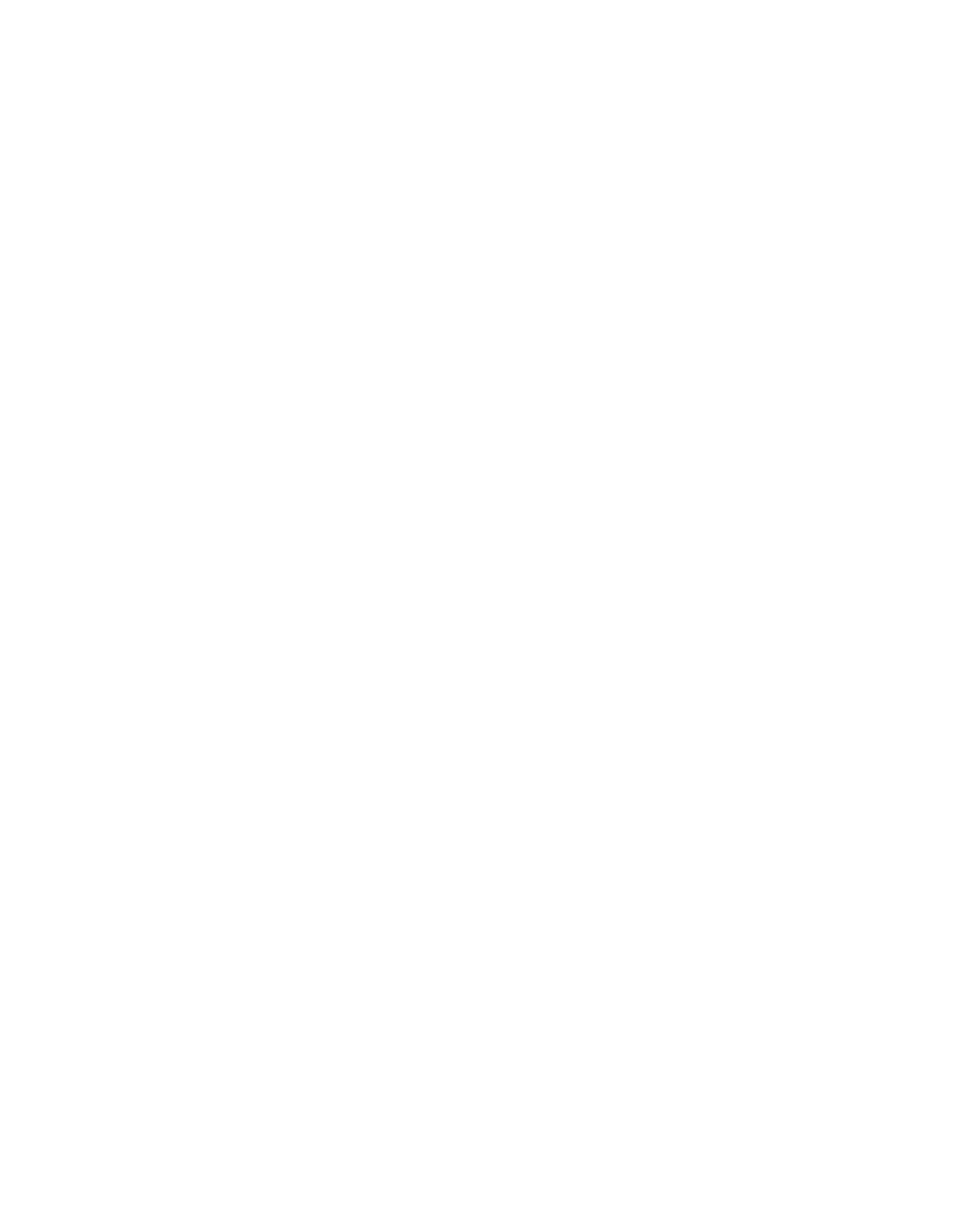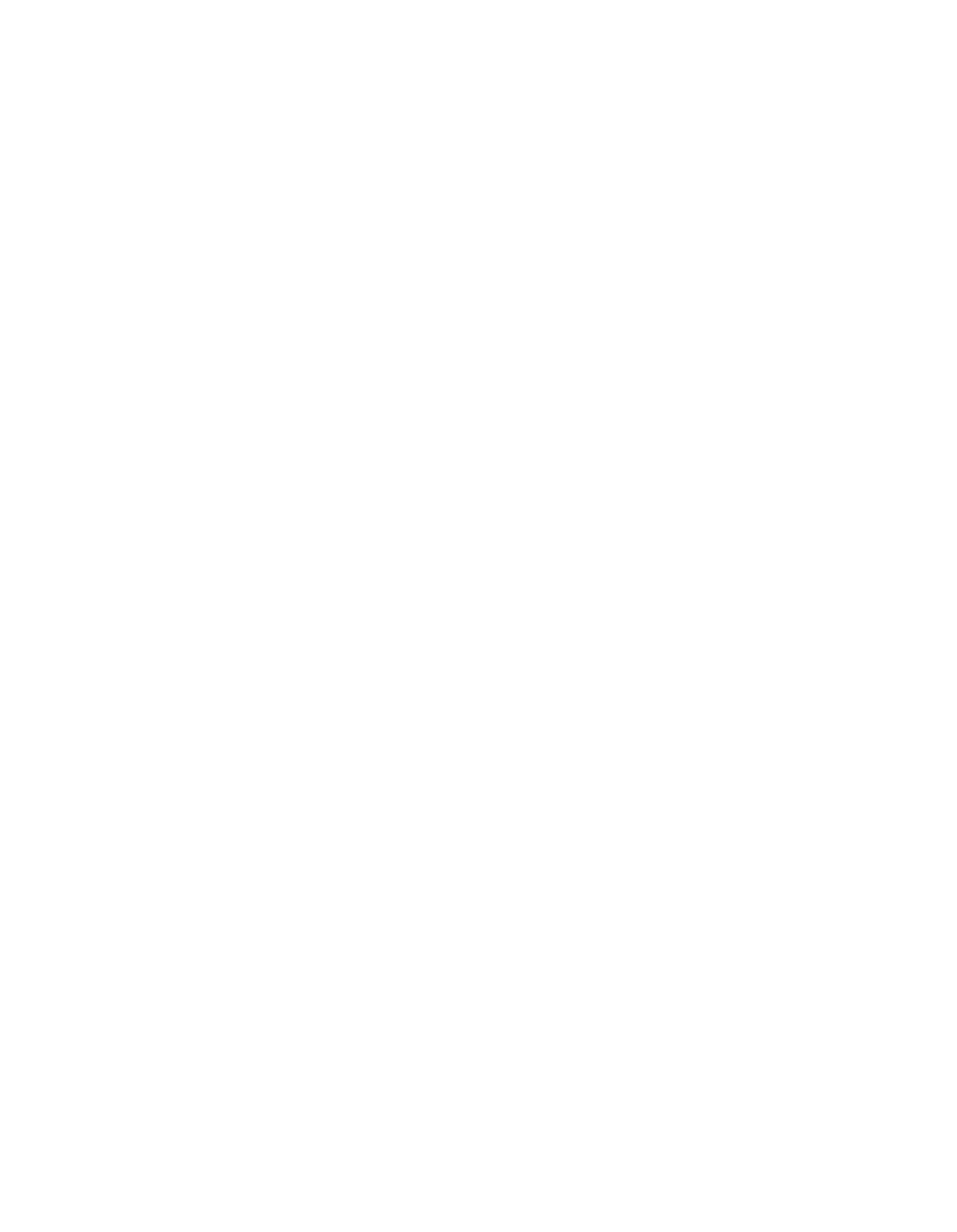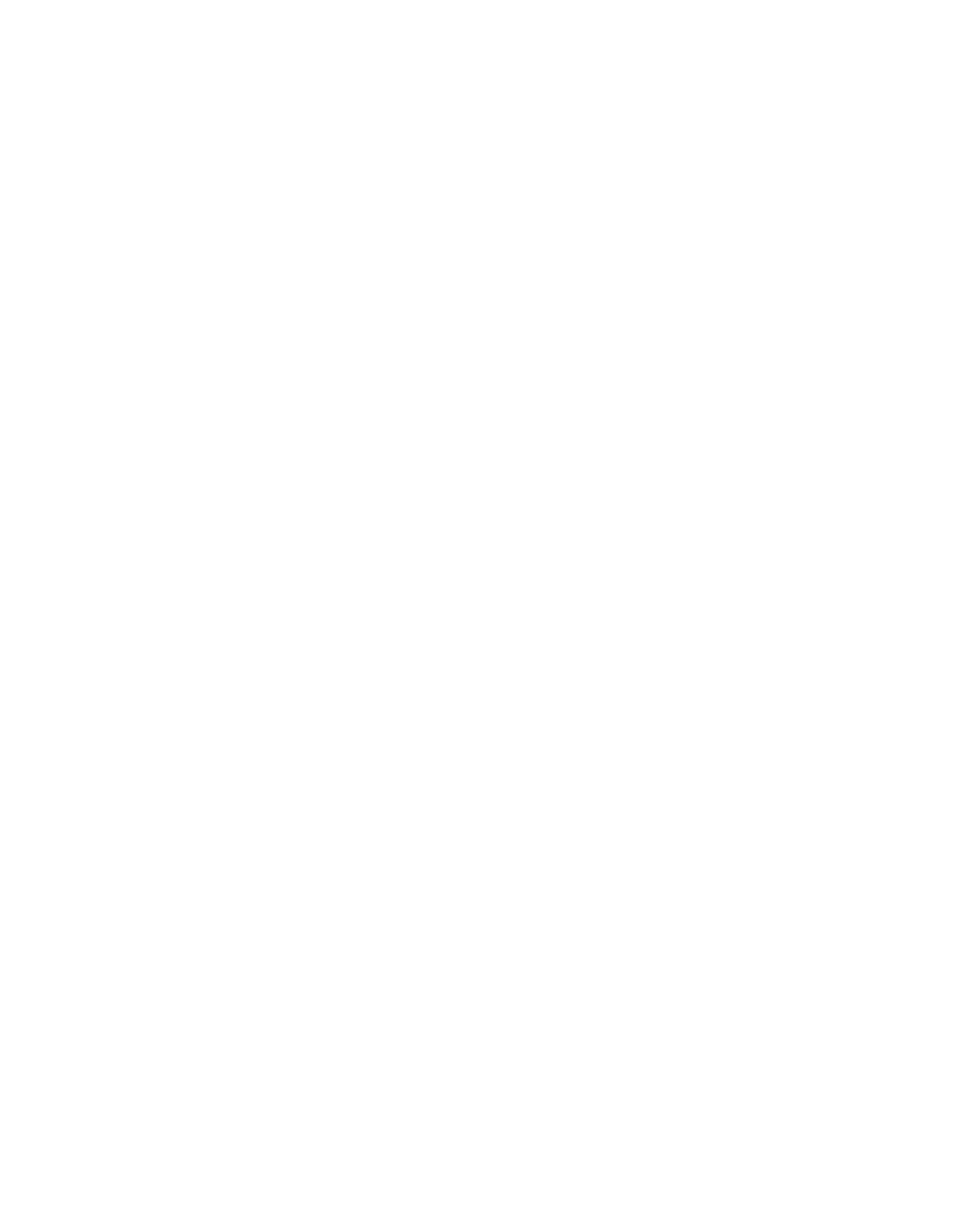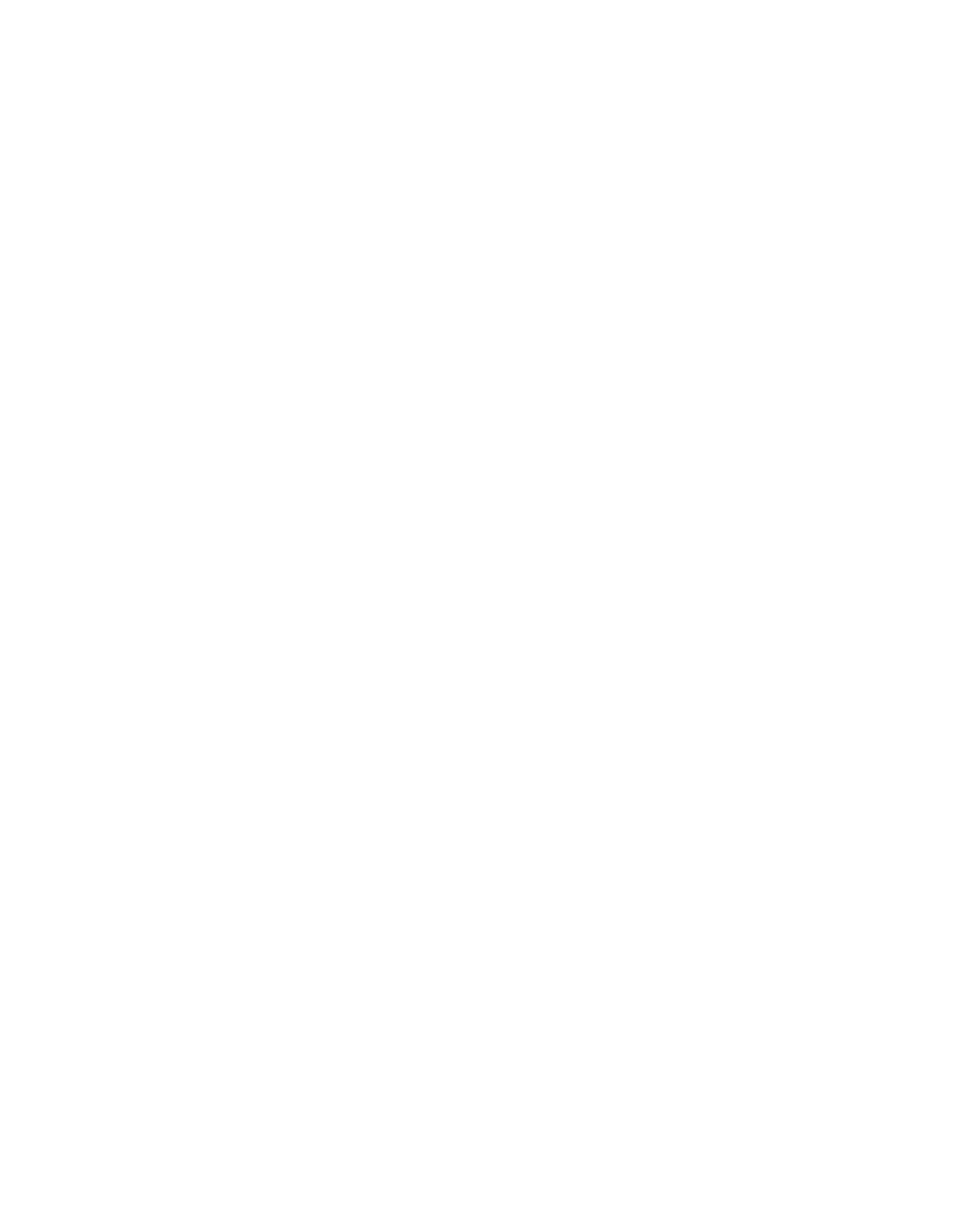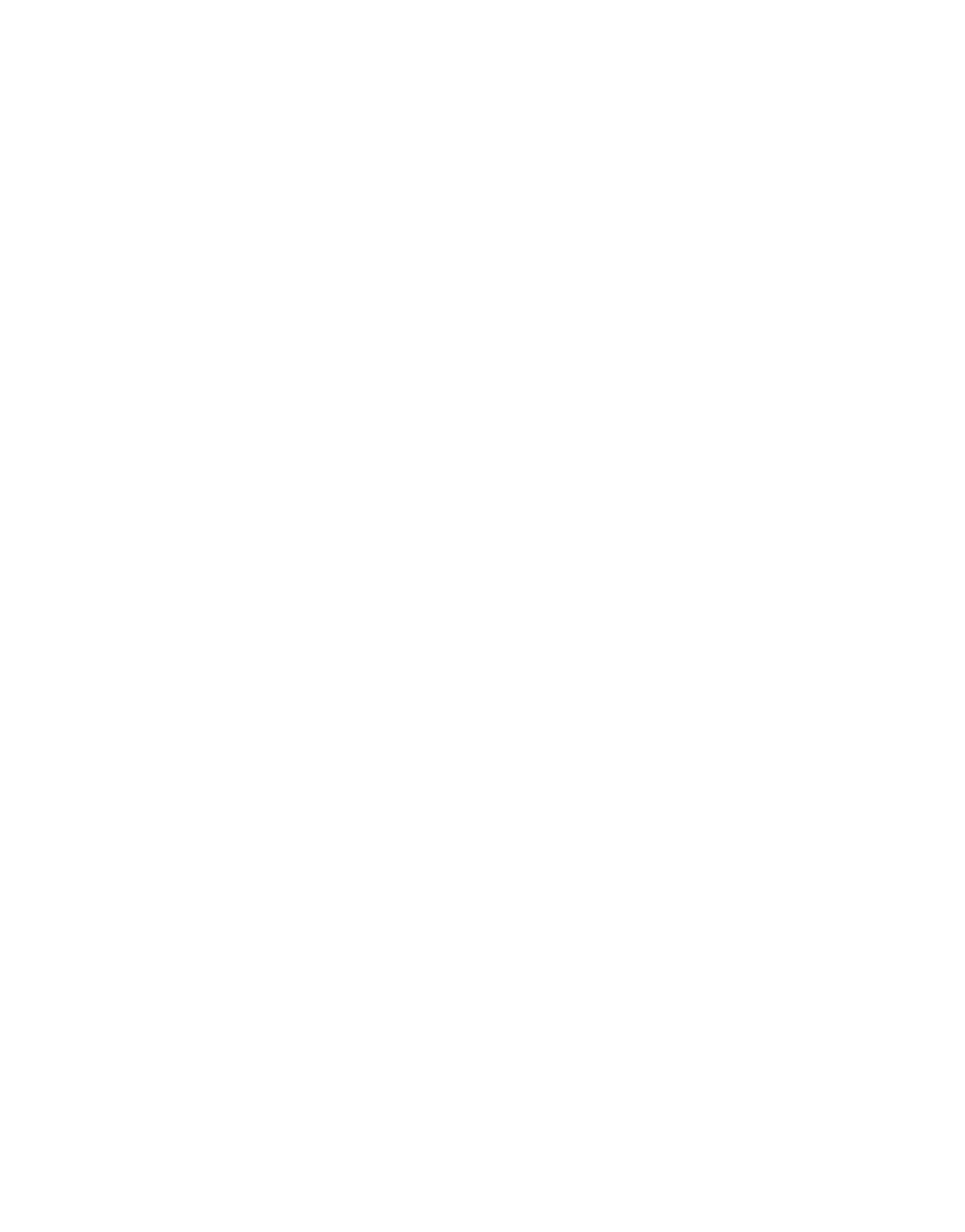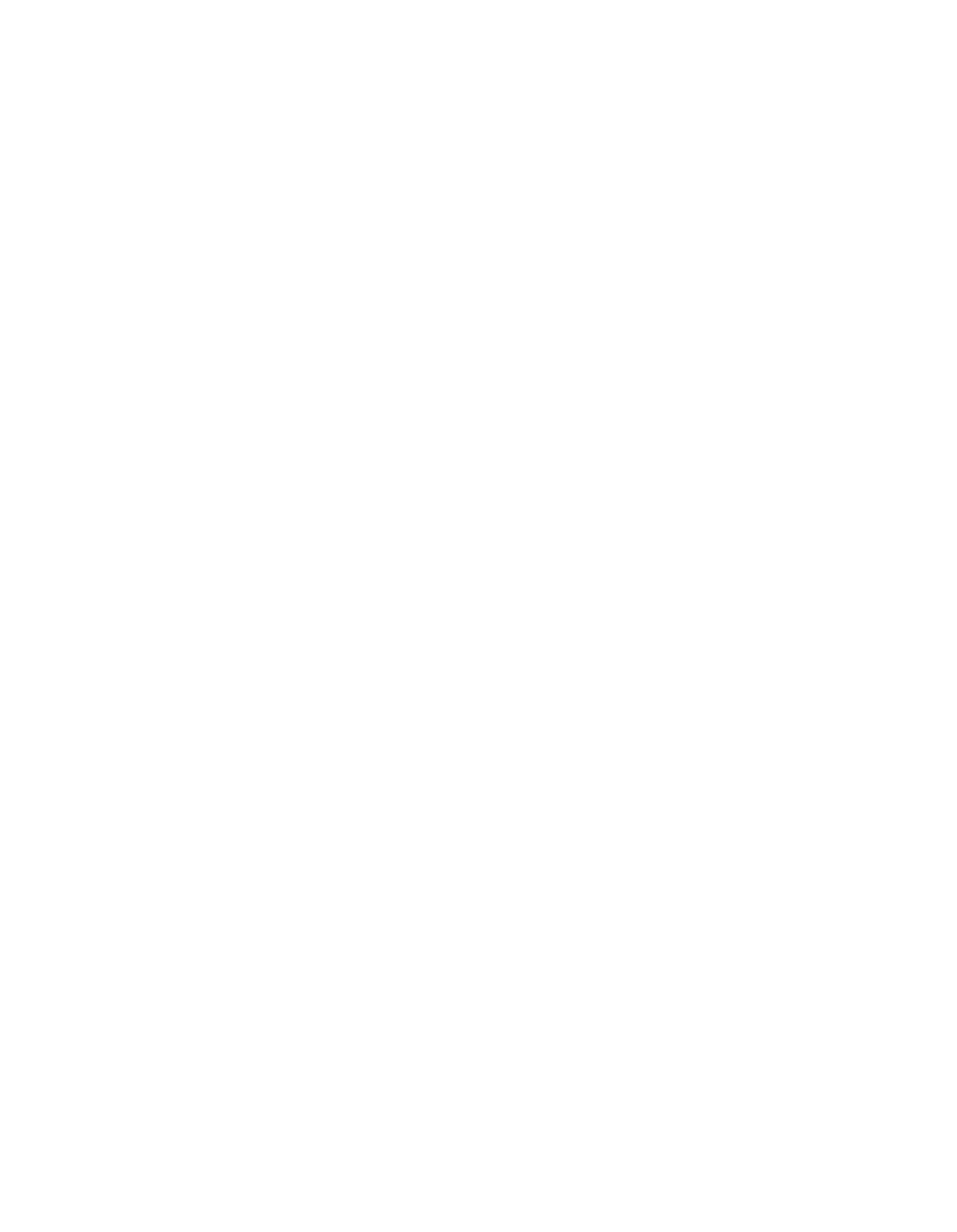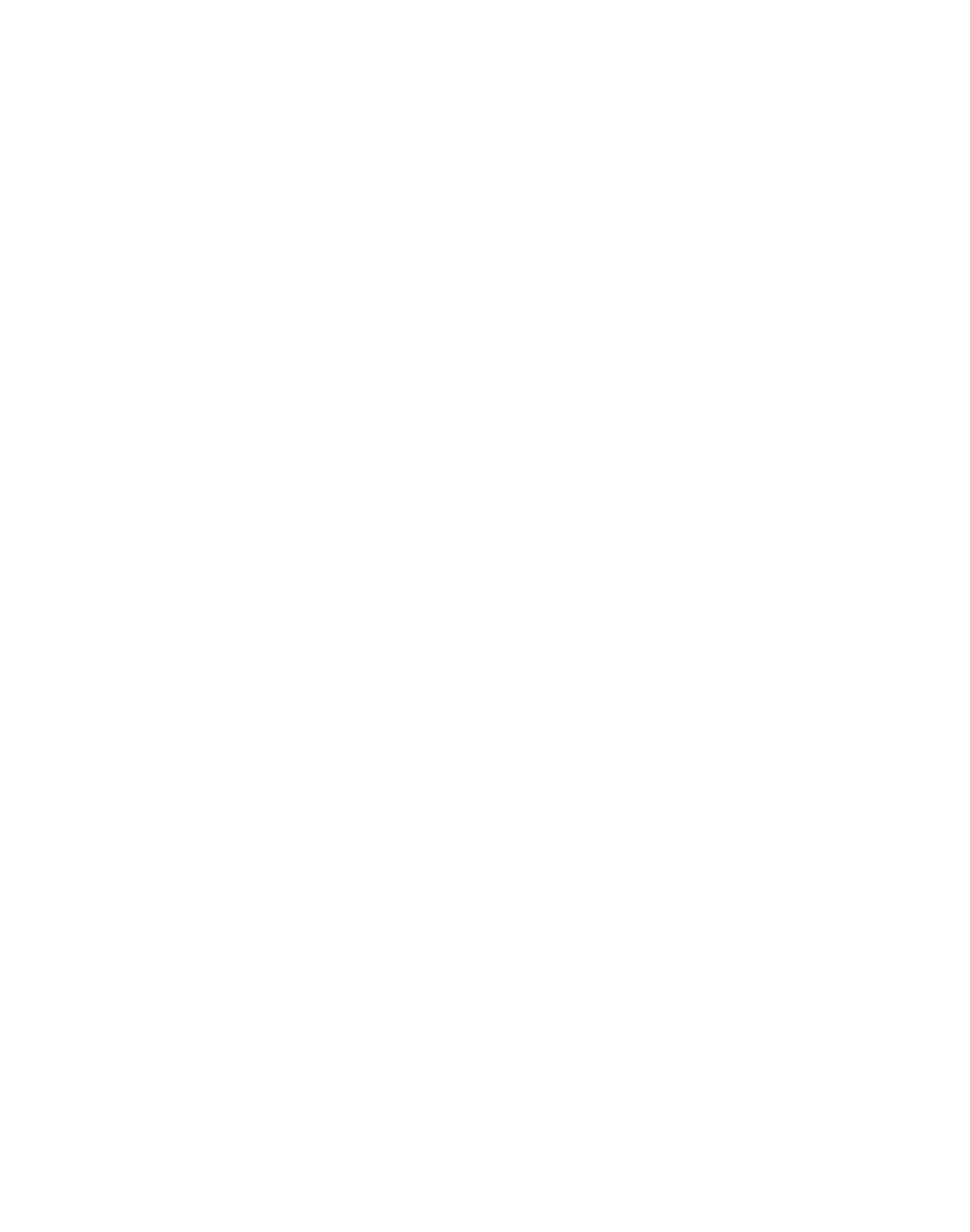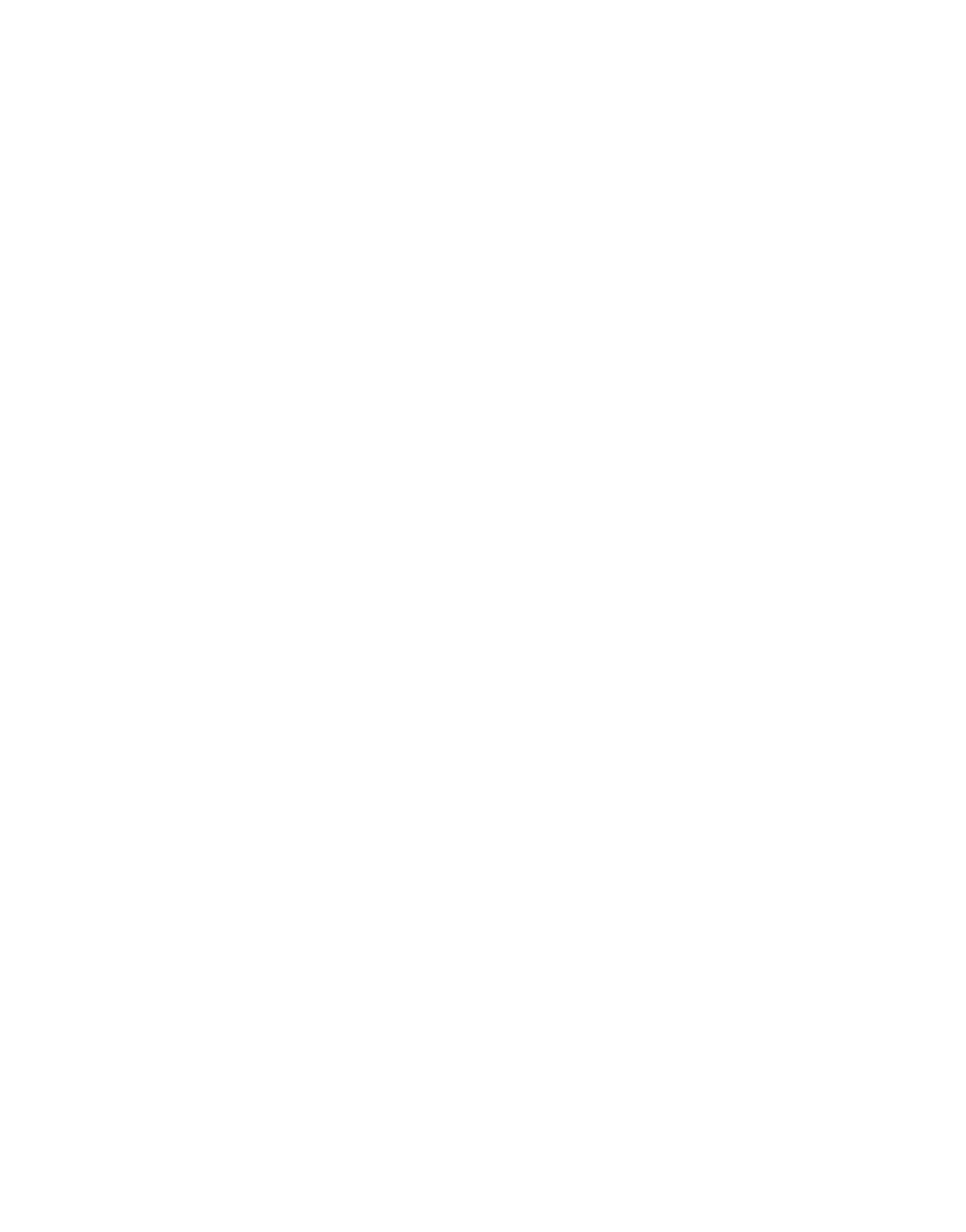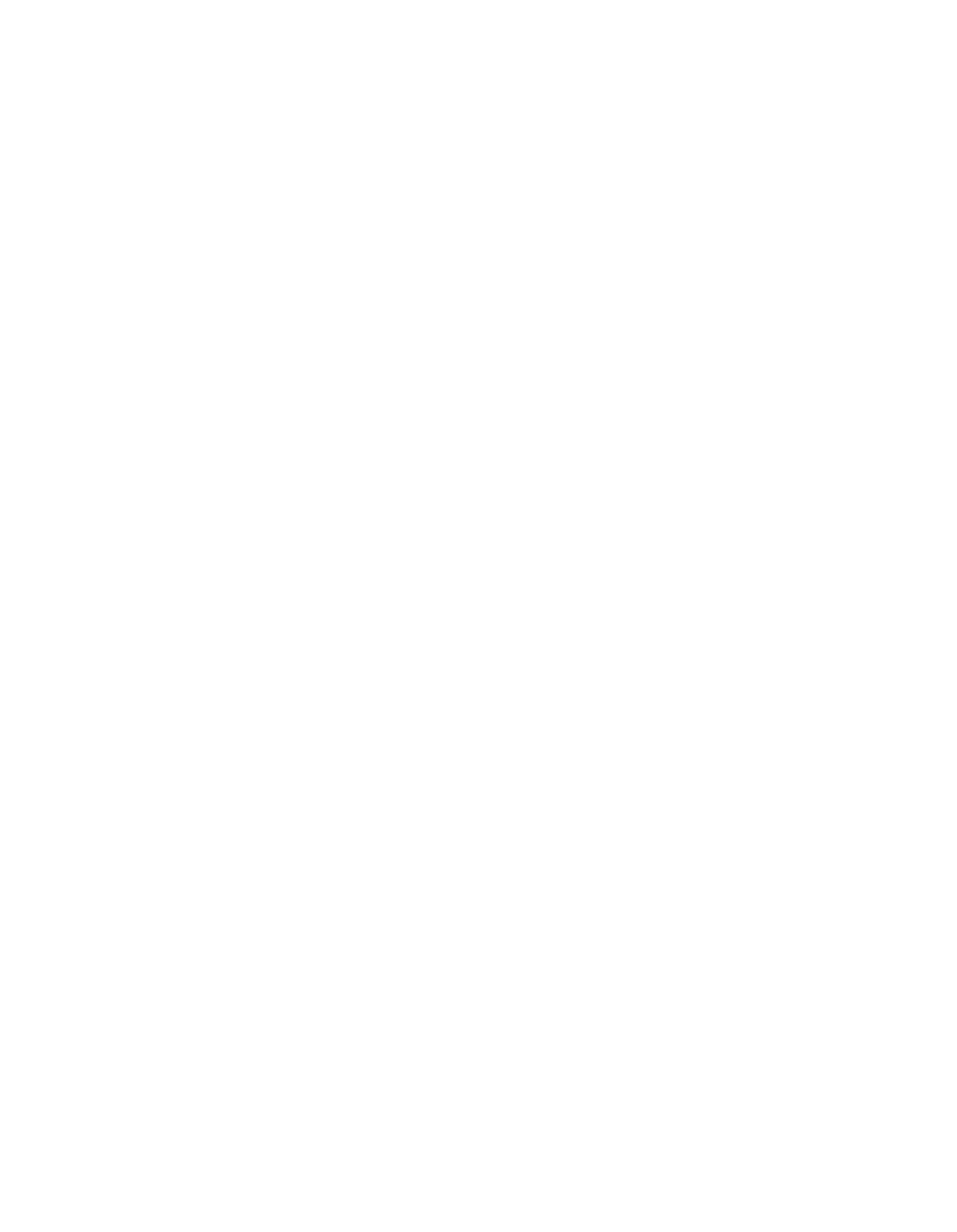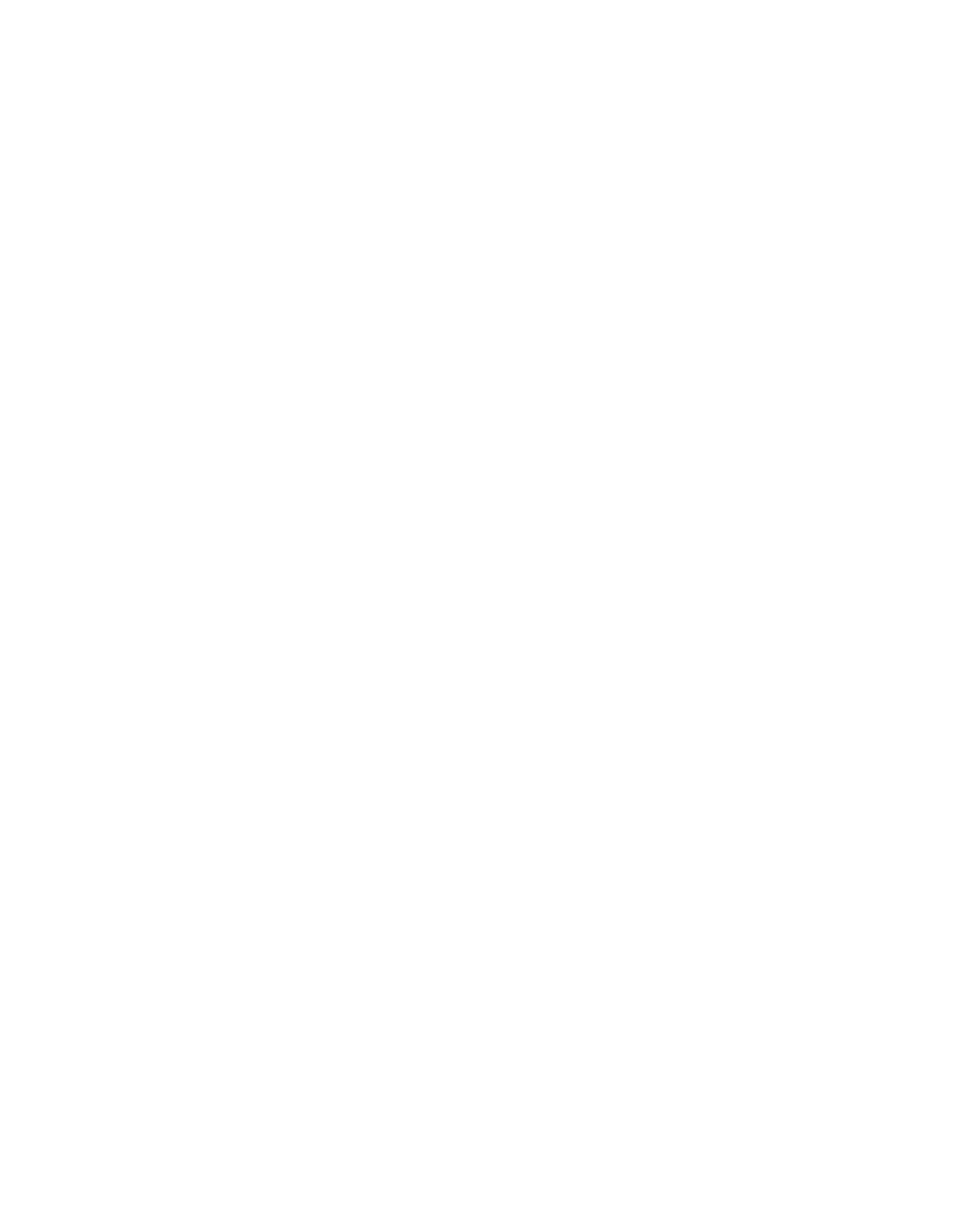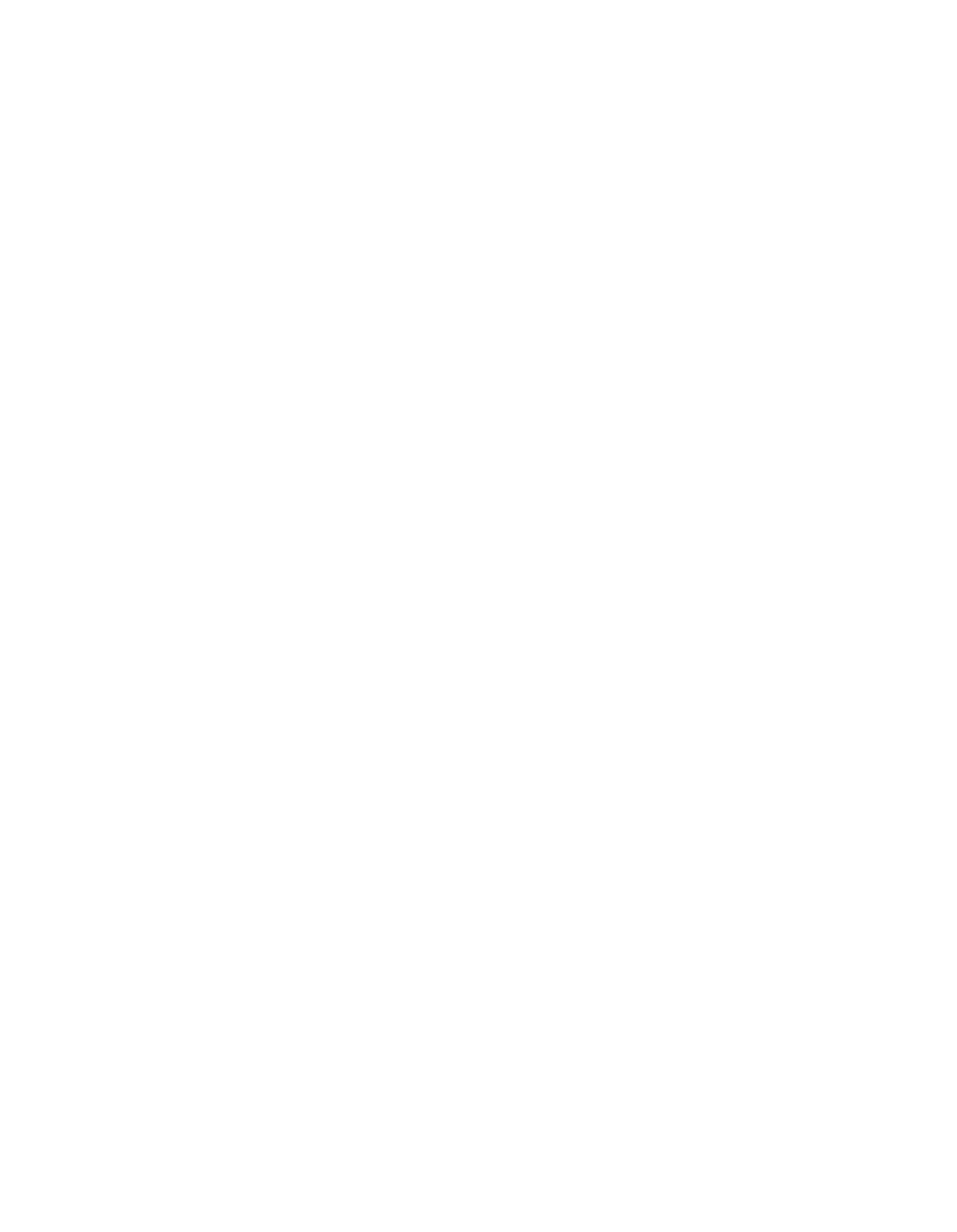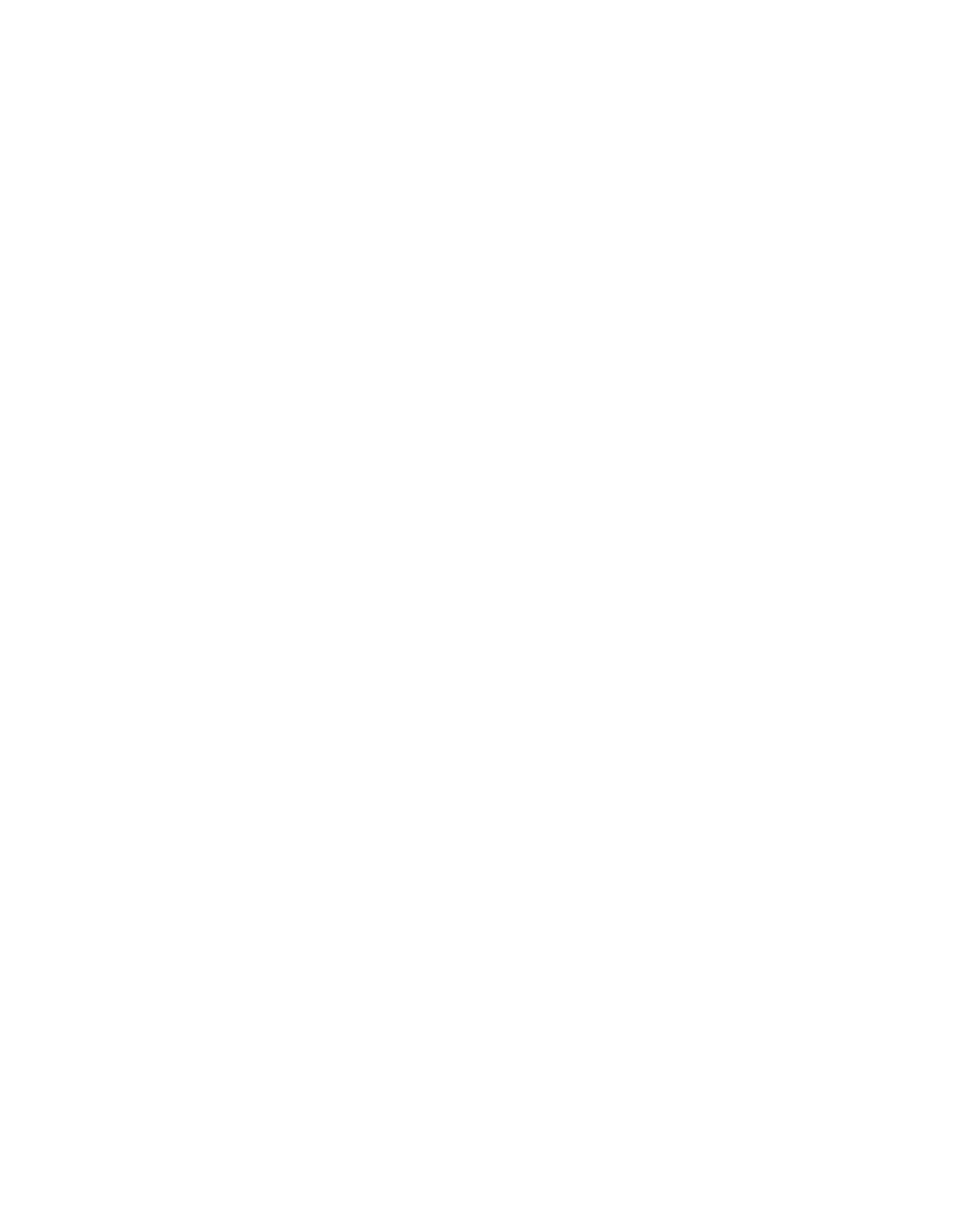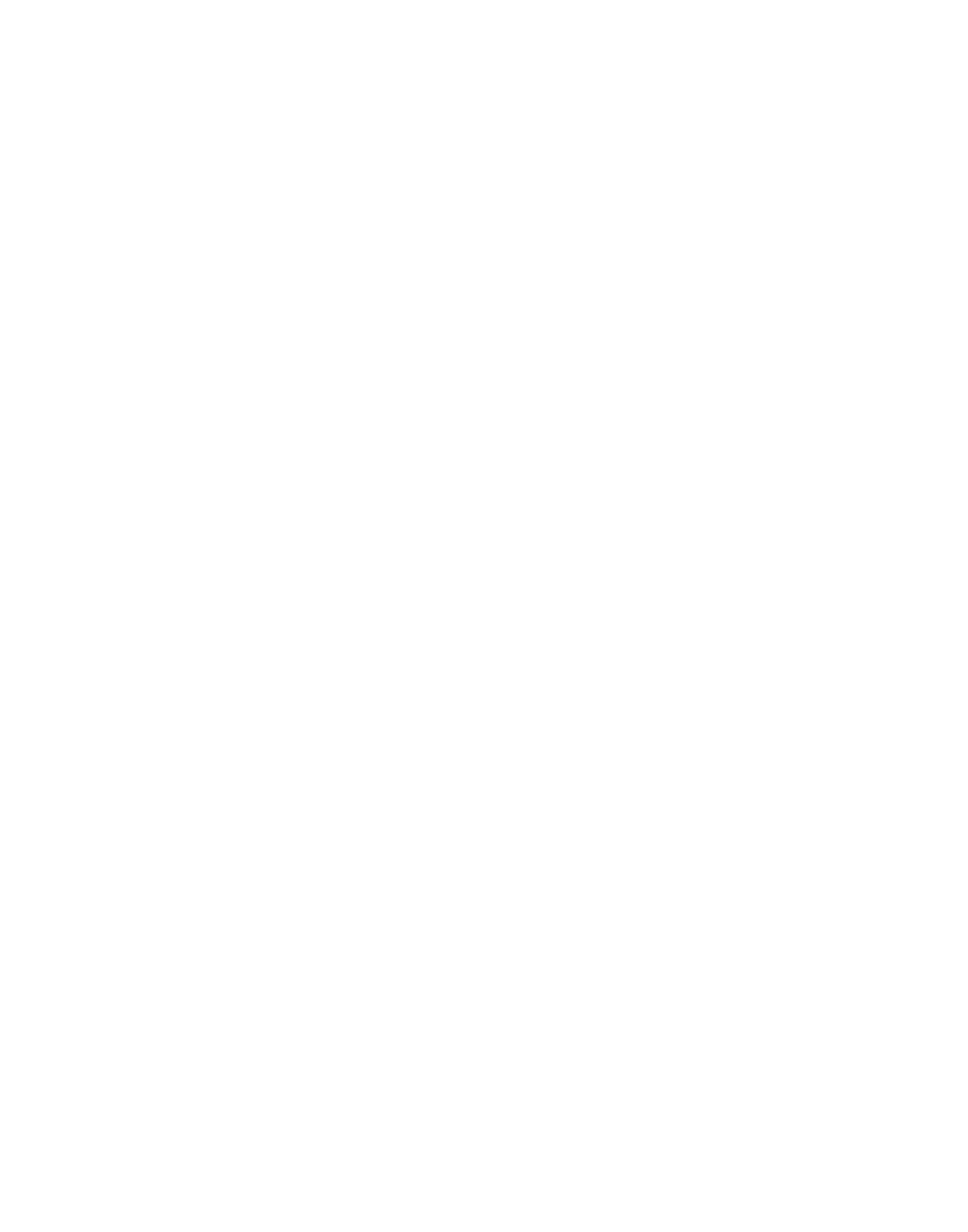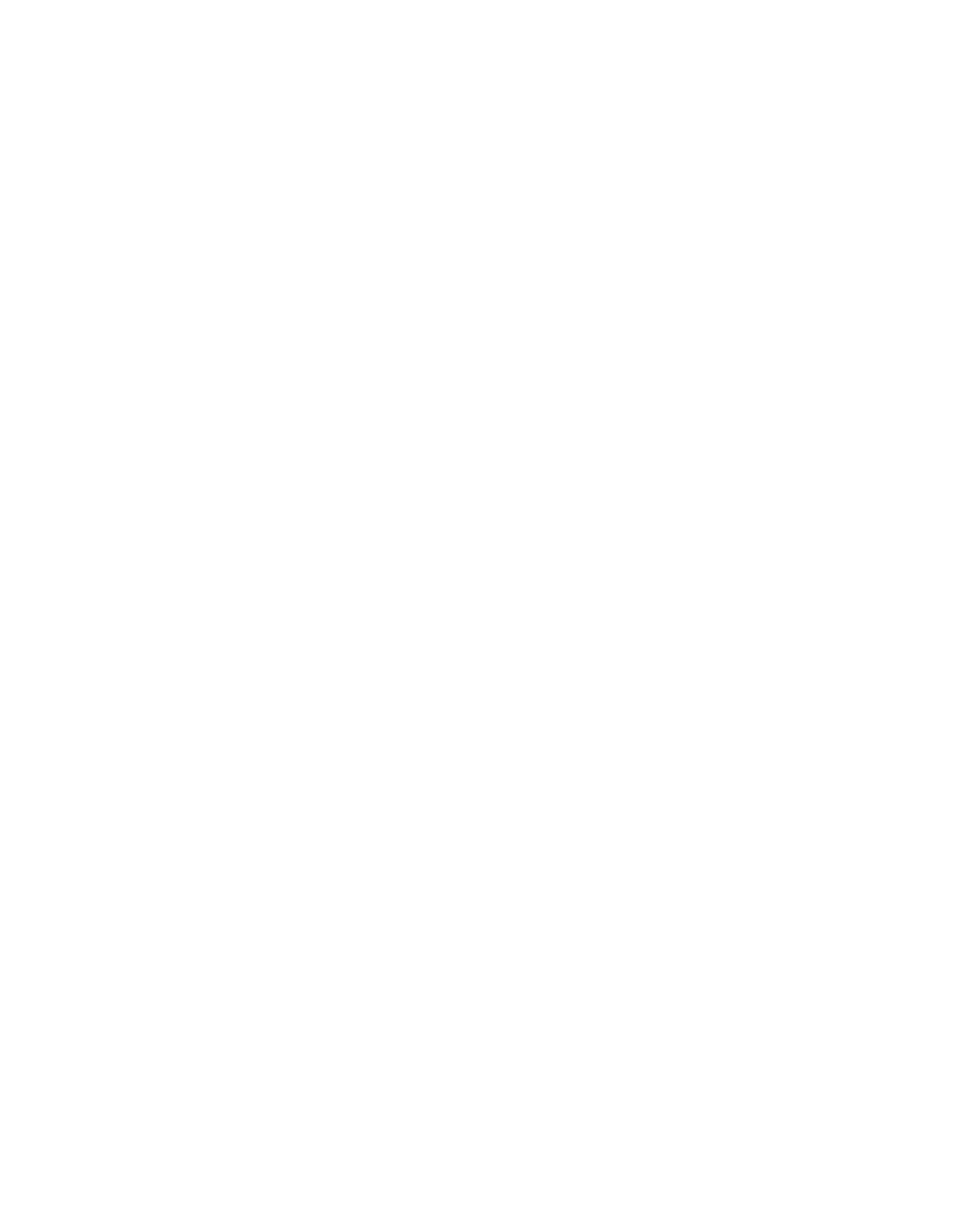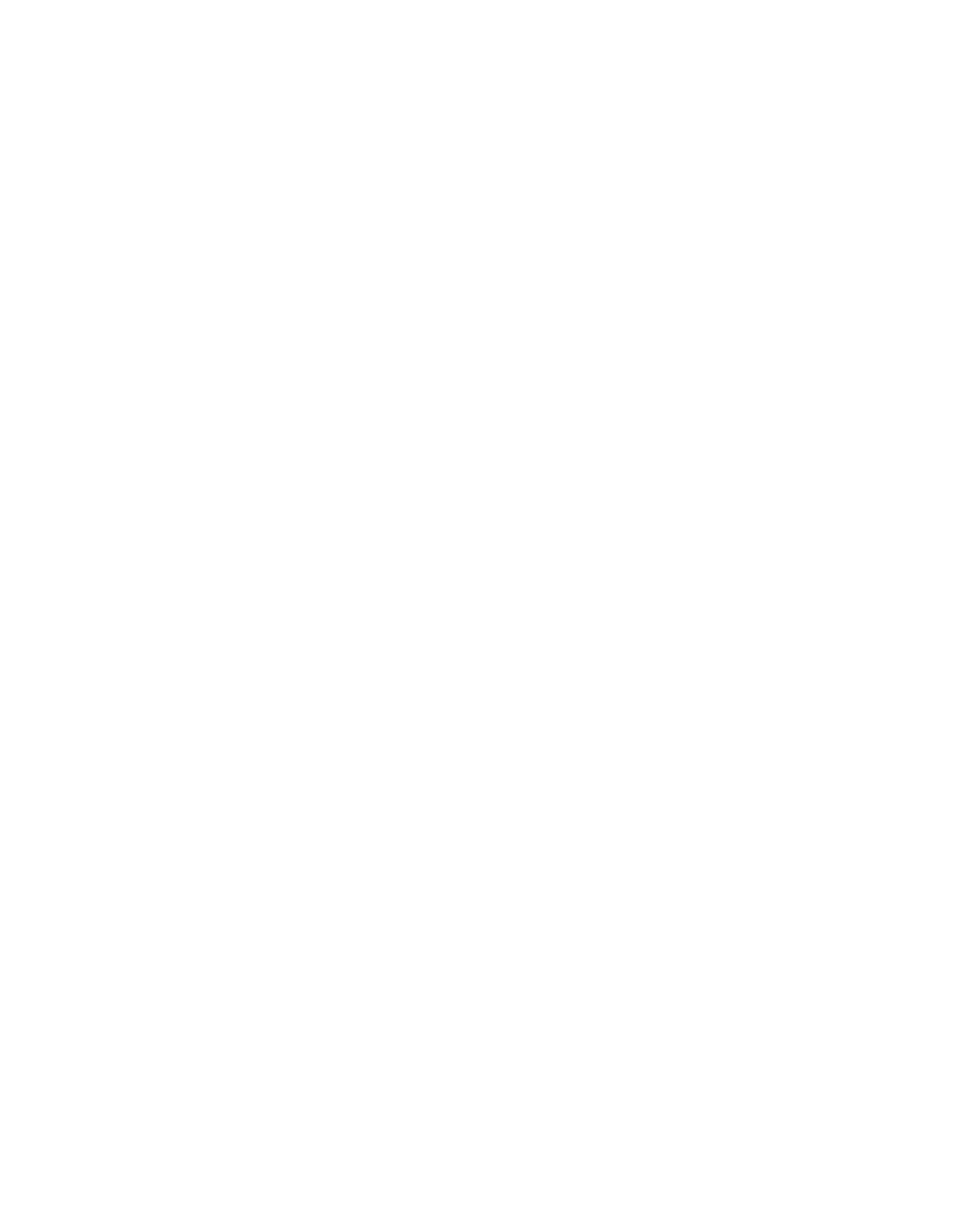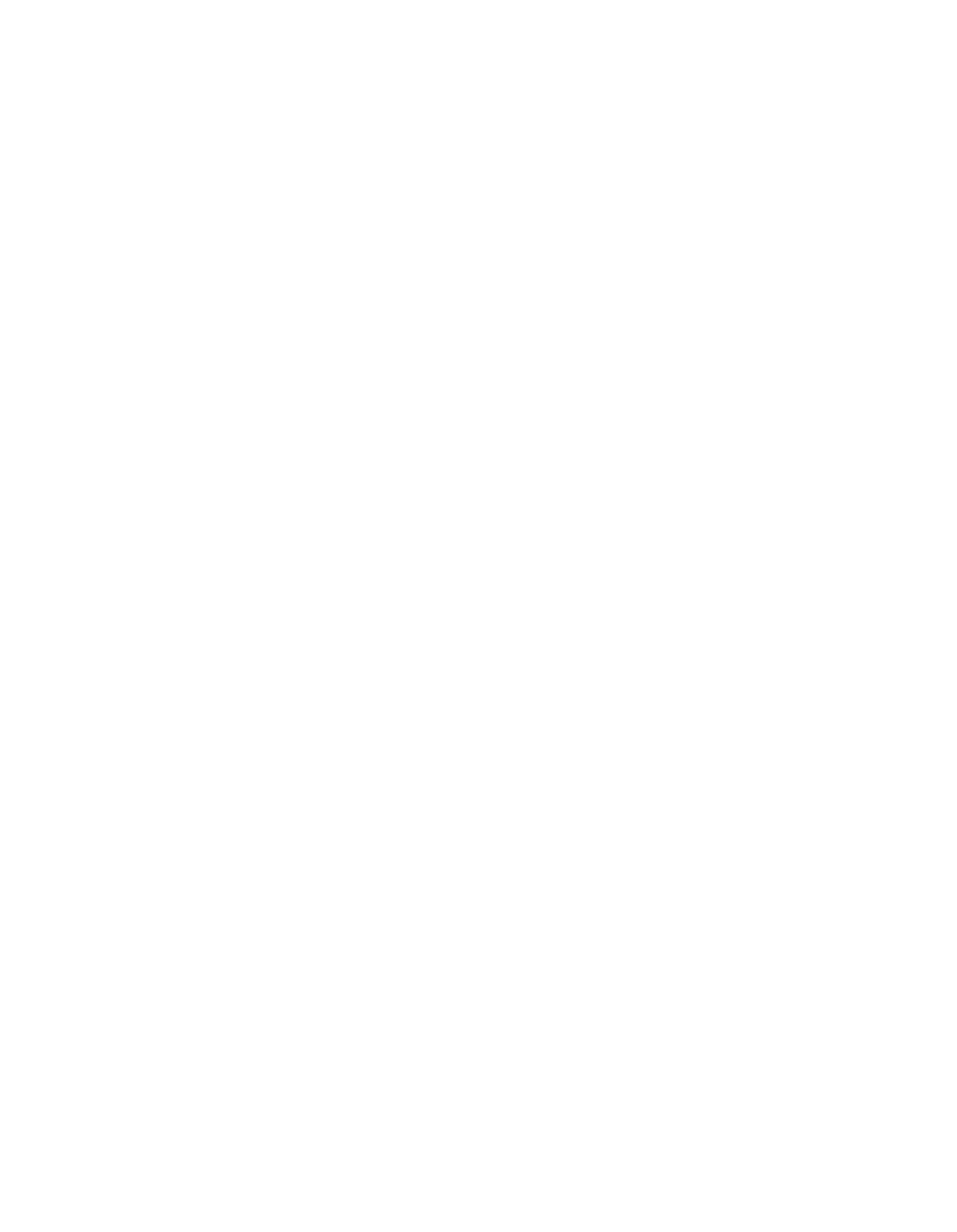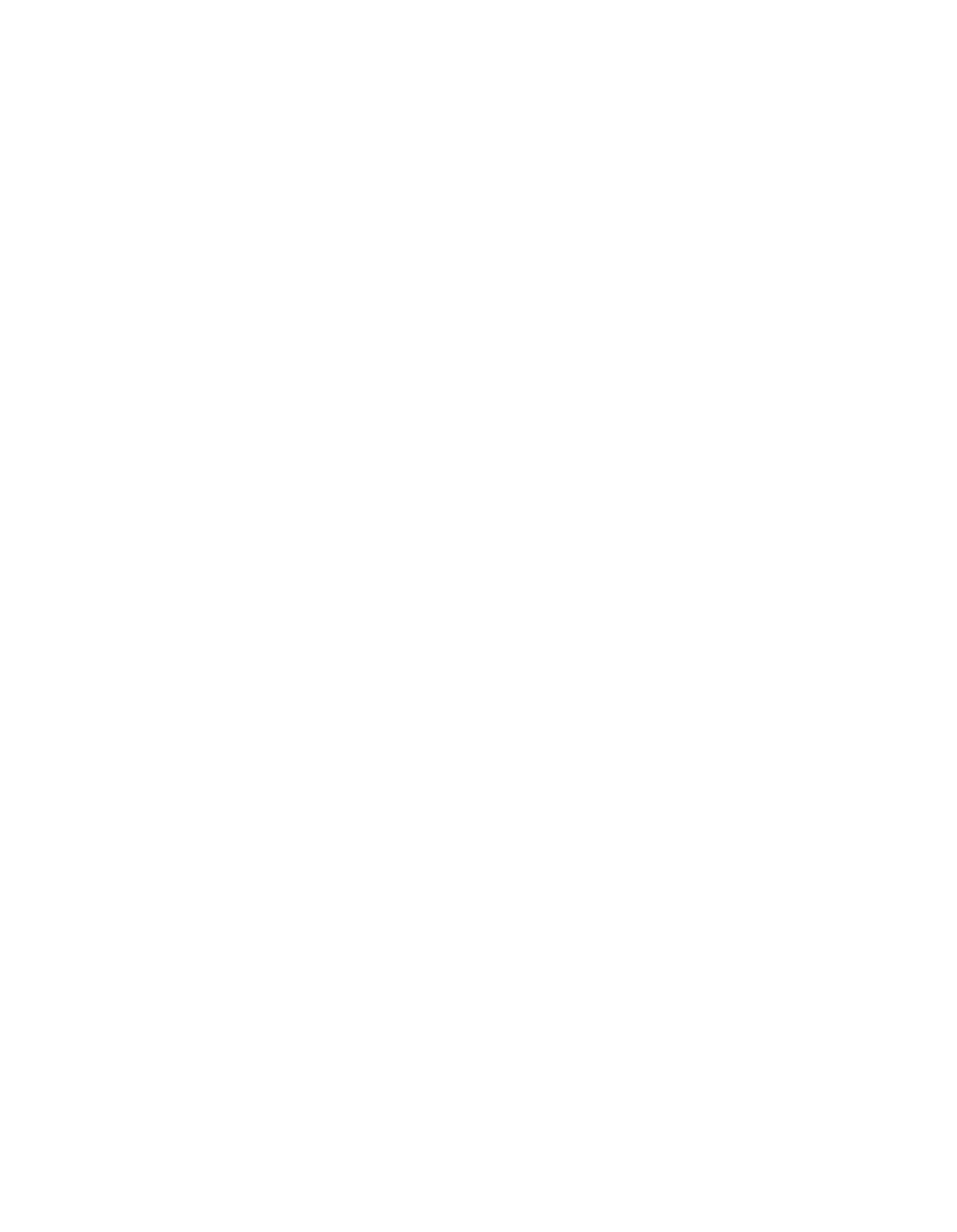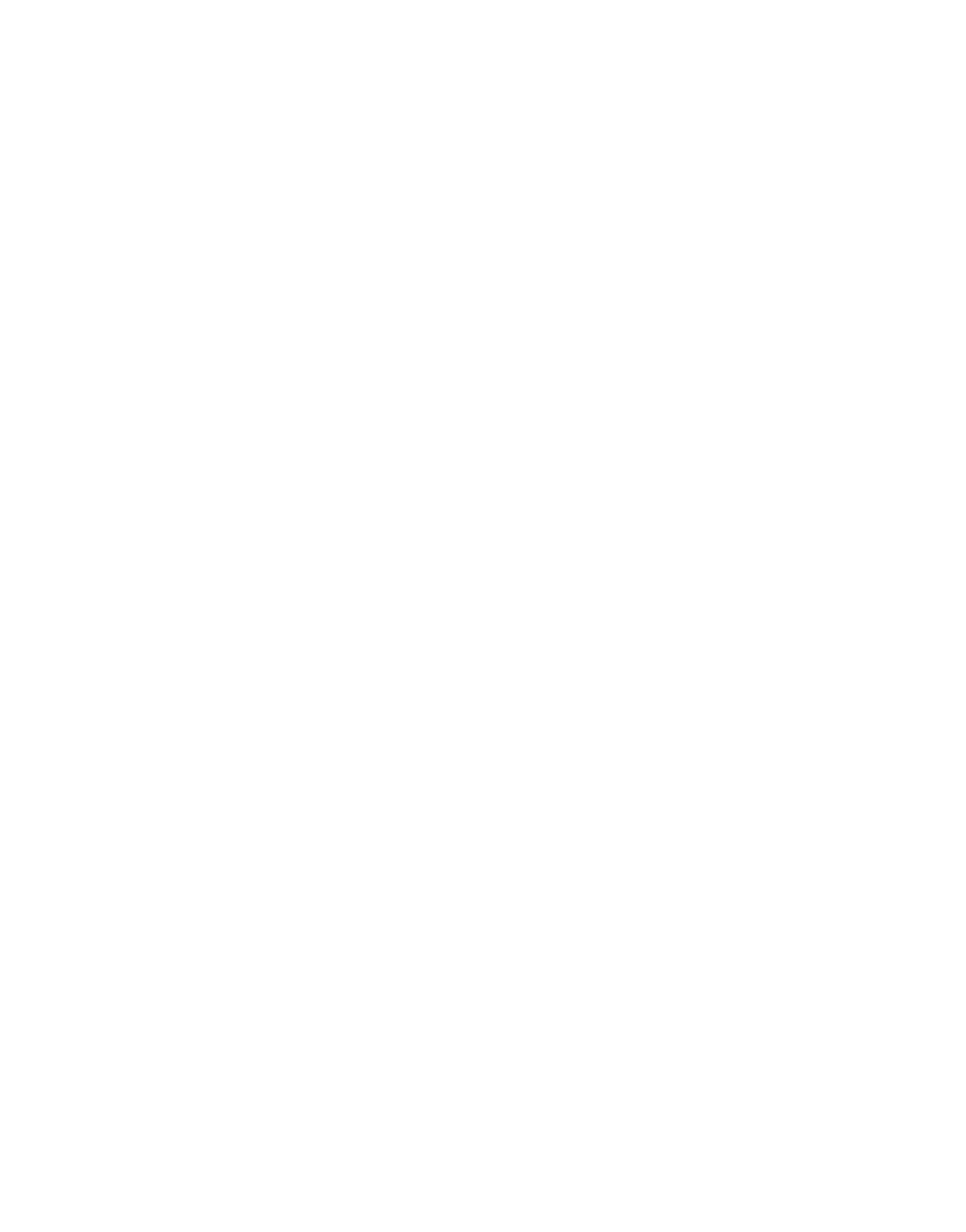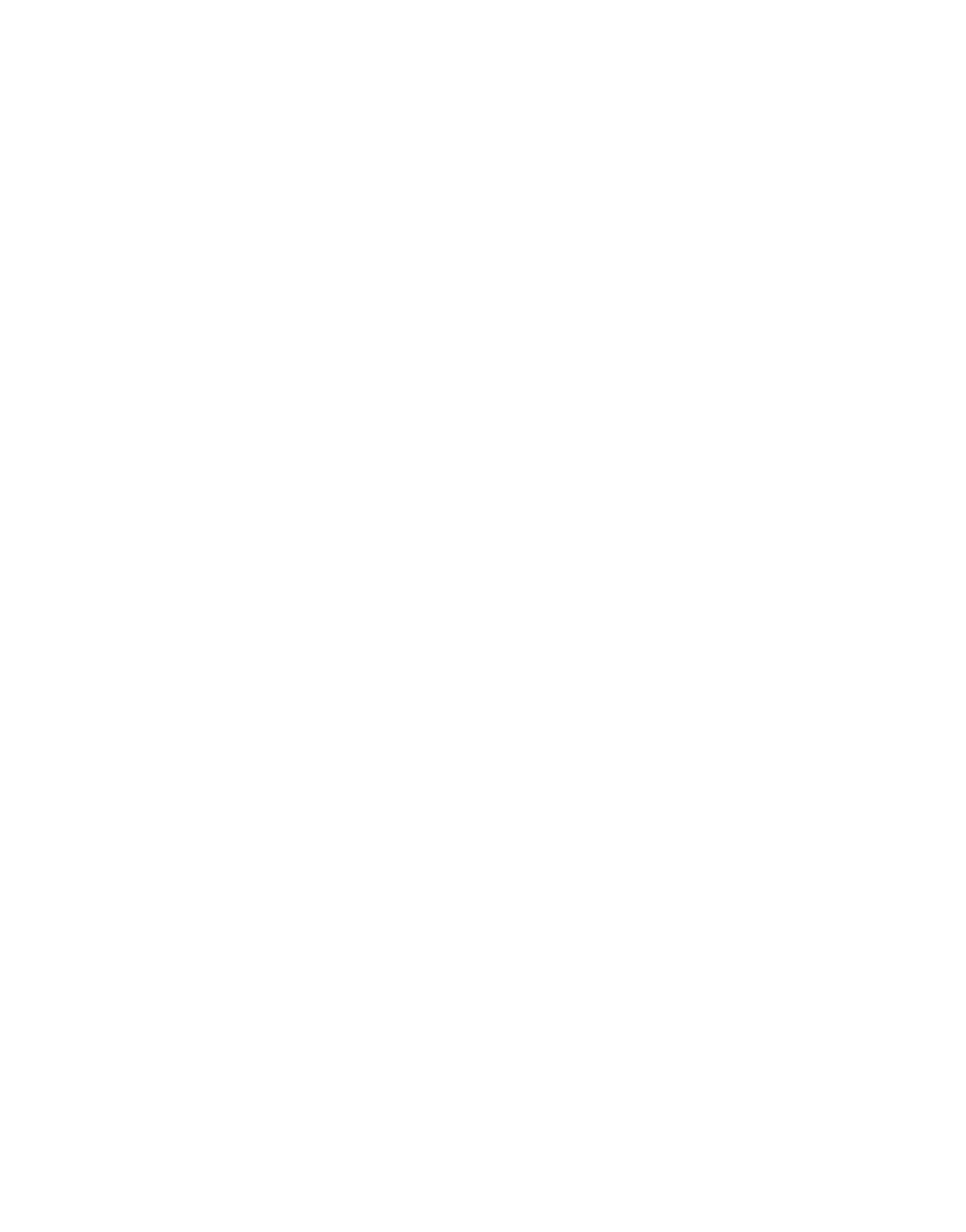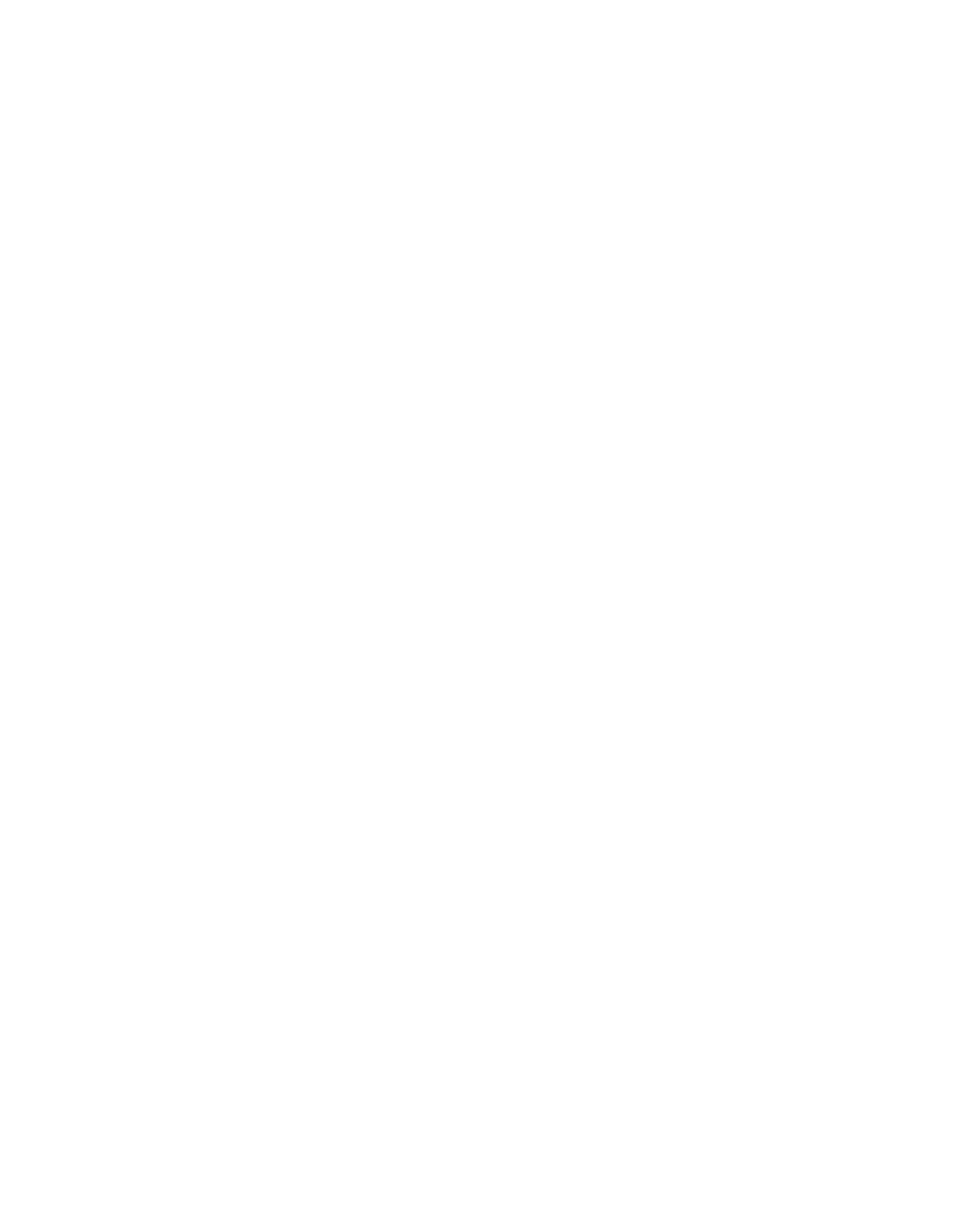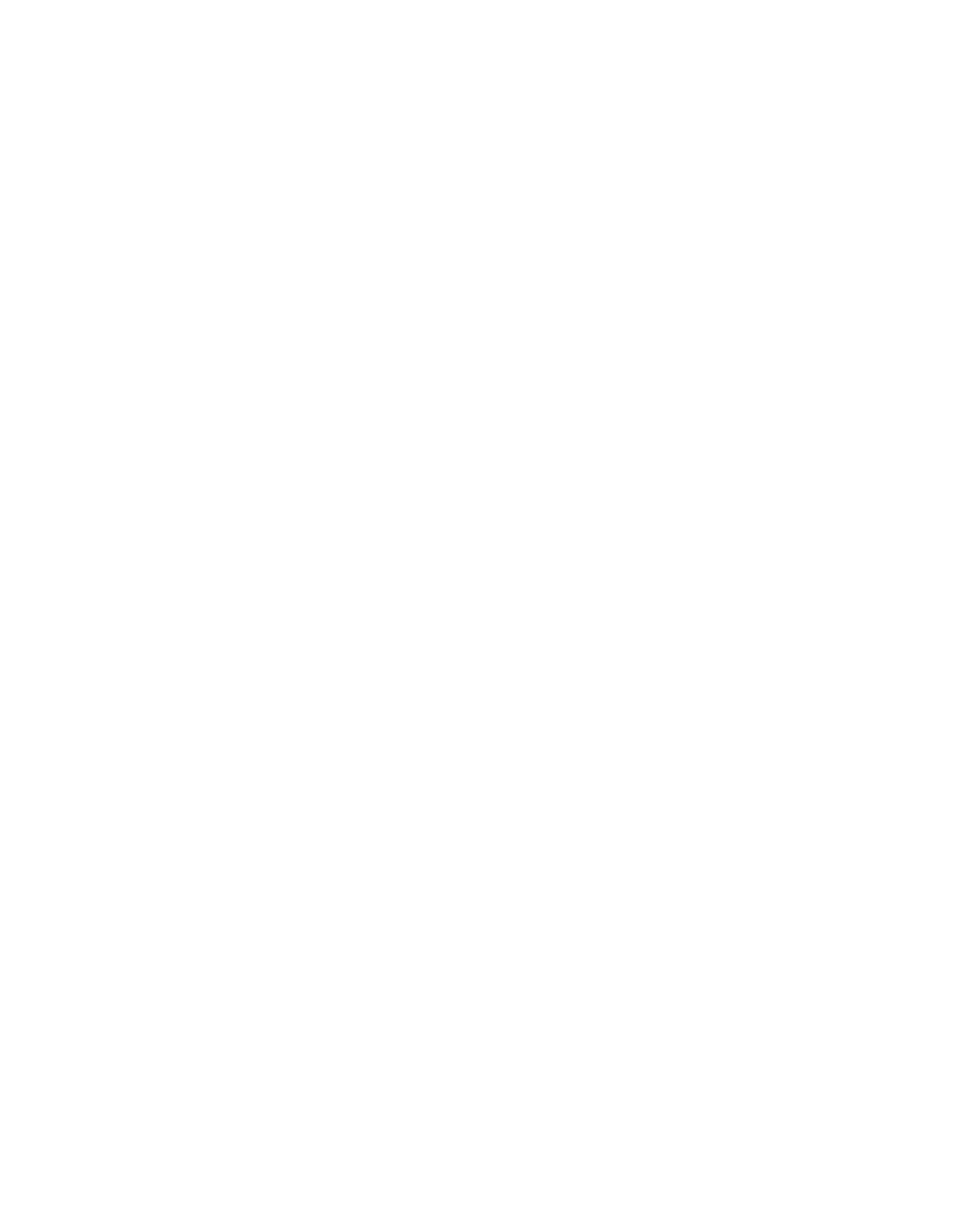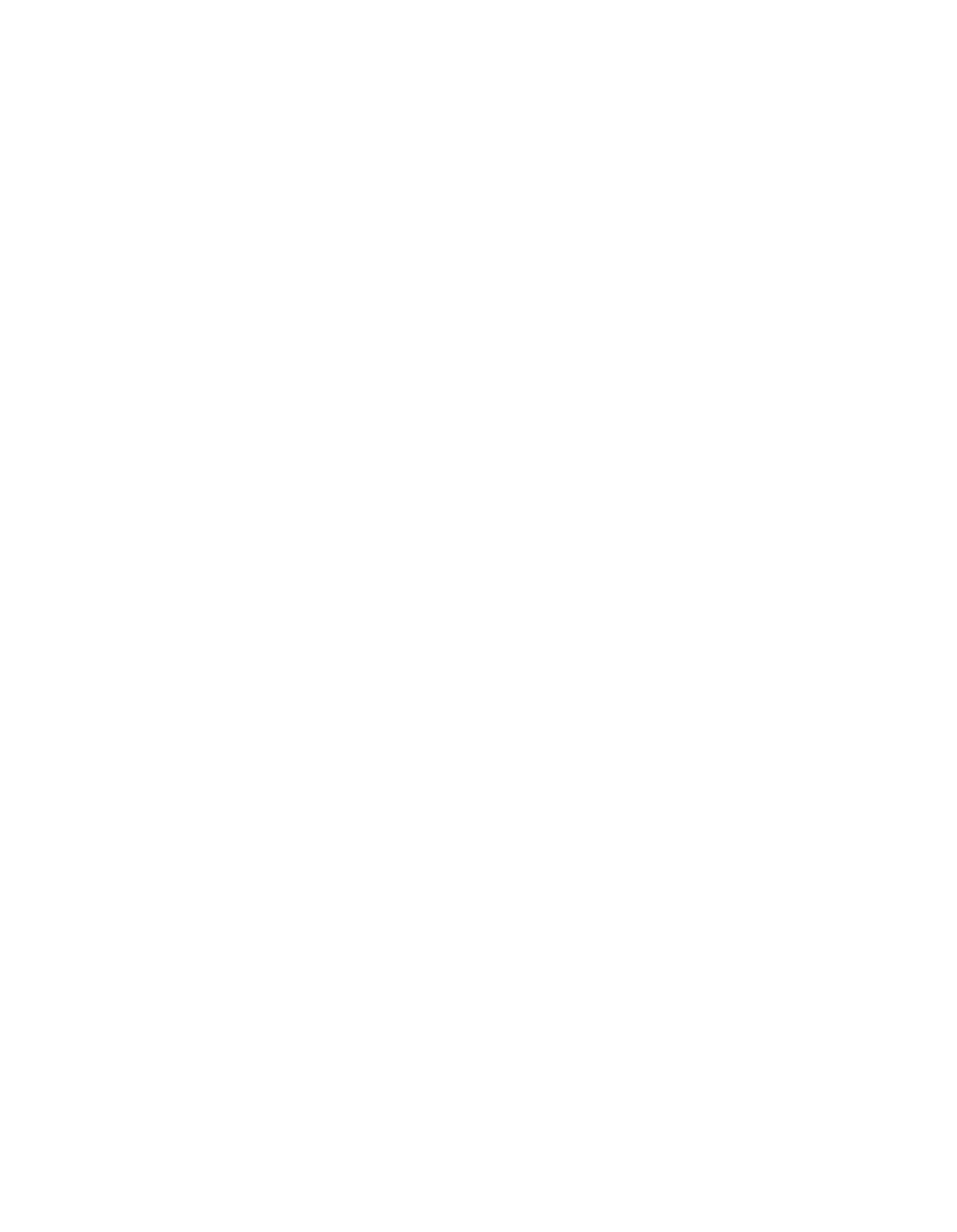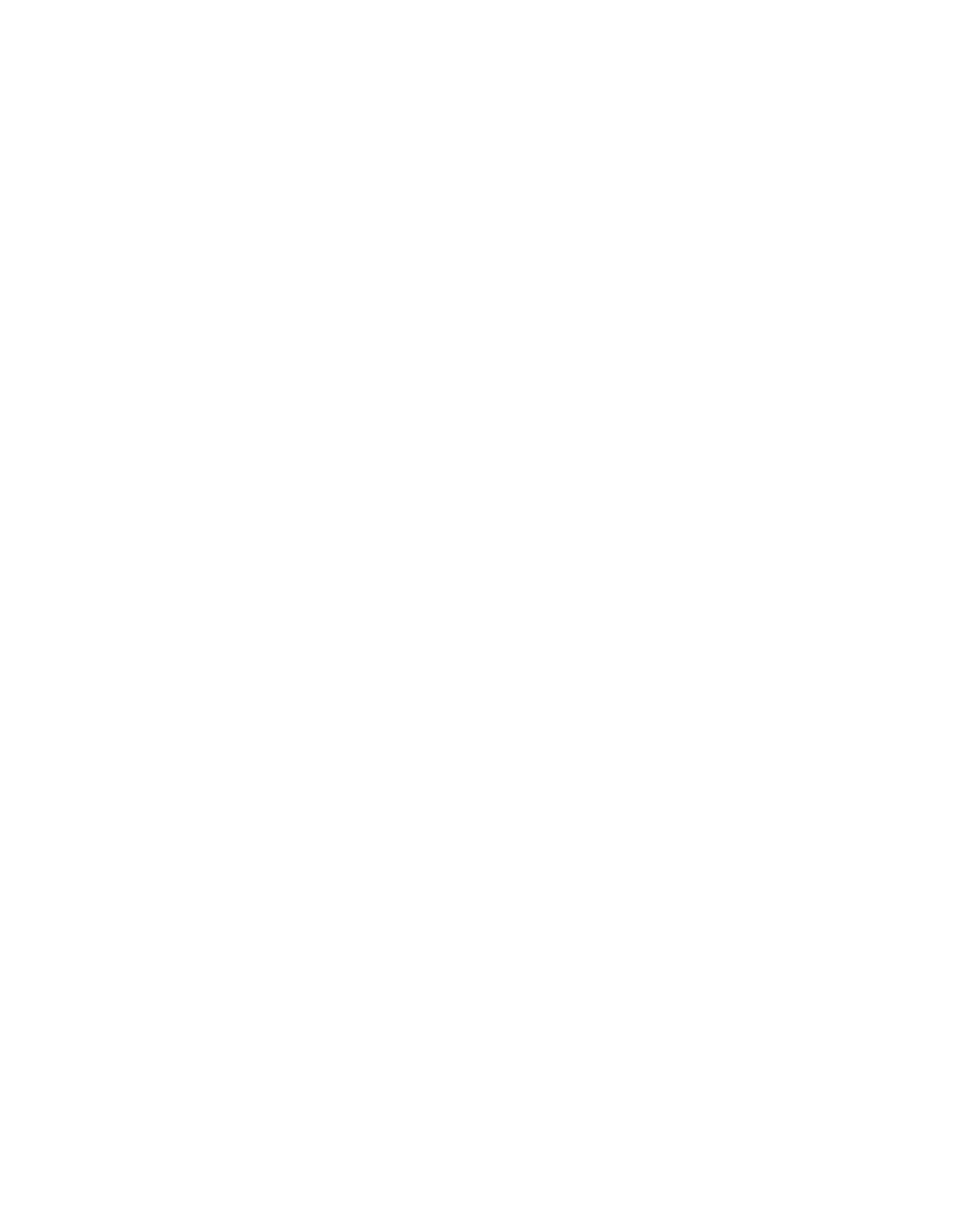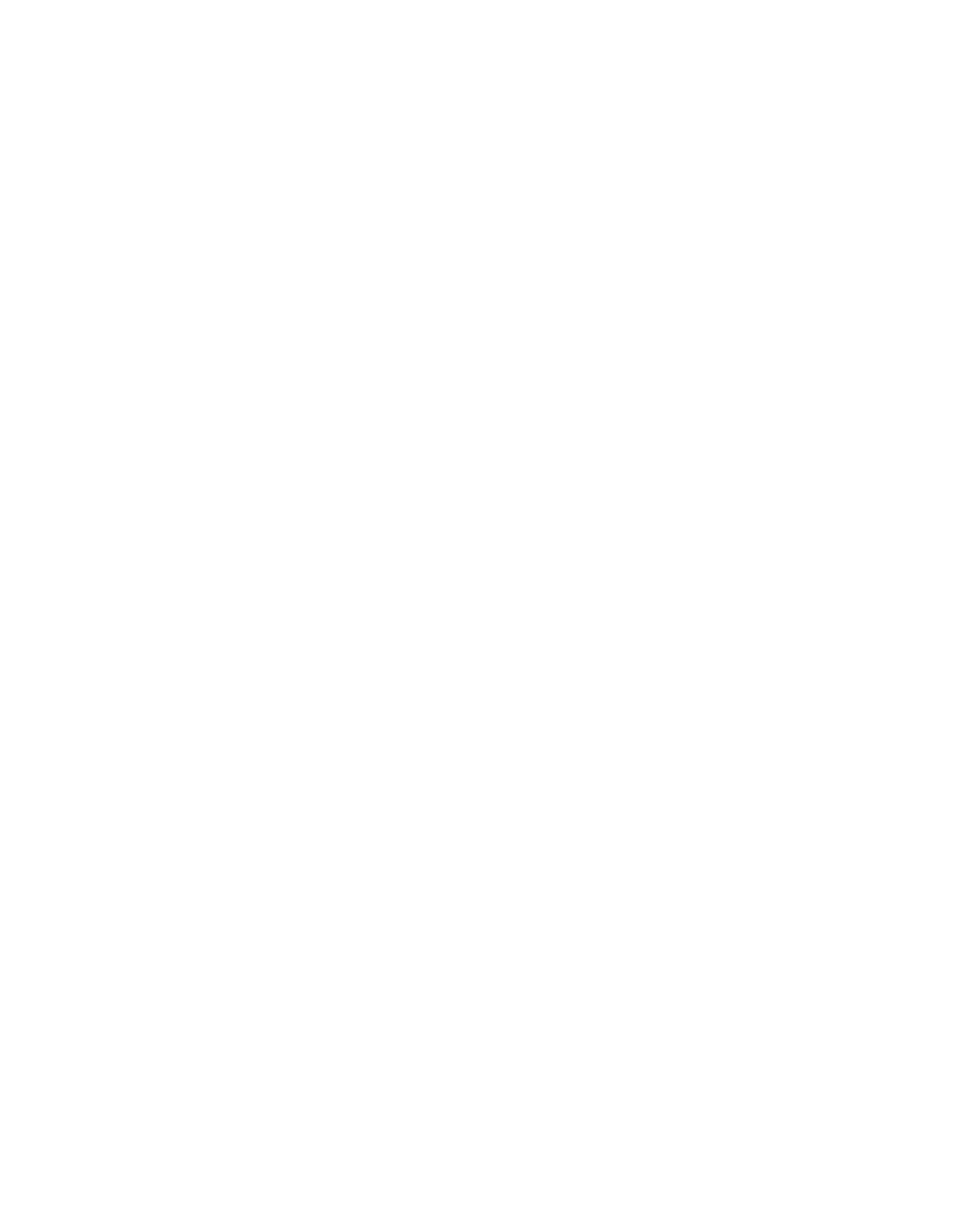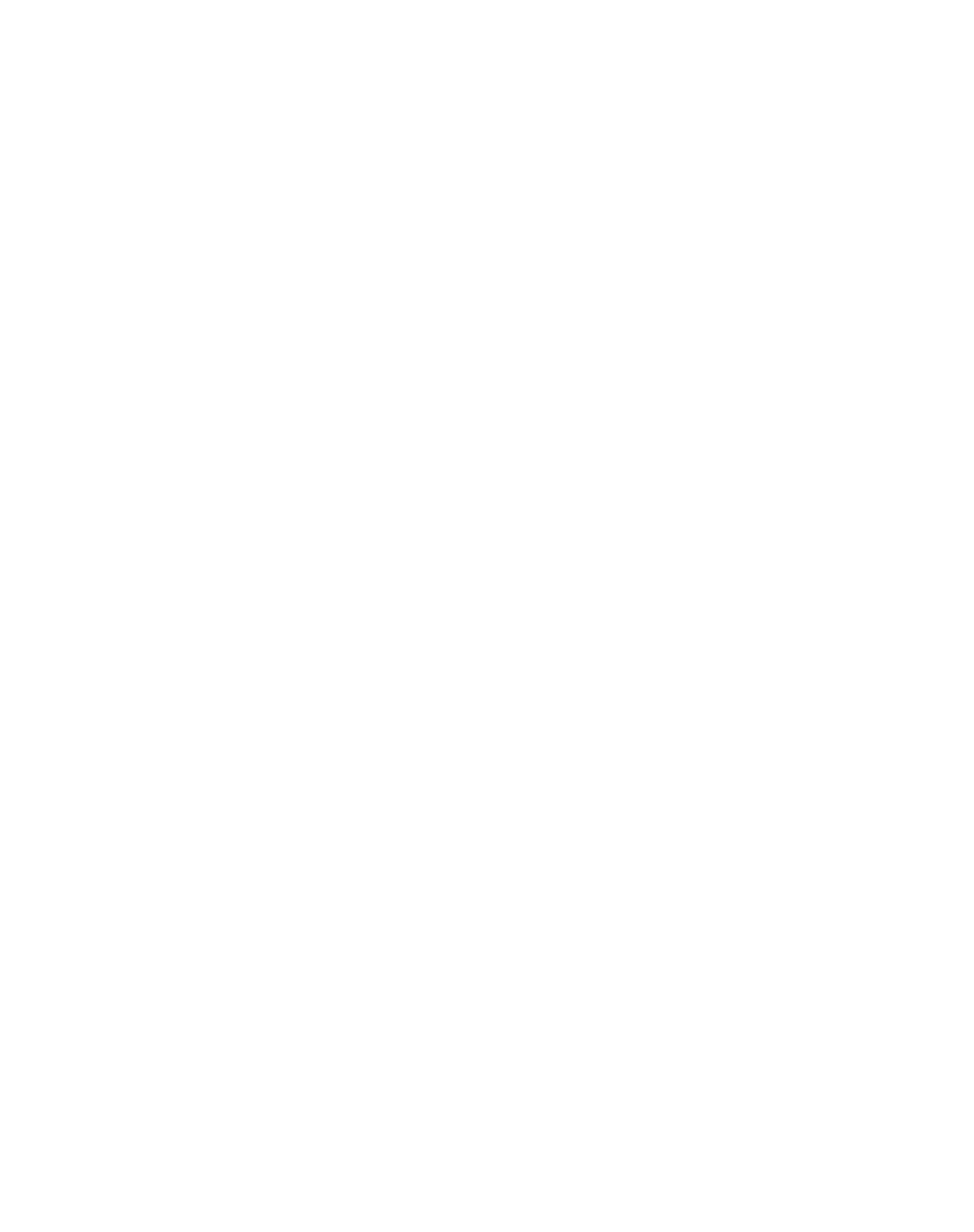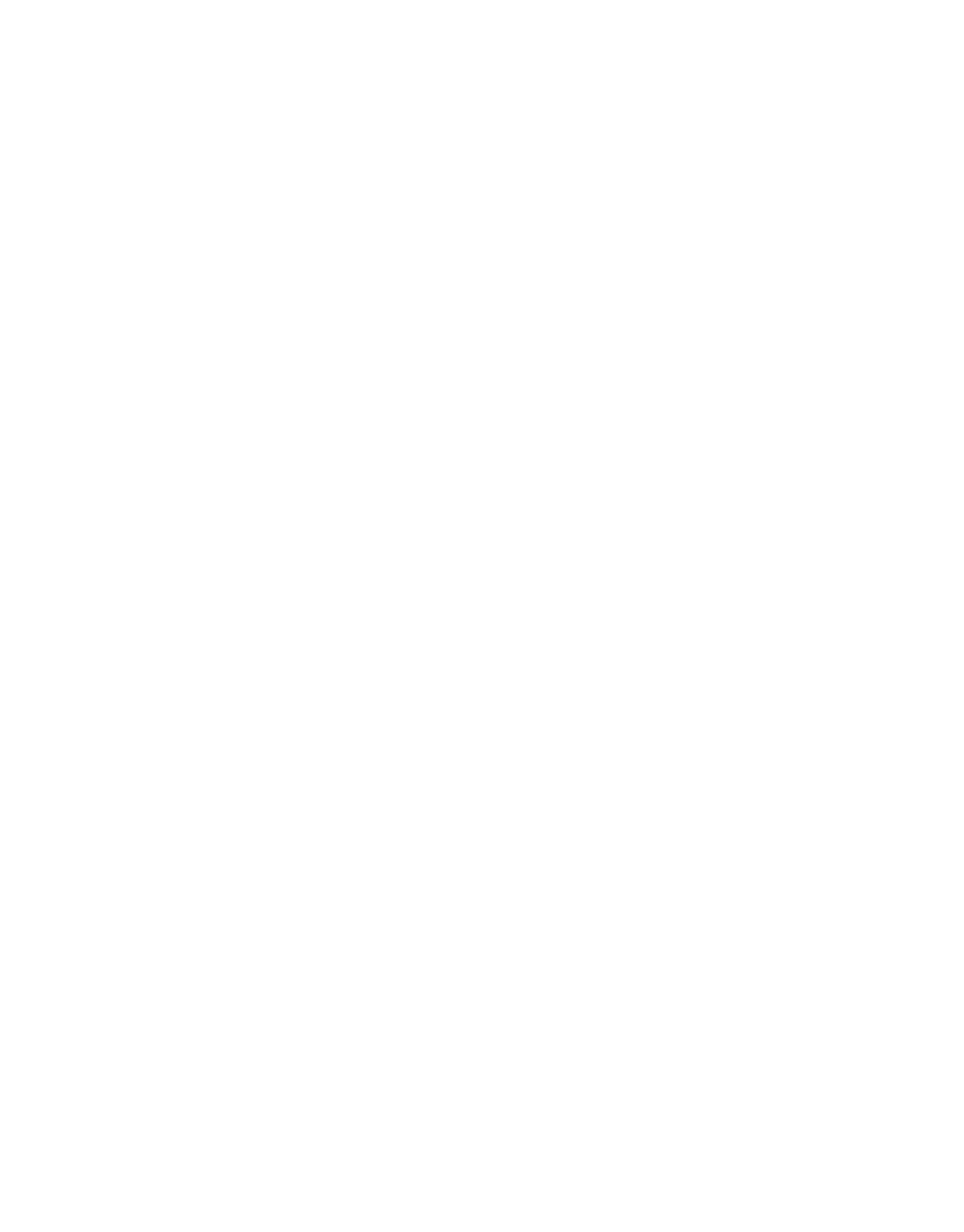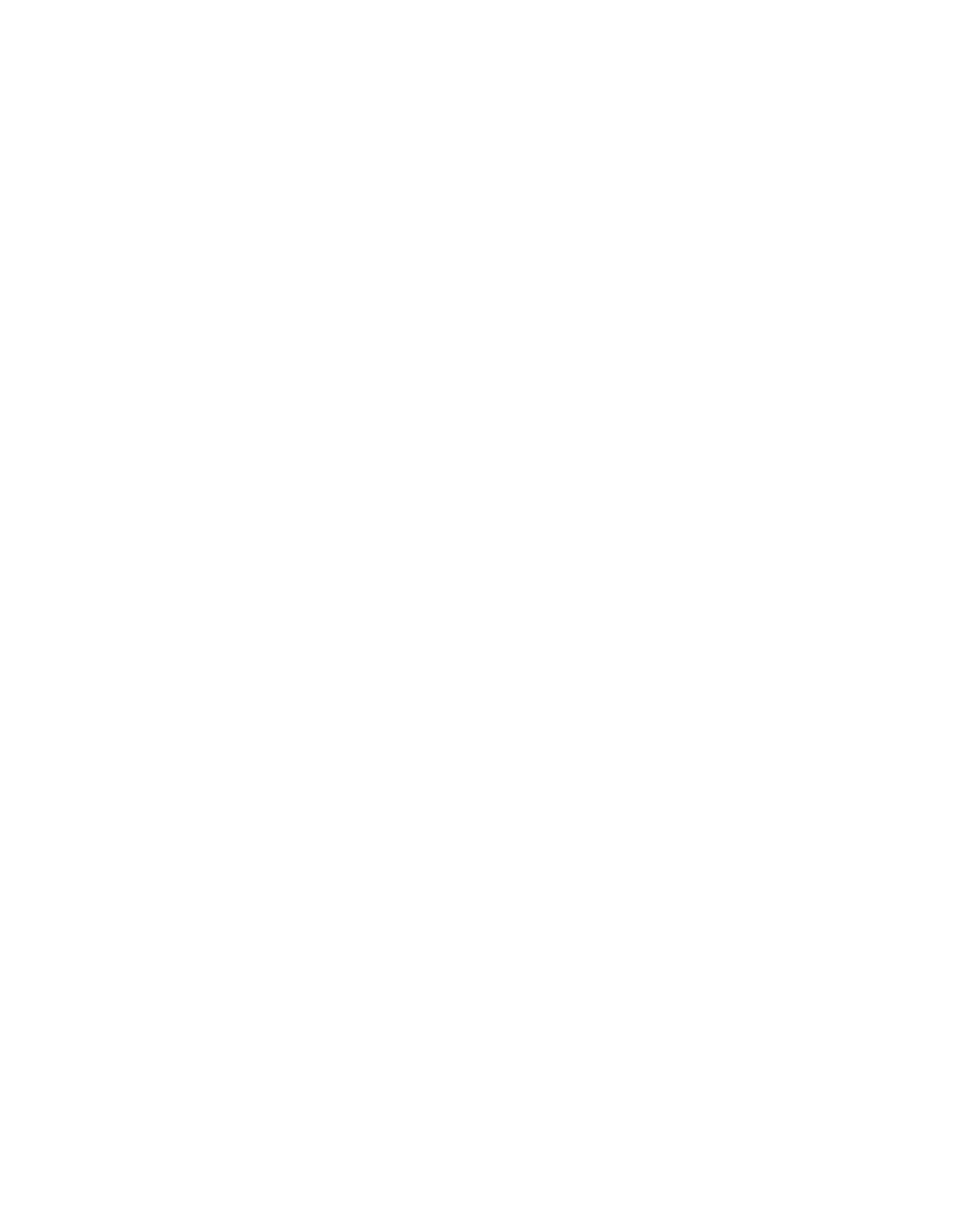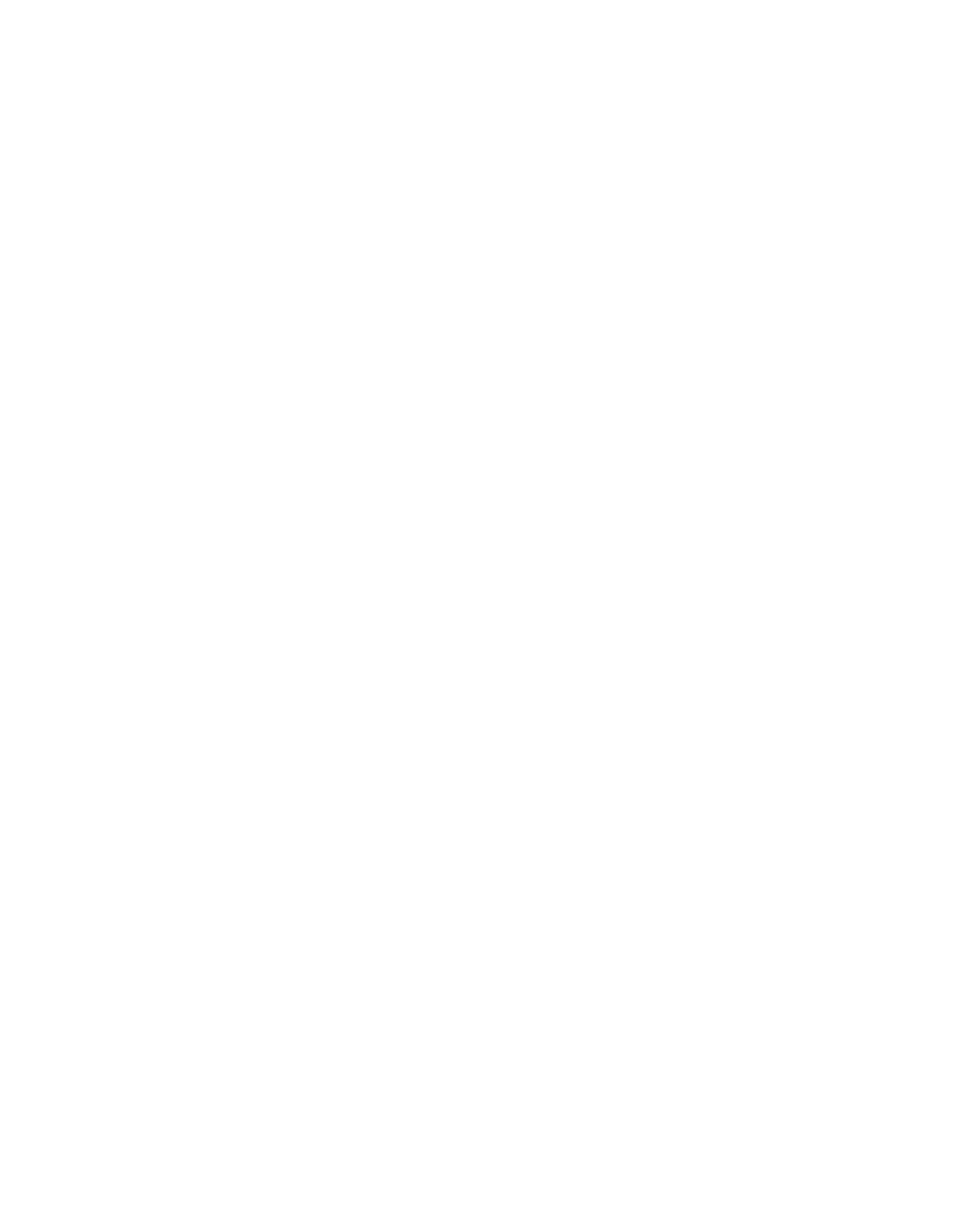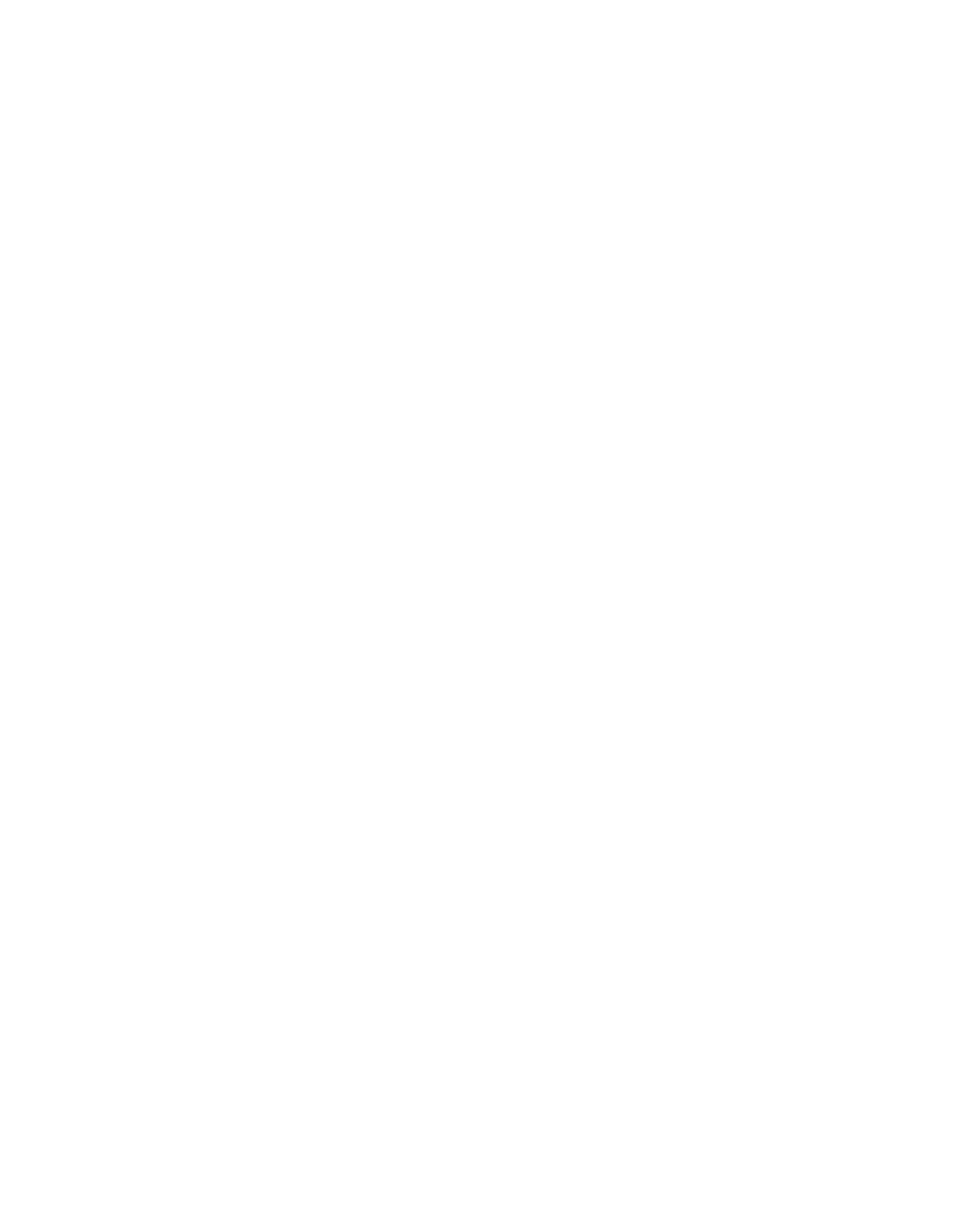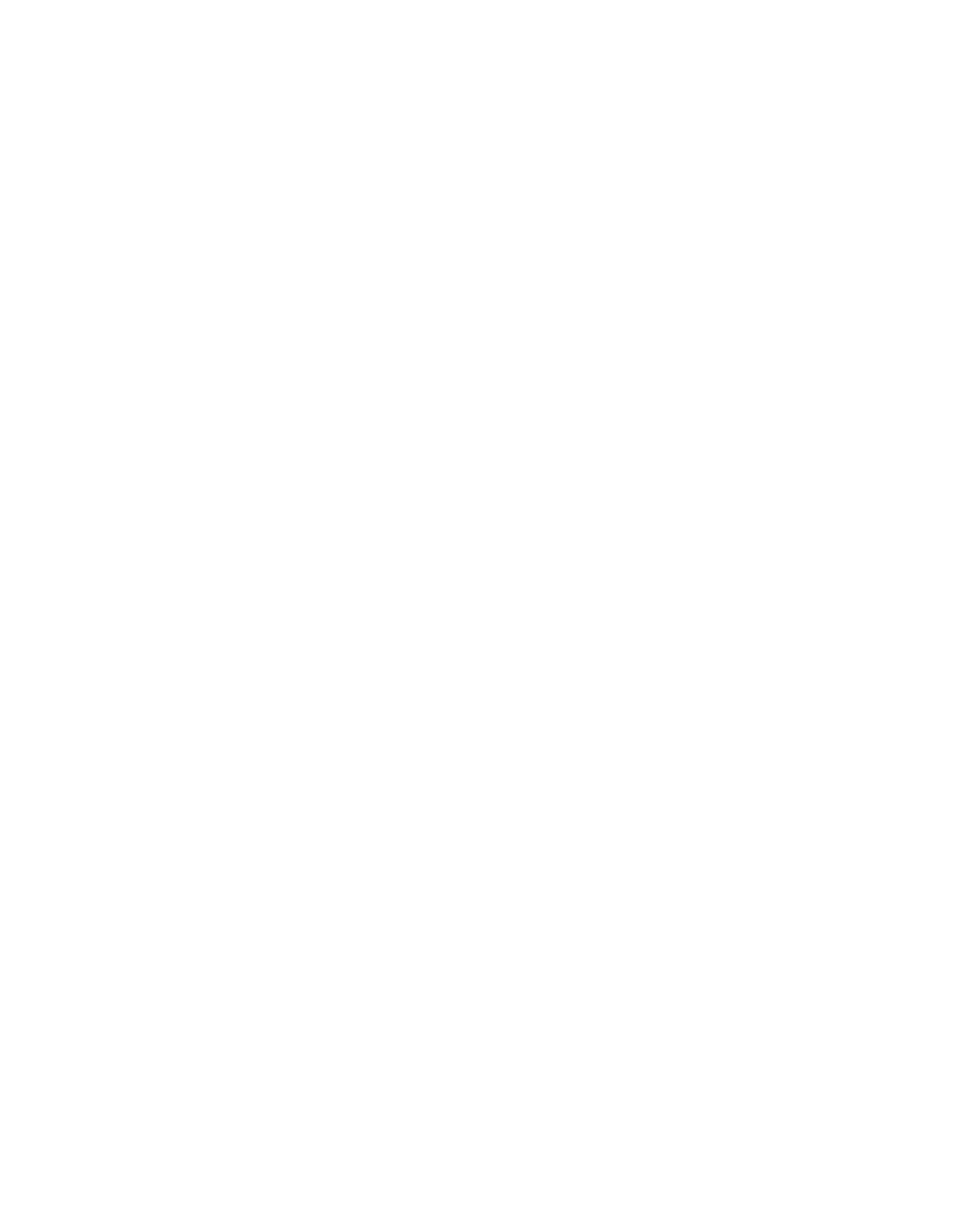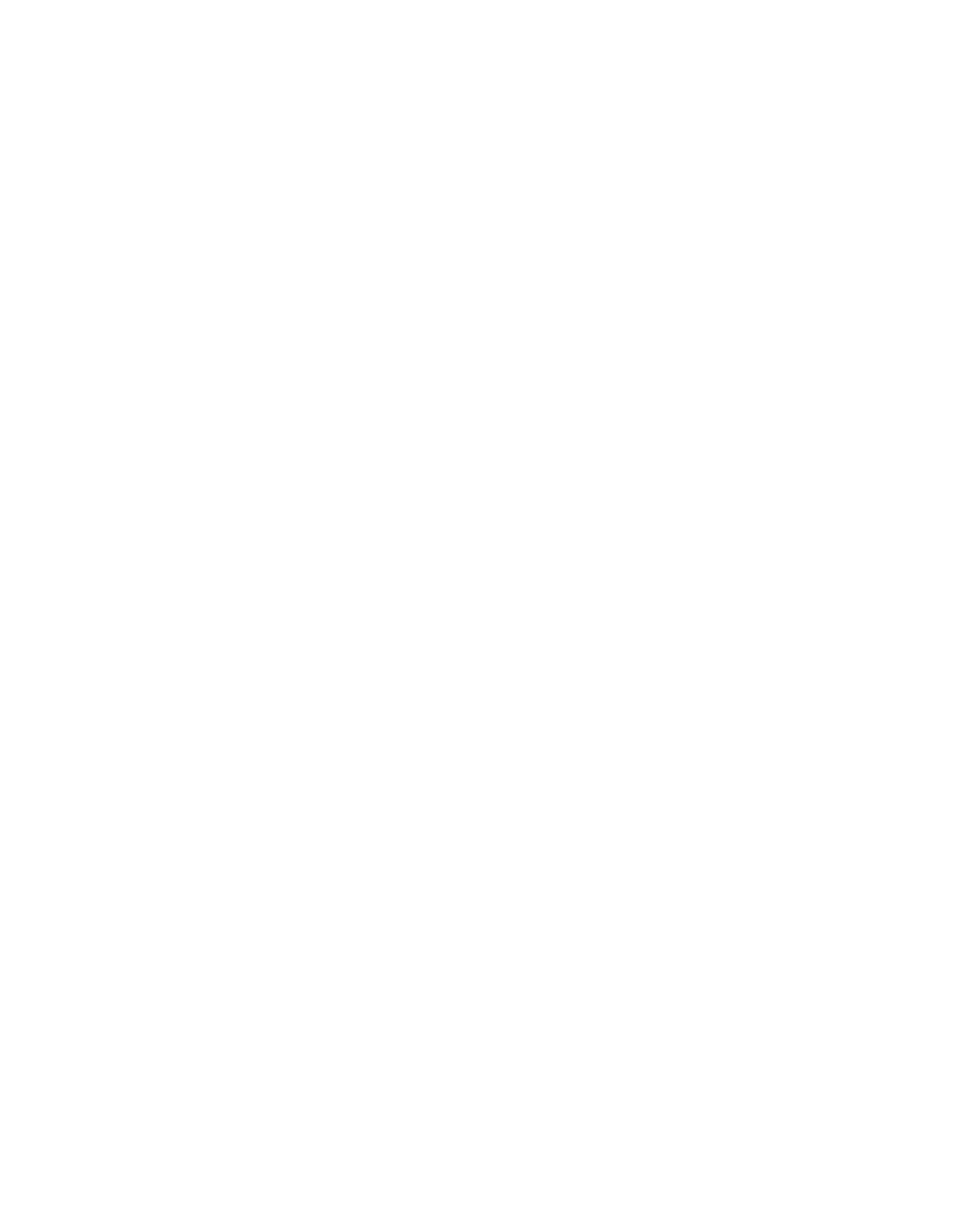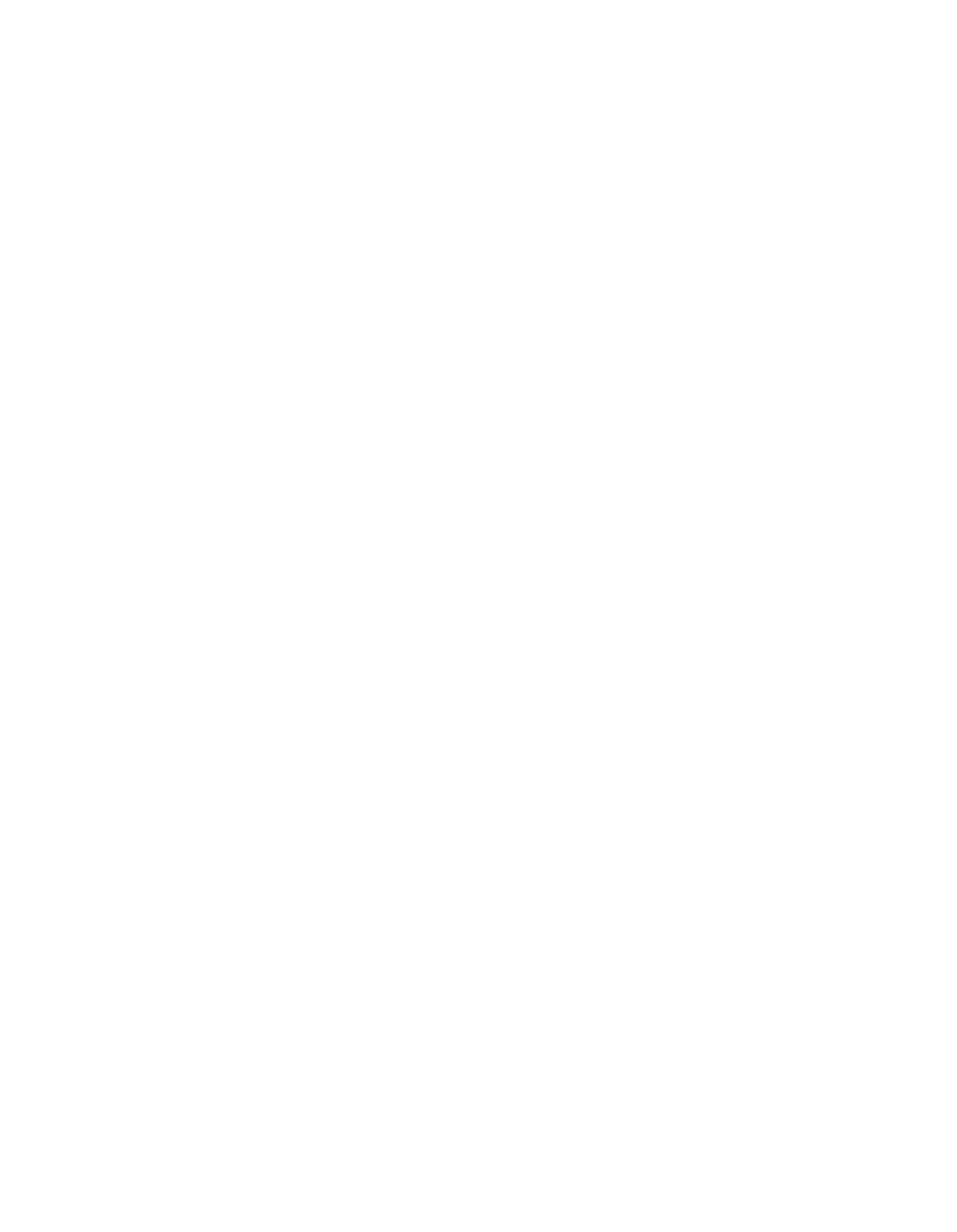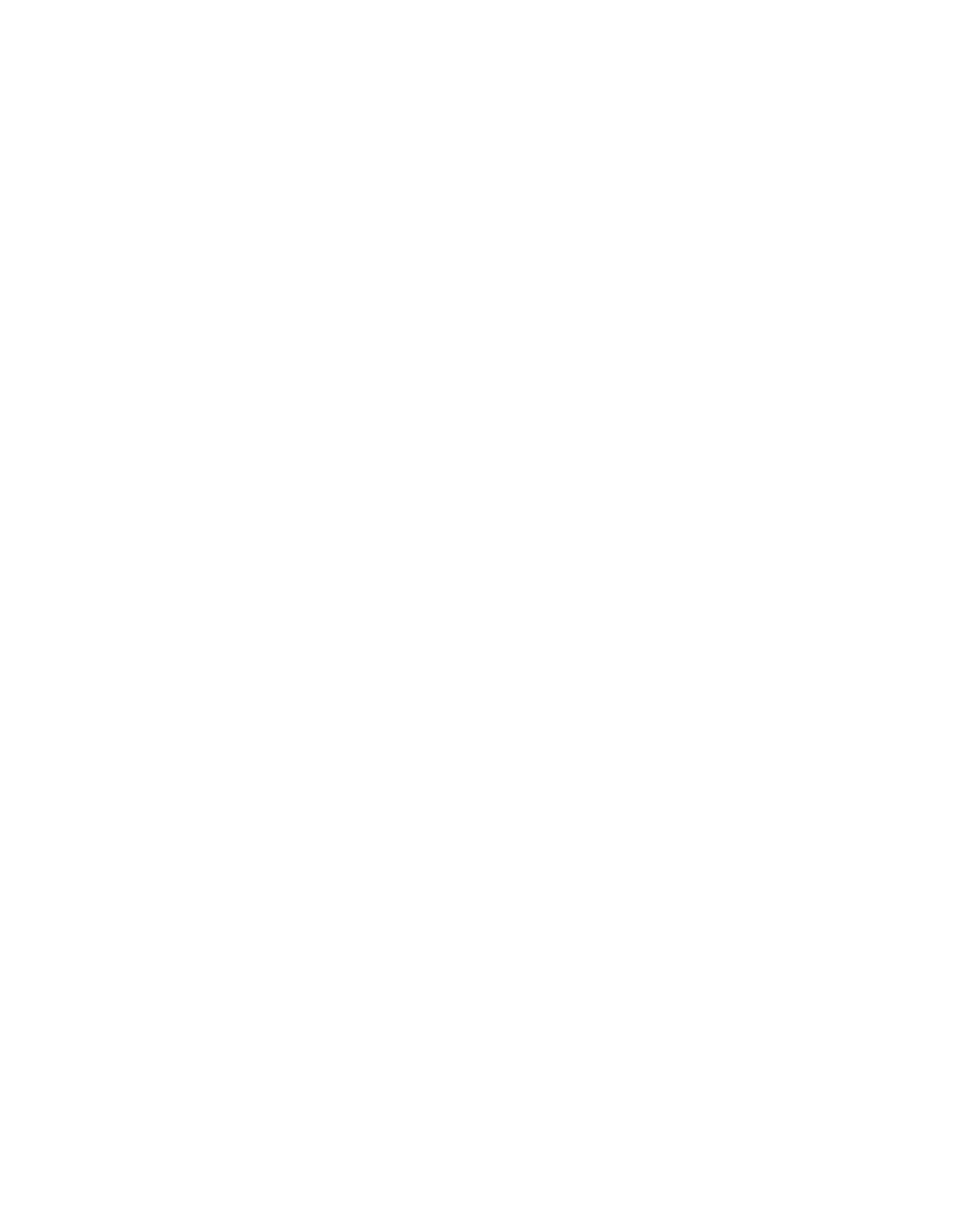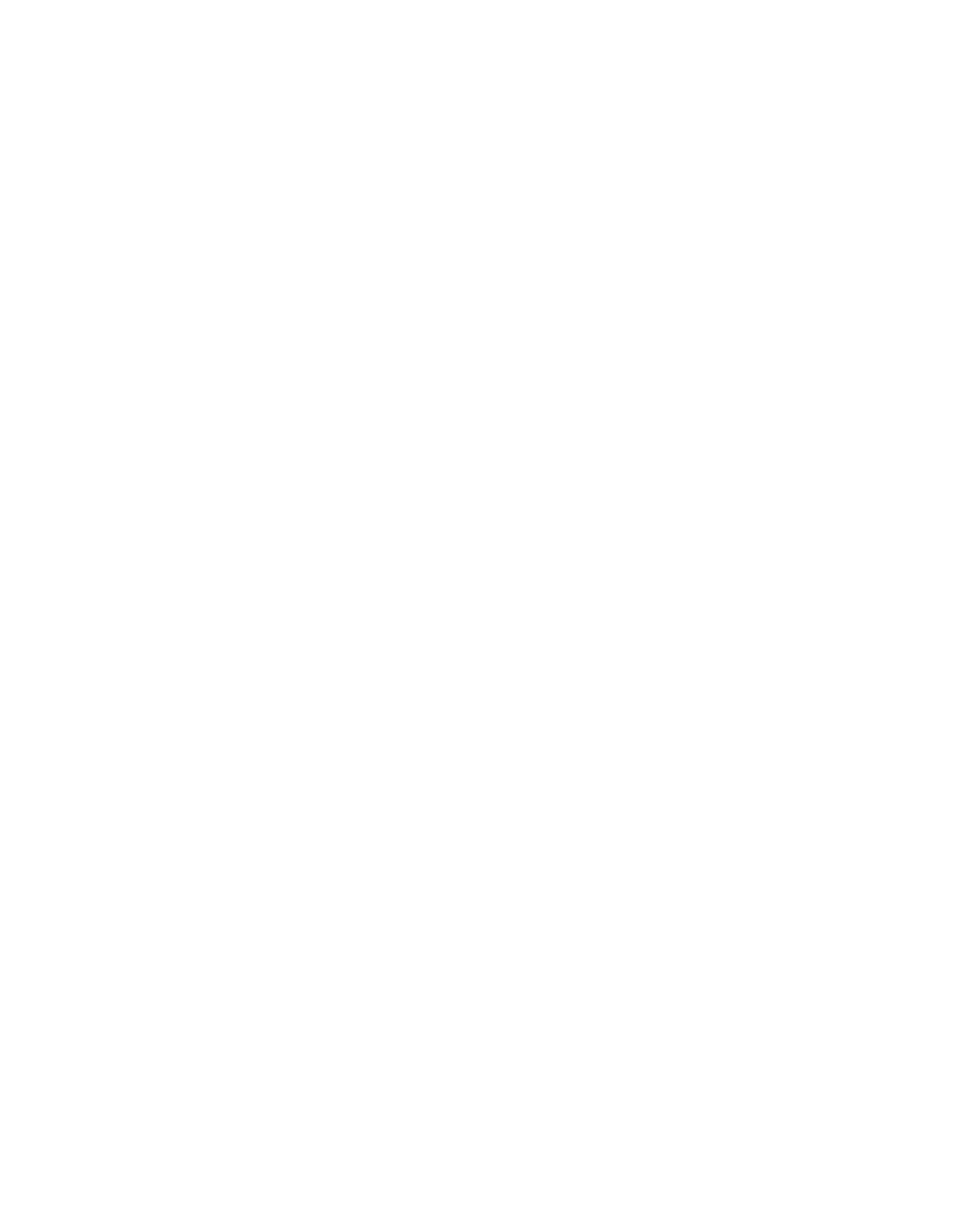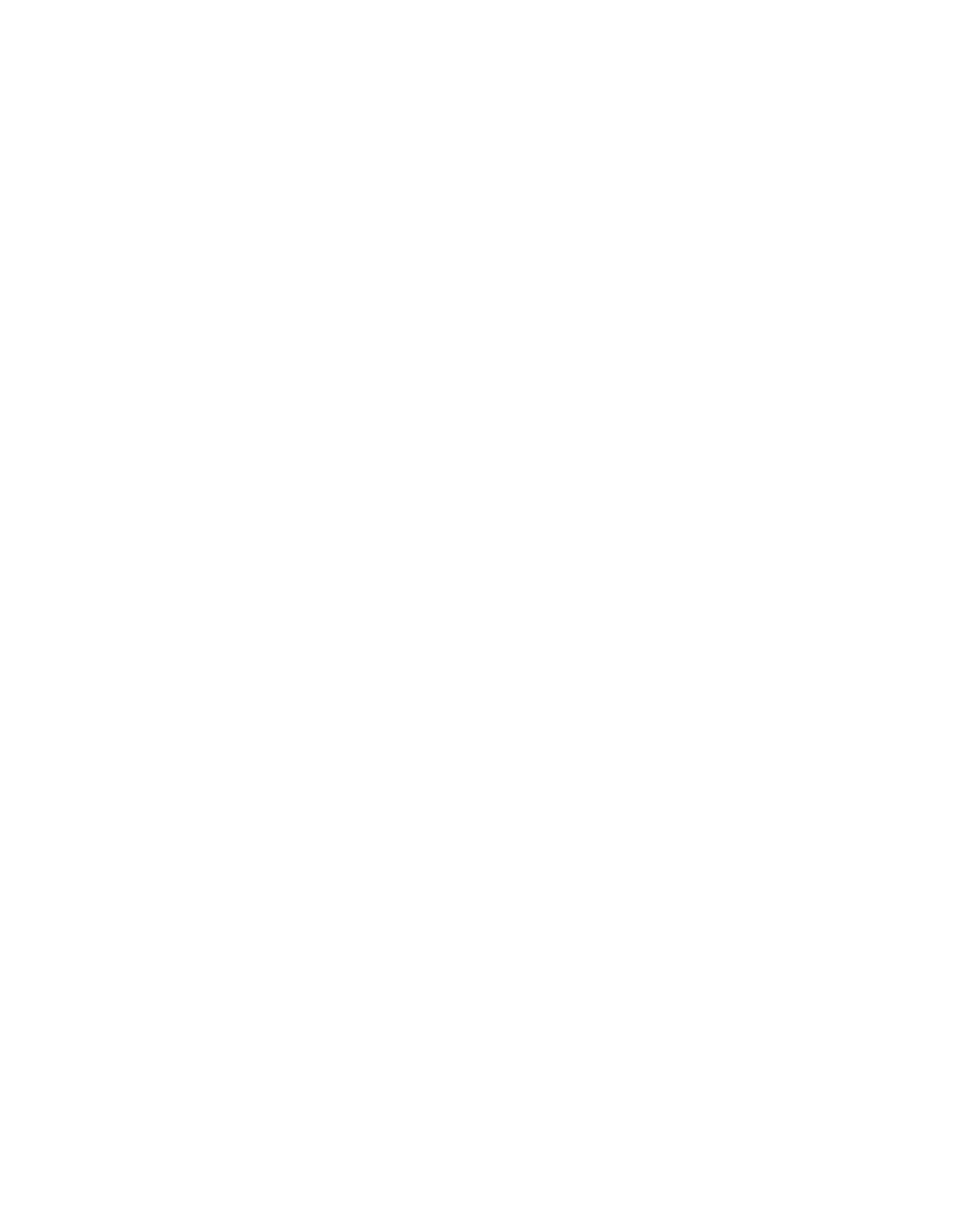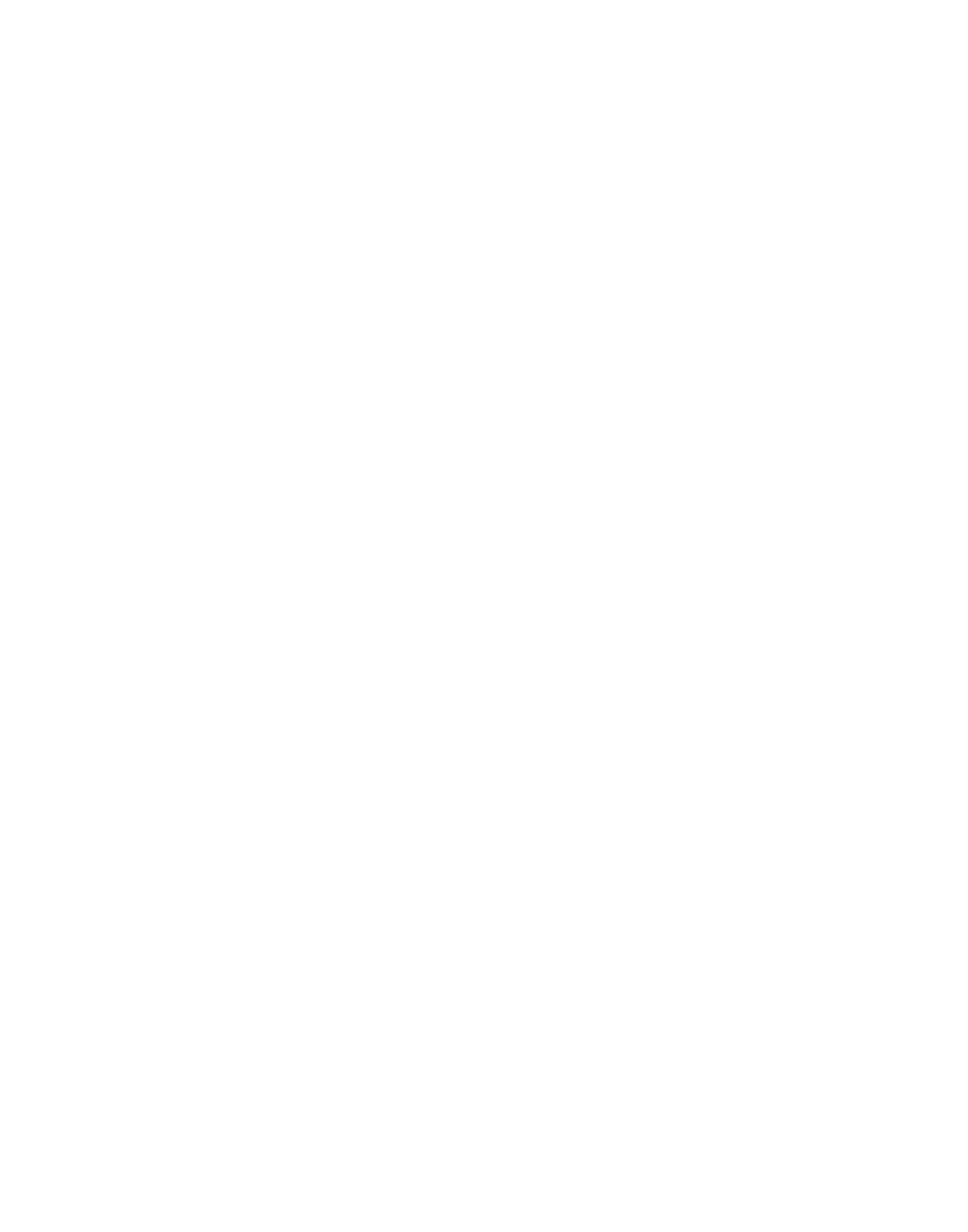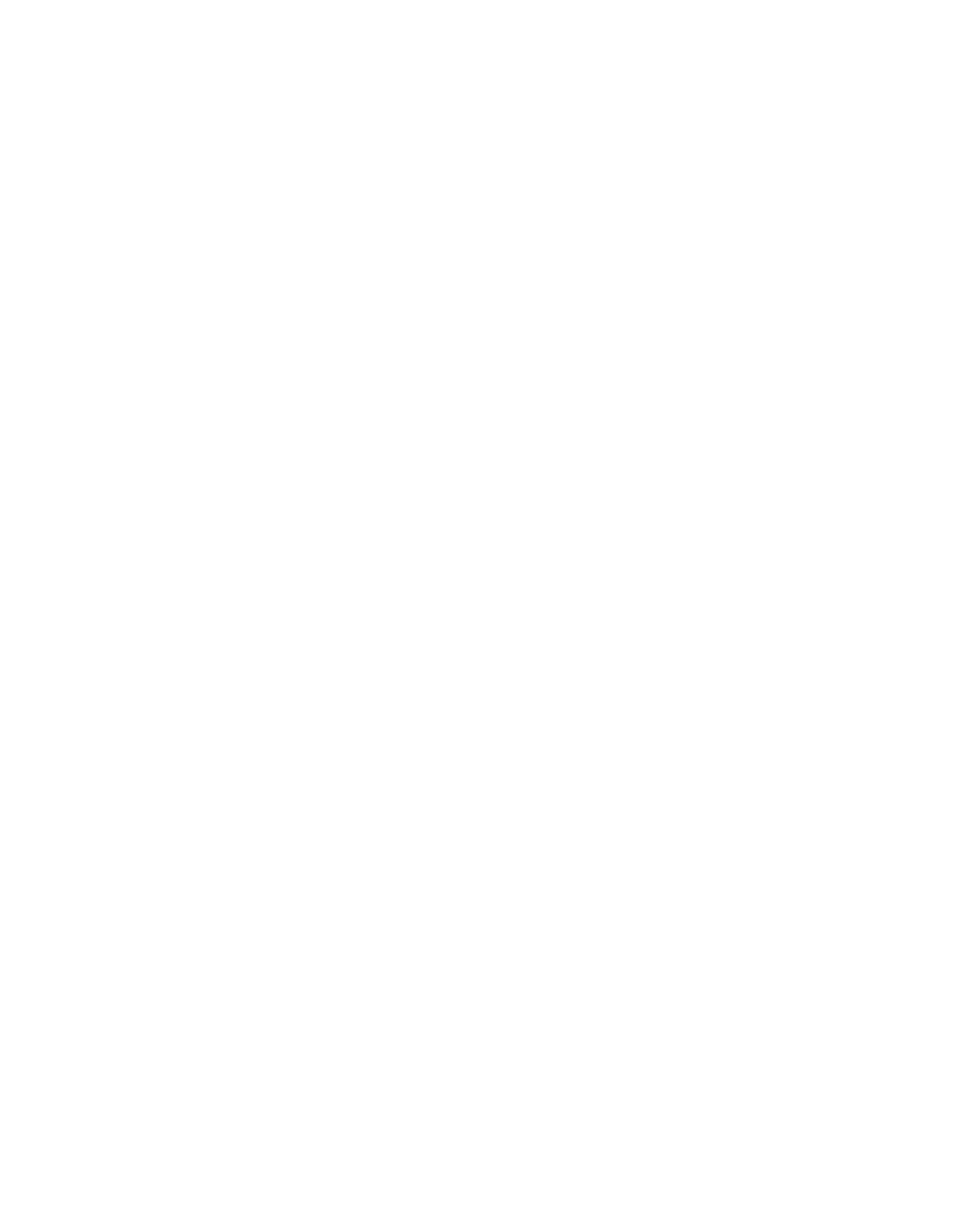ILLINOIS POLLUTION CONTROL BOARD
December 30,
1982
IN THE MATTER OF:
)
RACT II RULES,
)
R80—5
CHAPTER 2:
AIR POLLUTION.
Adopted~
Final_Order.
ORDER OF THE BOARD
(by I. G. Goodman):
It is the Order of the Illinois Pollution Control Board
that the attached amendments to amend Chapter 2:
Air Pollution
Regulations be adopted and filed with the Secretary of State
pursuant to the Illinois environmental Protection Act, the
Illinois Administrative Procedure Act and the Board’s Procedural
Rules~.and Regulations.
It is further ordered that the Opinion of the Board as
adopted on October
5,
1982 for Second Notice be adopted as the
Final Opinion in this proceeding.
Three technical
amendments have been made to the rule as
proposed for Second Notice pursuant to discussions with the
Joint Committee on Administrative Rules.
Briefly,
these changes
are as follows:
1.
In Rule 104(h) (1), the column headings have been
reworded to clarify the date by which a compliance plan
must be submitted pursuant to that Section.
2.
In Rule 104(h) (4)
a typographical error has been cor-
rected.
3.
In Rule 205(n)(4)(A)
a correction has been made to
clarify the Board’s intention that the “Internal
Offset” mechanism be available for use by RACT 11
sources subject to Rule 205(n)(1).
IT IS SO ORDERED.
Chairman J.D. Dumelle and Board member N.Werner concurred.
I,
Christan
L. Moffett, Clerk of the Illinois Pollution
Control Bo~rd,hereby certify that the above Order was adopted
on the ~
day of ~
______,
1982 by a vote of
___
Christan L.
Moffett, Clerk
Illinois Pollution~Control Board
50-255
ILLINOIS REGISTER
ILLINOIS
POLLUTION
CONTROL
BOARD
TEXT
OF
PROPOSED
RULE
Rule
302:
Prohibition
of
Air Pollution
No person shall
cause or threaten or allow
the
discharge
or suission of any
contaminant into the environment in any
State so ai,
either alone or
in
combination with contaminants
from
other
sources,
to cause or tend to cause air
pollution
in Illinois,
or so
as to violate
the
provisions of this
Chapter, or so as to prevent
the
attainment or maintenance
of any
applicable smb3.ent air quality
standard.
Rule
103:
Permits
(a)
Contructian
Permits
(1)
Prohibition.
We person
shall cause or allow
the construction of
any new emission source
or
any
new air pollution control
equipment,
or cause or allow
the
modification of
any
existing emission source
or air pollution
control equipment,
without first obtaining a
Construction
Permit
from
the
Agency,
except
as
provided
in
paragraph
(i)
of
this
Rule
103.
(2)
Application.
An
Application
for
a
Construction
Permit shall contain
as a minimum, the
following
data and information:
the nature of the
emission
source and air pollution control
equipment,
including
the expected life
and
deterioration rate; information concerning
processes
to which the emission source
or air
pollution control equipment is related; the
quantities and types of raw materials
to be
used
in the
emission
source or air pollution
control equipment;
the nature, specific
source, and quantities of uncontrolled and
controlled air contaninant emissions at
the
facility which includes the emission source
or air
pollution
control equipment; the type,
size, efficiency and specifications
(including
engineering
drawings,
plans
and specificiations
certified
to by
a registered Illinois professi3na
engineer)
of the proposed
emission
source
or
air
pollution control equipment;
maps,
statistics,
and other data reasonably sufficient to
describe the location
of the emission source
or
air
pollution control equipment.
The
Agency may waive the submission by the
applicant
of such ~ngineeringdrawings,
plans, specifi-
cations,
or such other portions of the
above
data or information
as
it shall deem inappro-
priate or unnecessary to the Construction
Permit application, provided that any such
1
50-257
ILLINOIS
REGISTER
ILLINOIS POLLUTION CONTROL
BOARD
TEXT OF PROPOSED IRDLE
waiver
by
the
Agency
~hsllbe given in writing
to
the applicant.
The
Agency
may
adopt
procedures which require data aM
information
in addition
to and in amplification of
the
aatter~z specified
in
the
first
sentence
of
this paragraph
(a)(2),
which are
reasonably
design.~
to
determine
compliance with
the
Act,
this Chapter,
and ambient air quality
standards,
and
which
set
forth
the
format by
which all data and information shall be
aubmitted.
(3)
An
application shall not be deemed to
be
filed
until
the applicant has submitted all
information and completed all application
forms required by paragraph (a)(2)
of this
Rule
103 ~nd proceduree adopted and effective
pursuant thereto.
Provided, however, that
if
the Agency
fails to notify the applicant
within 30 days
after
the filing
of
a
pur-
ported application that
the application
is
incomplete and of the reasons the Agency
deems
it
incomplete,
the application shall be
deeded
t~ have
been filed as
of the date
of
such purported filing.
The applicant
may
treat the Agency’s notification that an
application
is incomplete as a denial
of the
application for
purposes
of review.
(4)
All applications and supplements thereto
shall be signed by
the owner and operator
of
the
emission
source
or air pollution control
equipment,
or their authorized agent, and
shall
be accompanied by evidence
of authority
to sign t~eapplication.
(5)
Standards
fox
Issuance.
t~o
Construction
Permit
~hal1
be
granted
unless
the
applicant
submits
proof
to
the
Agency
that~
(A)
the
emission
source
or
air
pollution
control
equipment
will
be
constructed
or
modified to operate so
as not to cause
a
violation
of the
Act or
of
this Chapter;
and
(~)
if subject to a future compliance date,
the applicant has an approved Compliance
Program and ProDect Completion Schedule
in accordance with the provisions of
Rule 104,
(6)
Conditions.
The Agency may
impose
such
2
50-258
ILLINOIS REGISTER
ILLINOIS POLLUTION CONTROL
BOARD
TEXT OF PROPOSED RULE
conditions in
a Construction
Permit
as
may be necessary to
accomplish the pur-
poses of
the
Act,
and as are not
inconsis-
tent with the regulations
promulgated by
the Soard thereunder.
Except as herein
specified, nothing
in this Chapter
shall
be
deemed to limit the power of
the
Agency
in this regard.
Such conditions may include
conditions specifying any testing operations
that may be conducted under the Construction
Permit.
(b)
Operating Permits,
(1)
New Emission Sources and New Air
Pollution
Control Equipment:
Prohibition.
No person shall cause
or
allow
the operation of any new emission source
or
new air
pollution
control
equipment
of
a
type
for which
a Construction Permit
is
required
by paragraph
(a)
of
this
Rule
103
without
first
obtaining
an
Operating
Permit
from
the
Agency,
except for
such
testing
operations
as
may be authorized
by
the
Construction
Peri’ut.
Applications for Operating
Pernite
zhall
be
made
at
such
times
and
contain
such
informa-
tion
(in
addition
to
the
information
required
by
paragraph
(b)(3)
of
this
Rule
103)
as
shall be specified in
the
Construction
Permit.
(2)
Existing Emission Sources:
Prohibition.
No person shall cause
or
allow the operation of any
existing
emission source or any existing air
pollution control equipment without
first
obtaining
an
Operating
Pezi~it
from the Agency
no later than the dates
shown in
the following schedule:
(A)
Source Classification:
3
50-259
ILLINOIS
REGISTER
ILLINOIS
POLLUTION
CONTROL
BOARD
TEXT
OF
PROPOSED
RULE
SOVRCE ~.ASSTPICATIOH
DATE OPERATING
PERMIT
REQUIRED
Primary
Metal
Industry Operations
as defined
by
code
33
of
the
‘Standard Industrial
Classification
Manual’
By
Wovember
3.,
3.972
Rubber
and
Plastics
Products
Industry
Operations
as
defined
by
code
30
of
the
‘Standard
Industrial
Classification
Manual’
By
November
1,
1972
Chemicals
and
Allied
Products
Industry
Operations
as
defined
by
code
28
of
the
‘Standard Industrial Classification Manual’
By
December
1,
1972
Food and Rindred Products
Industry
Opera-
tions
as
defined
by
code
20
and Printing
and
Publishing
Industry Operations as defined by
code
27
of
the
‘Standard
Industrial
Classifi-
cation
Manual’
By
3anuary
3.,
1973
Stone,
Clay
and
Glass
products
and
Paper
and
Allied Products Industry Operations
as defined
by code
32
and 26 of the ‘Standard Industrial
Classification Manual’ and all painting opera-
tions using in excess of
5,000 gallons
of paint
(including thinner) per year
By February
1,
1973
Incinerators
By March
1,
1973
Electric,
Gas,
and
Sanitary Services as
defined by code 49 of the ‘Standard
Industrial Classification Manual’ and
coal fired boilers
By April
1,
1973
Gas and Oil fired
boilers
and all other
emission sources or air pollution control
equipment
not listed previously
in this
paragraph
except
equipment
excluded
under
paragraph
Ii)
of
this
Rule
By
May
1,
1973
Grain—Handling
and
Conditioning
Operations
By September 1,
1974
GrainHandling and Grain-Drying Operations
By December
31,
1975
4
50-260
ILLINOIS
REGISTER
____
ILLINOIS
POLLUTION
CONTROL
BOARD
TEXT
OF
PROPOSED
RULE
(B)
All applications for Operatiap Permits
shall
be
submitted
to
the
~g.ncy
at
least ~0 days prior
to
the
date
on
which
an
Operating Permit is required.
Provided,
h~evsr,
the
Rgency may
waive
the
90
day
requirement when
appropriate.
If
necessary,
to
prevent
an
unmanageable
workload
as
may be
deemed
appropriate,
the
Agency
may
extend
the
dates
by
which
Operating
Permits
are
required
under
Section
103(b)(2)(A)
for
a
period
not
to
exceed
four
months.
The
Agency
shall
notify
the persons
affected
and
the
Board
in
writing
of
the
extension
at
least
four
months
before
the
dates
set
forth
in
Section
103 (b)(2)(A).
(C)
Nothing
in
this
Rule
ShSil
preclude
any
pereon from applying for
an
Operating
Permit earlier than
the
dates
specified
in part
(b)(2)(A)
of this Rule
103.
(3)
Application.
Rn application
for
an
Operating
Permit
shall
contain,
as
a
minimum,
the
data
and
information
specified
in
paragraph
(a)(2)
of
this
Rule
103,
Each
application
shall
list
all
individual
emission
sources
for
which
a permit is sought.
Any
app~cant
may
seek
to
obtain
from the
Agency
a permit
for
each
emission
source,
or
such
emission
sources
as
are
similar
in
design
or
principle
of
operation
or
function,
or
for
all
emission
sources encompassed
in
an
identifiable
opera-
ting
unit.
To
the
extent
that
the
above
specified
data
and
information
has
previously
been
submitted
to
the
Agency
pursuant
to
this
Rule
103,
the
data
and
information
need
not
be resubmitted;
provided,
however,
that
the
applicant
must
certify
that
the
data
and
information
previously
submitted
remains true,
correct
and
current.
An
application
for
an
Operating
Permit
shall
contain
a
description
of the
startup
procedure
for
each
emission
source,
the duration
and
frequency
of startups,
the types
and
quantities
of
emissions
during
startup,
and the applicant’s efforts to
minimize any such
startup
emissions,
duration
of
individual
startups,
and
frequency
of
startups.
The
Agency
may
adopt
procedures
which
require
data
and
information
in
addition
to
and
in
amplification
of
the
matters
specified
in
the
first
sentence
of
this
5
50-261
ILLINOIS REGISTER
ILLINOIS POLLUTION CONTROL BOARD
TEXT
OF PROPOSED
RULE
paragraph
(b)(3),
which
are
reasonably
designed
to
determine compliance
with
the
Act,
this
Chapter,
and
ambient
air
quality
standards,
and
which
set
forth
the
format
by
which
all
data and
inform-
ation
shall
be
submitted,
(4)
An application shall not be deemed
to
bc
filed until the applicant has submltt’4 ~
information and
completed applicat~onccrms
required
by
paragraph
(b)(3) of tIns R4e 103
and
procedures
adopted
and
effective
pursuant
hereto.
Provided,
however,
that
if
the
Agency
fails
to
notify
the
applicant within
30
days
after
the
filing
of
a
purported
application
that
the
application
is
incom-
plete
and
of
the
reasons
the
Agency
deems
it
incomplete,
the
application
shall
be
deemed
to
have
been
filed
as
of
the
date
of
such
purported filing.
The applicant
may treat the
Agency’s notification that
an application
is incomplete
as
a
denial
of the application for purposes of review.
(5)
All applications and supplements thereto
shall be signed by
the owner and operator
of
the emission source or
air pollution control
equipment, or their authorized agent,
and
shall be accompanied by evidence of authority
to
sign
the
application.
(6)
Standards for Issuance.
No operating
Permit
shall
be granted unless the applicant submits
proof
to the Agency that:
(A)
the
emission source or air
pollution
control equipment has been construc-
ted or modified to operate so as not
to cause a violation of
the Act or
of this Chapter,
or has been granted
a
variance
therefrom by the Board
and is
in
full compliance with
such
variance;
and
(B)
the emission source or air
pollution
control
equipment
has
been
constructed
or
modified
in
accordance
with all
conditions in the Construction Permit,
where applicable;
and
(C)
the emission source or
air pollution
control equipment
has
been
shown
by
tests
in accordance with the provisions
6
50-262
ILLINOIS REGISTER
ILLINOIS POLLUTION CONTROL BOARD
TE” OF PROPOSED RULE
of Rule
106 to
operate
in
accordance
with the
emission limitations set forth
in this Chapter, provided that the
Agency
way waive the requirement for’
actual tests wher.
sufficient stamdar~
testing information is available; and
(D)
the applicant has
taken
all technically
feasible
measures,
including
changes
in
work rules,
to minimize
the duration
and
frequency
of
startups
and to reduce the
quantity
of
emissions
during
startup;
and
(E)
if
subject
to
a
future
compliance date,
the applicant has an approved Compliance
Program
and
Pro)ect Completion Schedule
in accordance with the provisions
of
Rule 104; and
(F)
if
required,
the applicant
has an approved
episode
action
plan
in
effect
in
accordance
with the provision of Part IV of
this
Chapter; and
(G)
if subject to
a future compliance
date,
the
applicant
was,
on the effective date
of
this
Chapter,
and
is
at
the
time
of
application
for
an
Operating
Permit
pursuant
to
Rule
l03(b)~2),
in
compliance
with any applicable emission standards
of the Rules and Regulations Governing
the Control of Air Pollution of
the
former State of Illinois Air Pollution
Control
Board; or was,
on
the effective
date of this Chapter,
in full compliance
with any variance from those regulations
granted by the Pollution Control Board;
or
has been, since the effective date
of
this Chapter, granted a variance from
those
regulations,
and
is
in full com-
pliance with such variance.
(‘7)
Conditions.
The
Agency may impose such
conditions
in an Operating
Permit as may be
necessary to accomplish the purposes of the
Act, and as are not inconsistent with the
regulations promulgated by
the Board
thereunder.
Except
as
herein specified, nothing in
this
Chapter
shall
be
deemed
to
limit the power
of
the
Agency
in
this
regard.
When
deemed
appropriate
as
a
condition
to
the
issuance
of
an
Operating
Permit,
the
Agency may
require
7
50-263
ILLINOIS REGISTER
ILLINOIS POLLUTION CONTROL
BOARD
TEXT.
OF
PROPOSED
RULE
that
the
permittee
adequately
maintain
the
air
pollution
control
equipment
covered
by
the
permit.
To
assure that
such
a maintenance
program
is
planned,
the
Agency may
require
that
the
permittee
have a maintenance
program
and keep
such
maintenance
records
as are
necessary
to demonstrate
compliance with
this
Rule; provided, however, the Agency shall
not
have
th. authority to approve th. maintenance
programs
required thereunder.
(B)
Duration
of
Permit.
No
Operating
Permit
shall
be
valid
for
longer
than
five
years
or
such
shorter
period
as
the
Agency
may
specify
in
the
Operating
Permit
as
necessary
to
accomplish
the
purposes
of
the
Act
and this
Chapter.
Applications
for
renewal
of
an
Operating
Permit
shall
be
submittted
to
the
Agency
at
least
90
days
prior
to
the expira-
tion
of
the
prior
Permit,
and
shall
conform
to
paragraphs
(bH3),
(b)(4),
and
(bH5)
of
this
Rule
103.
The
Standards
for
issuance
of
Renewal
Permits
shall
be
as
set
forth
in
paragraph
(b)(6)
of
this
Rule.
(a)
Joint
Construction
and
Operating
Permits.
In
cases
where
the
Agency
determines
that
an
emission
source
or air pollution control equipment is
sufficiently
standard
so
as
to obviate the need
for
separate
Construction
and
Operating
Permits,
the
Agency
may
issue
a Joint
Construction
a~d
Operating
Permit.
The
Agency
may
adopt
procedures
which:
Set
forth
the
circwnstances
under
which
Joint
Construction
and
Operating
Permits
may
be
issued; require
data
and information designed to
determine
compliance with the Act, this Chapter,
and
ambient
air quality standards; and
which
set
forth the format by which
all data and
information
shall be submitted.
The
standards for issuance
of Joint Construction and Operating Permits shall
be
as set
forth in paragraphs
(a)(5)
and
(b)(6)
of
this Rule 103.
The
Agency may impose such condi-
tions in a Joint Construction and
Operatinq
Per~it
as
may
be
necessary
to
accomplish
the
pur~te~
cf
the Act, and
as
are
not inconsistent with regulat~cns
promulgated thereunder.
Except as herein provided,
nothing
in
this
Chapter
shall
be
deemed
to
limit
th. power of the Agency in this regard.
No Joint
Construction
tnd
Operating
Permit shall be valid
for longer than five
years
or
such shorter
period
as the
Agency may
specify
in the
Joint Construction
and
Operating
Permit
as necessary to accomplish
the purposes
of the Act and this
Chapter.
Appl~.-
8
50-264
ILLINOIS REGISTER
ILLINOIS POLLUTION CONTROL
BOARD
TEXT OF PROPOSED RULE
cations for
renewal
of
a
Permit
shall
be
submitted
to the Agency at lease
90 days prior to the
expira-
tion
of
the
prior
Permit,
and shall conform to
such
procedures
as
may have been adopted by the
Agency;
and
the
standards
for
issuance
of
Renewal
Permits shall
be as
set
forth in paragrE~~’fs’(5)
and (b)(6) of this Rule
2.03.
The
tarp-
~)~I~ttng
Permits as
used elsewhere in this Chaptet
:.,~
be
deemed
to include a Joint Construction and Operating
Permit.
(d)
Design Criteria.
(1)
The
Agency may adopt procedures which set
forth criteria for the design, operation or
maintenance
of
emission
sources
and
air
pollution control equipment.
These procedures
shall be revised from
time
to time to reflect
current
engineering
judgment
and
advances
in
the
state
of
the
artS.
(2)
3efore
adopting
new
criteria or making substan-
tive
changes
to any criteria adopted by the
Agency,
the Agency shall:
(A)
publish a summary
of
the
pr~,d
changes
in
the
Environmental
Register
~v
a
com-
parable
publication
at
the
Agency’s
ex-
pense;
and.
(B)
provide a copy of the full text of the
proposed changes to any person who in
writing so requests; and
(C)
defer adoption of the changes for
45
days from the date of
publication
to
allow submission
and
consideration of
written
comments
on the proposed changes.
(e)
Bearings.
(1)
The
Agency
may
conduct
hearings,
prior
to
issuing a
Permit pursuant to this Chapter,
to
determine whether an applicant has submitted
proof that the emission source or air pollu-
tion control equipment is or will be in
compliance with every
Rule of this Chapter.
12)
The Agency shall adopt procedural regulations
for
the
conduct
of
such
hearings.
(f)
Revocation.
Violation
of any of the conditions of
a
Permit,
or
the
failure
to
comply
with
any
rule
9
50-265
ILLINOIS
REGISTER
ILLINOIS POLLUTION CONTROL BOARD
TEXT OF
PROPOSED
RULE
or
regulations
of this
Chapter,
shall
be
grounds
for
revocation
of
the
Permit,
as
well
as
for
other
sanctions
provided in the Act.
Such sanctions
shall be sought by filing
a complaint with the
Board.
(g)
Revisions
to Permits.
The Agency may ~
Permit
issued
pursuant
to this
Rule
2.0~,o~
~1J~j
condition
contained
in
such
Permit,
as
follows:
(1)
upon
reapplication
by
the
Permittee;
or
(21
upon
the
revision
of
the
Act
or
this
Chapter.
(h)
Existence
of Permit No Defense.
The existence of
a
Permit
under this Rule
103
shall
not
constitute
a
defense
to a violation of
the
Act
or
any
rule
or
regulation
of
this
Chapter,
except
for
construction
or operation without a
permit.
(i)
Exemptions.
No Permit is required for the following
classes
of equipment:
(2.)
air contaminant detectors or recorders.
combustion controllers,
or combustion
shutoff a;
(2)
air conditioning or ventilating equipment not
designed
to
remove air contaminants generated
or released from associated equipment;
(3)
fuel burning emission
sources
for
indirect
heating
systems and for heating and reheating
furnace systens used exclusively for residen—
-tial or commercial establishments
using
gas
and/or
fuel oil exclusively with a total
capacity of
less than 50 million btu per hour
input;
(4)
fuel burning emission sources other than
those listed in
(3) above for indirect heat-
ing systems with
a
total capacity
of
less
than one million btu per hour input;
(5)
mobile
internal
combustion
and
jet
engines,
marine installation, and locomotives;
(6)
laboratory equipment used exclusively for
chemical or physical
analysis;
(7)
painting
operations
using
not
in
excess
of
5,000 gallons of paint (including thinner
per year.
10
50-266
ILLINOIS
REGISTER
___
ILLINOIS
POLLUTION
CONTROL BOARD
TEXT
OF
PROPOSED
RULE
(8)
any emission
source
acquired exclusively
for
domestic use~.
xcept
that
a
Permit
shall
be
required for any
incinerator
and
for
any
burning emission source using solid fuel with
a
total capacity of
SO
million
btu
per hour
input or
~rs;
(9)
stationary
internal combustion
engines
of
less
than
1500 horsepower;
(10)
stacks
o~vents used to prev~s~* ~ ~4cape of
sewer gases through plumbin~
i(Jpb..
(11)
safety devices designed to protect life
and limb,
provided that safety devices
associated
with
an
emission
source
shall
be included within
the
Permit
for such
emission source;
(2.2)
storage
tanks
for
liquids for retail dis-
pensing except for storage
tanks located
at gasoline dispensing facilities that
are
subject to the requirements of Rule 205(p).
(13)
all printing operations using less than 150
gallons of organic solvents per year;
(14)
storage
tanks of organic liquids with a
capacity of
less than 5000 gallons except
for storage tanks located at gasoline dis-
pensing facilities that
are sub~c.tto
the requirements
of Rule 205(p).
(15)
flanged and threaded pipe connections,
vessel
manways and process valves capable
of discharging
specified air contaminants
to the
atmosphere;
and
(16)
sampling connections used exclusively to
withdraw materials for laboratory testing and
analyses.
(17)
all storage
tanks
of Illinois crude oil
with
capacity
of
less than 40,000 gallons
located
on
oil
field sites;
(18)
all organic material
—
water single or
multiple
compartment effluent water
separator
facilities
for Illinois crude oil
of vapor
pressure
of
less than
5 pounds per square inch absolute
(psia),
11
50-267
ILLINOIS
POLLUTION
CONTROL
BOARD
(19)
Grain~handling
opera
cne
exclusive of grain~
drying
operatione,
with •~arnual grain
through~
put not exceeding
0
0
bushels~
(20)
Grain-~dryingoperat one
ith a total grain~
drying
capacity not exceeding 750 bushels per
hour for 5
moisture extraction at
manufacturer~s
rated capacity,
using the ~nerican Society of
Agricultural Engineers
Standard
248.2,
Section
9,
Basis
for
Stating
Drying
Capacity
of
Batch
and
Continuos-~FlowGrain Dryers~
(21)
Portable Grain~handirg equipment and one—
turn storage
space
(22)
Cold
cleaning
degreasers
(23)
~
n~-oe
teddr
ce-~n~.gp~~ions.
(24)
2~_c
sanin
facilit es con~!~
l!!s
than
~
36
ci
ons
per
ear)
~fl3
(j)
Former Permits,
Any Pci
it
issued
by
the Agency,
or any
predecessor,
is subject to the requirements
of this Rule 103,
and sha~lb
e ized or revoked
as necessary to
conform t
tI~isPule
(k)
Appeals from
Condition
P
r
An
applicant
may consider
~any
conditi
r
-,
osea by the Agency
in a Permit as a
refusal by
~e \gency
to
grant a
permit, which
shall entitle the applicant
to appeal
the
Agency’s
decision to the Buard
pursuant
to
Section 40 of
the Act~
Rule
104:
Compliance Programs
and Project
Completion
Schedules.
(a)
Pr&’~4b4t4o~v
~~~bili~
~
eew-t~e-opera~ea~ffits5ceeebfee--w)’t4e~-4s
~et
—eeMp~a~ee~-w~k-
tke-etergdae4s~ar-tat~en-a~~ea
~ort~--Pt~-e~-ths
Ehap~eey-exeepfe~R~e
~9~k+—4~+7
~
~
Opera i~g—Pe~m~
p~re-te-Re-~9~3-withetit~e
~
~
~
J-~’
ILLINOIS
REGISTER
ILLINOIS POLLUTION CONTROL BOARD
TEXT OF PROPOSED RULE
(1)
No
person
shall
cause
or allow the operation of
an emission source which
is not in compliance
with the requirements of Rule 205(k)—+p+
(u)
~
te—have-s-?empee-Pa~-~nëer-Re-~44~
w*theut-a-?eMpee-Pfesm-appreve~-~y-~e
A~efieyunless such person is
in compliance
with a compliance program as provided for in
Rule 104(g) or
(h) or Rule 205(m).
(2)
~ese-the-~eee-w—aeeve-44n-eemp~tai~ee
~
eee-?e~~
~
~
~
~
~
~
~
~
~
~
~
Se1~e~.~e
r-wl~ere—app3~4eab~e
,-
~
I~-~e
—a-4~&4~g
~
Notwithstanding Rule 104(a)(1),
cold cleaning
degreasers, coin—operated dry cleaning operations,
dry cleaning facilities consuming
less than
30
gallons per month
(360 gallons per year)
of
perchloroethylene, and sources subject to Rule
205(q)
are not required to submit or obtain an
Agency approved compliance plan or project
completion schedule.
(3)
Any compliance plan or project completion
schedule, where applicable,
shall be
a binding
condition of the operating permit
for the source.
(b)
Contents of Compliance Programs and Project Completion
Schedules.
(1)
A Compliance Program shall contain, as a minimum,
the following data and information:
the nature
and/or type of the proposed air pollution control
equipment or proposed air pollution control tech-
nique which has been chosen to achieve compliance;
the cost,
availability and technical reasonableness
13
50-269
ILLINOIS REGISTER
ILLINOIS
POLLUTION CONTROL BOARD
TEXT OF PROPOSED RULE
of the proposed
air pollution control equipment
or
proposed air
pollution control technique,
including detailed cost analyses and copies of
engineering reports or studies sufficient to prove
to the Agency
that the compliance program will
result in
compliance with applicable standards
and limitations
of Part
2 of
this chapter.
For
sources subject to Rule 205(n), an approvable
Compliance Plan should include:
(1) a
complete
description of each coating line which is sub-
ject to an emission
limitation
in Rule 205(n);
(2) quantification of the allowable emissions
from the coating plant determined under Rule
205(n)(4) where applicable; and
(3) a descrip—
•tion of the procedures and methods used to
determine the emissions of volatile organic
material including
a method of inventory,
record keeping,
and emission calculation or
measurement which will
be used to demonstrate
compliance with the allowable plantwide
emission limitation.
(2)
A
Project Completion Schedule shall contain, as
a minimum, the following data and information
a final compliance date, which date shall be
no later than the applicable date prescribed
in Part
2 of this Chapter; and reasonable
interim dates by which various increments of
the proposed compliance program shall be com-
pleted, such as dates when contracts will be
awarded, dates for equipment delivery, and dates
for construction of preliminary structural work.
(3)
The Agency may adopt procedures which require
data and information in addition to and in am-
plification of the matters specified in paragraph
(b)(2)
of this
Rule
104, and which set forth
the format by which all data and information
shall be
submitted.
(c)
Standards for Approval.
No Compliance Program or
Project Completion Schedule shall be approved unless
the applicant submits proof to the Agency that:
(1)
the Compliance Program will result in timely
compliance with applicable standards and limita-
tions of Part 2
of this Chapter;
and
14
50-270
ILLINOIS REGISTER
ILLINOIS POLLUTION CONTROL BOARD
TEXT OF PROPOSED RULE
(2)
the owner
or operator has provided adequate proof
that it is committed to the Compliance Program
or Project Completion Schedule, including, in
the case of a corporation, certification by a
duly authorized officer of such corporation that
such
corporation approves each
and every provi-
gion of such program
and
of such schedule.
14)
Revisions.
The owner or operator of an emission
source of air pollution control equipment
subject
to an approved Compliance Program and Project Coin-
pletion Schedule may request a revision of such
Program or Schedule at any time.
In addition, the
Agency may require a revision upon any change in
the
Act
or
this Chapter.
The Agency shall not
approve any revision which contains a final com-
pliance date later than the applicable date pre-
scribed in Part
2 of this Chapter.
4•)
Effects of Approval.
The approval of a Compliance
program and Project Completion Schedule shall
be
a
condition precedent to the issuance and effective-
ness of
a Permit pursuant to Rule 103.
An approved
Compliance Program and Project Completion Schedule,
and full compliance therewith,
and a current Operating
Permit, shall be a prima facie defense to any enforce.
ment action alleging a violation of the standards or
limitations set forth in Part 2 of this Chapter with
respect to any air contaminant included in such Pro-
gram and Schedule during the period of the program.
Failure to adhere to an approved compliance schedule
shall constitute a violation of this Part for which
appropriate sanctions may be sought in accordance
with the Act.
Ifl
Records and Reports.
Any
person subject to this
Ru2e
shall maintain such records and make such reports as
snay be required in procedures adopted by the Agency
pursuant to Rule
107.
~g)
Submission and Approval Dates.
A—een~ee—s~b~eet-~e
the-req
vemei~te-ef—R~e-~B&+k+—+p+
The owner or
9perator of an emission source subject to the fol—
lowing rules shall have a Compliance Plan and a
-
Project Completion Schedule, where applicable,
15
50-271
ILLINOIS REGISTER
ILLINOIS POLLUTION CONTROL BOARD
TEXT OF PROPOSED RULE
approved by the Agency by the following dates.
A
Compliance Plan and a Project Completion Schedule,
where applicable, shall be submitted at least 90 days
before the following dates.
U)
By February
1,
1980.
Gasoline dispensing facilities
subject to Rule 205(p) and degreasers subject to
Rule 205(k)
located in Cook, DuPage,
Lake, Kane,
McHenry and Will counties.
(2)
By March
1,
1980.
Petroleum refineries subject
to Rule 205(1), except
(1)
(4)—(lO).
Gasoline
dispensing facilities subject to Rule 2O5(p) in
Boone, Madison, St.
Clair, Peoria, Tazewell, Rock
Island and Winnebago counties.
(3~ By April
1,
1980.
Degreasers subject to Rule
205(k)
located in counties other than Cook,
DuPage, Lake,
Kane,
McHenry or Will.
Bulk
gasoline plants,
bulk gasoline terminals and
petroleum liquid storage tanks subject to
Rule 205(o), except
(o)(3),
located in Cook,
DuPage,
Lake,
Kane,
Mcflenry and Will counties.
(4)
By
M~y
April
1,
1980.
Coating lines subject to
Rule 205(n), except
(n)(l)(J), and
(K).
Bulk gaso-
line plants, bulk gasoline terminals and petroleum
liquid storage tanks subject to Rule 205(o)~
except
(o)(3), which are located in counties other
than Cook,
Lake,
DuPage, Kane, McHenry or Will.
I!L).
RACT II Compliance Plan
Submission and Approval.
jfl
The owner or operator of an emission source subject
to Rule 205(j)(1)
shall submit to the Agency a~com-
pliance plan,
including
a project completion schedule
where applicable,
no later than:
Days After
Applicable Substantive
Rule Filed with
~pp~icable Substantive Rule
Secretary of State
j~j Rules 205(o)(3),
205(s)
and 205(t)
90
Rules 205(u)(l)(A) and
(B)
29.
J~1
Rule 205(n)(l)(J)
and (K)
210
16
50-272
ILLINOIS REGISTER
ILLINOIS POLLUTION CONTROL BOARD
TEXT
OF
PROPOSED
RULE
J~J
The owner or operator of
an
emission source subject to
Rule 205(j)(2)
shall
submit
to the Agency a compliance
plan,
including a project completion schedule where
applicable, no later than December 31,
1986.
(3)
The owner or operator of
an
emission source subject to
Rule 205(j)(3) shall submit a compliance plan,
including
a project completion sdhedure within 90 days after the
date of redesignation, but in no case later than December
31,
1986.
Unless the submitted compliance plan or schedule is dis-
approved by the Agency,
the owner or operator of a facility
or emission source subject
to the rules specified in Rule
104(h)(l),
(2)., or
(3)
may
operate the emission source
according to the plan and schedule as submitted.
(5)
The
plan and schedule shall meet the requirements of
Rule 104(b)
including specific interim dates as required
in Rule 104(b)(2).
17
50-273
ILLINOIS
REGISTER
ILLINOIS POLLUTION CONTROL BOARD
TEXT
OF
PROPOSED
RULE
Rule 201:
Definitions.
ALL TERMS DEFINED IN PART
1. 0? THIS CHAPTER WHICH APPEAR IN
PART
2
OF
THIS
CHAPTER
HAVE
THE
DEFINITIONS
SPECIFIED
BY
RULE
101 OF PART
1 OF THIS CHAPTER.
Accumulator:
The reservoir of a condensing unit receiving
the condensate from a surface condenser.
Actual Heat
Input:
The quantity of heat produced by the com-
bustion of fuel using the gross heating value of the fuel.
Aeration:
The practice of forcing air through bulk stored
grain to maintain the condition of the grain.
Afterburner:
A device in which materials
in gaseous efflu-
ents are combjisted.
Air Dried Coating:
Coatings that dry
by the use of air or
forced air at temperatures
up
to 363.l5°K (194°F).
Annual Grain Through-Put:
Unless otherwise shown by the
owner or operator,
annual grain through—put for grain—han-
dling operations, which have been in operation for three con-
secutive years prior to the effective date
of Rule 203(d)(9),
shall be determined by adding grain receipts and shipments for
the three previous fiscal years and dividing the total by 6.
The annual grain through—put
for grain—handling operations in
operation for less than three consecutive years prior to the
effective date of Rule 203(d)(9) shall be determined by a
reasonable three—year estimate; the owner or operator shall
document the reasonableness of his three—year estimate
Architectural Coating:
Any coating used for residential or
commercial buildings or their appurtenances, or for industrial
buildings which is site applied.
Asphalt:
The dark—brown to black cementitious material
(solid,
semi—solid,
or liquid inconsistency)
of which the main con-
stituents are bitumens which occur naturally or as a residue
of petroleum refining.
Asphalt
Prime Coat:
A
low-viscosity liquid asphalt applied to
an absorbent surface as the first of more than one asphalt coat.
18
50-274
ILLINOIS REGISTER
ILLINOIS POLLUTION CONTROL BOARD
TEVT OP PROPOSED RULE
Automobile:
Any
first division motor vehicle as
that
term is
defined in the Illinois Vehicle Code
(Ill.
Rev.
Stat.
Ch.,
95
1/2 SS1—l00 et seq.).
Automobile or Light—Duty
Truck
Manufacturing Plant:
A facility
where parts are manufactured or finished for eventual inclusion
into a finished automobile or light—duty truck ready for sale
to vehicle dealers, but not including customizers, body shops
and other repainters.
Batch Loading:
The
process of loading a number of individual
parts at the same time for degreasing,
Bead—Dipping:
The
dipping of an assembled tire bead into a
solvent—based cement.,
British Thermal Unit:
The
quantity of heat required to raise
one pound of water from 60°Fto 61°F(abbreviated btu).
Bulk Gasoline Plant:
Any
gasoline storage and distribution
facility that receives gasoline from bulk gasoline terminals
by delivery vessels and distributes gasoline to gasoline dis-
pensing facilities.
Bulk Gasoline Terminal:
Any gasoline storage distribution
facility that receives gasoline by pipeline,
ship or barge,
and distributes 9asoline to bulk gasoline plants or gasoline
dispensing facilities.
Can Coating:
The application of
a coating material to a
single walled container that
is manufactured from metal sheets
thinner than 29 gauge
(.0141 in.).
Certified Investigation:
A report signed by Agency personnel
certifying whether a grain-handling operation
(or portion
thereof) or grain—drying operation is causing or tending to
cause air pollution.
Such report must describe the signatory’s
investigation, including a
summary
of those
facts on which he
relies to certify whether the grain—handling or grain—drying
operation is causing or threatening or allowing the discharge
or emission of any contaminant into the environment so as to
cause or tend to cause air pollution in Illinois, either alone
or in combination with contaminants from other sources,
or so
as to violate regulations or standards adopted by the Board
under the Act.
The certified investigation shall be open to
reasonable public inspection and may be copied upon payment
of the actual cost of reproducing the original.
19
50-275
ILLINOIS REGISTER
ILLINOIS POLLUTION CONTROL BOARD
TEXT OF PROPOSED RULE
choke Loading:
That method of transferring grain from the
grain-handling operation to any vehicle for shipment or deli-
very which precludes a free fall velocity of grain from a
discharge spout into the receiving container.
Clear Coating:
Coatings that lack color and opacity or are
transparent using the undercoat as a reflectant base or under-
tone color.
Coal Refuse:
Waste products
of
coal mining, cleaning and coal
preparation operations containing coal, matrix material, clay
and other organic and inorganic material.
Coating Applicator:
Equipment used to apply a surface coating.
Coating Line:
An operation where a surface coating is applied
to a material and subsequently the coating
is dried and/or
cured.
Coating Plant:
Any building, structure or installation that
contains a coating line and which is located on one or more
contiguous or adjacent properties and which
is owned or oper-
ated by the same person (or by persons under
common
control).
Coil Coating:
The application of a coating material to any
flat metal
sheet or strip that comes in rolls or coils.
Cold Cleaning:
The process of cleaning and removing soils
from surfaces by spraying,
brushing, flushing or immersion
while maintaining the organic solvent below its boiling
point.
Wipe cleaning
is not included in this definition.
Complete Combustion:
A process in which all carbon contained
in a fuel or gas stream is converted to carbon dioxide.
Component:
Any piece of petroleum refinery equipment which
has the potential to leak volatile organic material including,
but not limited to, pump seals, compressor
seals, seal oil
degassing vents, pipeline valves,
pressure relief devices, pro-
cess drains, and open ended~pipes~ This definition excludes
valves which are not externally regulated,
flanges,
and equip-
ment in heavy liquid service.
Concentrated Nitric Acid Manufacturing Process:
Any
acid pro-
ducing facility manufacturing nitric acid with
a concentration
equal to or greater than
70 percent by weight.
20
50-276
ILLINOIS REGISTER
ILLINOIS POLLUTION CONTROL BOARD
TEXT OF PROPOSED RULE
Condensate:
Hydrocarbon liquid separated from its associated
gases which condenses due to changes in the temperature or
pressure and remains liquid at standard conditions.
Conveyorized Degreasing:
The continuous process of cleaning
and removing soils
from surfaces by utilizing either cold or
vaporized solvents.
Crude Oil:
A naturally occurring mixture which consists of
hydrocarbons and sulfur, nitrogen or oxygen derivatives of
hydrocarbons and which is a liquid at standard conditions.
Crude Oil Gathering:
The transportation of crude oil or con-
densate after custody transfer between a production facility
and a reception.point.
Custody
Transfer:
The transfer of produced petroleum and/or
condensate after processing and/or treating in the producing
operations,
from storage tanks or automatic transfer facilities
to pipelines or any other forms of transportation.
Cutback Asphalt:
Any
asphalt which has
been
liquified by
blending with petroleum solvents other than residual
fuel
oil
and
has not been emulsified
with
water.
Degreaser:
Any equipment or system used in solvent cleaning.
Delivery Vessel:
Any
tank truck or trailer equipped with
a
storage tank that
is used for
the
transport of gasoline to a
stationary storage tank at a gasoline dispensing facility,
bulk gasoline plant or bulk gasoline terminal.
Distillate Fuel Oil:
Fuel
oils of grade No.
1 or
2 as spe-
cified in detailed requirements for fuel oil ASTM D369-69
(1971).
Dry
Cleaning
Facility:
A facility engaged in the cleaning
of fabrics using an essentially nonaqueous solvent by means
of one or more solvent
washes,
extraction of excess solvent
by spinning, and drying by tumbling in an airstream.
The
facility includes,
but is
not limited to, washers,
dryers,
filter and purification systems, waste disposal systems,
holding tanks, pumps, and attendant piping and valves.
21
50-277
ILLINOIS REGISTER
ILLINOIS POLLUTION CONTROL BOARD
TEST OF PROPOSED RULE
Dump-Pit Area:
Any
area where grain is received at a grain-
handling or grain—drying operation.
Effective Grate Area:
That area of a dump—pit grate through
which air passes, or would pass, when aspirated.
Effluent Water Separator:
Any
tank,
box,
sump, or other
apparatus in which any
organic
material
floating on or en-
trained or contained in water entering such tank, box, sump,
or other apparatus is physically separated and removed from
such water prior to outfall, drainage, or recovery of such
water.
Emission Rate:
Total quantity of any air contaminant dis-
charge into the atmosphere in any one—hour period.
End Sealing compound Coat:
A compound applied to can ends
which functi~sas a gasket when the end is assembled on the
can.
Excess
Air:
Air supplied
in addition to the theoretical
quantity necessary for complete combustion of all fuel and/or
combustible waste material.
Excessive Release:
A discharge of more than 0.65 pounds of
mercaptans and/or hydrogen sulfide into the atmosphere in any
five minute period.
Existing Grain—Drying Operation:
Any
grain—drying operation
the construction or modification of which was commenced prior
to the effective date of Rule 203(d)(9).
Existing Grain—Handling Operation:
Any grain—handling opera-
tion the construction or modification of which was commenced
prior to the effective
date
of Rule 203(d)(9).
Exterior
Base
Coat:
An
initial coating applied to the exterior
of
a can after the can body
has been formed.
Exterior End Coat:
An coating applied by rollers or spraying
to the exterior end of a can.
22
50-278
ILLINOIS REGISTER
ILLINOIS POLLUTION CONTROL BOARD
TEXT OF PROPOSED RULE
External Floating Roof:
A storage vessel cover in an open
top tank consisting of
a double deck or pontoon single deck
which
is
supported
by the petroleum liquid being contained
and is equipped with
a closure seal between the deck
edge
and
tank wall.
Extreme Performance Coating:
Coatings designed for exposure
to any of the following:
the ambient weather conditions,
temperatures above 368.15°I (203°?),detergents, abrasive and
scouring
agents,
solvents, corrosive atmospheres,
or other
similar extreme environmental conditions.
Fabric Coating:
The coating of a textile substrate.
Final Repair Coat:
The
repainting of any coating which
is
damaged during vehicle assembly.
Firebox:
The chamber or compartment of a boiler or furnace
in which materials are burned, but not the combustion chamber
or afterburner of an incinerator.
Flexogr~phicPrinting:
The
application
of words, designs and
pictures to
a substrate by means of
a roll printing technique
in which the pattern to be applied is raised above the printing
roll and the image carrier is made of elastomeric materials.
Floating Roof:
A roof on a stationary tank, reservoir or
other container which moves vertically upon change in volume
of the stored material.
Freeboard Height:
For open top vapor degreasers, the distance
from the top of the vapor zone to the top of the degreaser
tank.
For cold cleaning degreasers, the distance from the
solvent to the top of the degreaser tank.
Fuel Combustion Emission Source:
Any furnace, boiler, or
similar equipment used for the primary purpose of producing
heat or power by indirect heat transfer.
Fuel Gas System:
A system for collection of refinery fuel gas
including,
but not limited to, piping for collecting tail gas
from various process units, mixing
drums
and controls,
and
distribution piping.
23
50-279
ILLINOIS REGISTER
ILLINOIS
POLLUTION
CONTROL
BOARD
TEST OF PROPOSED RULE
Fugitive Particulate
t~atter:
Any particulate matter emitted
into the atmosphere other than through a stack, provided that
nothing in this
definition
or in Rule 203(f) shall exempt any
source from compliance with
other
provisions of Rule 203
othe;~-
wise applicable
merely because of the absence of a stack~
Gasoline:
Any petroleum distillate having a Reid vapor
pres~~~
sure of
4 pounds or greater.
Gasoline Dispensing Facility:
Any
site where gasoline is
transferred
from a stationary
storage
tank
to
a
motor
vehicle
gasoline tank used to provide
fuel to the engine of that
motor vehicle,.
Gas
Service:
~qi~ipmentwhicfl~processes
L
transfers
rconta~ri~’
a
volatile o;ganic material or mixture of volatile organic
materials ina gaseous phase.
Grain:
The whole kernel or seed of corn,
wheat,
oats, soy-
beans,
and any other cereal
or oil seed plant;
and the normal
fines, dust, and
foreign matter which
results
from
harvesting,
handling,
or
co~nditioning.
The
grain shall
be unaltered by
grinding or processing.
Grain—Drying Operations:
Any operation, excluding aeration~
by which moisture is removed from grain and which typic~ll~!
uses forced ventilation with the addition of heat.
Grain—Handling and Conditioning Operation:
A grain storage
facility and its associate grain transfer, cleaning,
drying,
grinding, and mixing operations.
Grain—Handling
Operations:
Any
operation
where
one
or
more
of the following grain—related processes
(other than grain-
drying operations, portable grain—handling equipment,
one-
turn storage space, and excluding
flour mills and feed
mills)
are performed:
receiving, shipping, transferring, storing,
mixing or treating
of grain or other processes pursuant
to
normal grain operations.
Green Tire Sprayi~j The spra~yingof ~reen tires,
both ins
Lde
and outside, with release
com~poundswhich help remove
&~.rf~u
the tire during molding
and prevent the tire from sticking
to
the mold after curing.
50-280
ILLINOIS REGISTER
ILLINOIS POLLUTION CONTROL BOARD
TEXT OF PROPOSED RULE
Green Tires:
Assembled
tires before molding and curing have
occurred.
Gross Heating Value:
Amount
of heat produced when a unit
quantity of fuel
is burned to carbon dioxide and water vapor,
and the water vapor condensed as described in ASTM D 2015—66,
D 900—55,
D 1826—64, and D 240—64.
Heavy Liquid:
Liquid with a true vapor pressure of less than
~
kPa
(0.04 psi)
at 294.3°K(70°F)or 0.1
Reid Vapor
Pressure
as determined by ASTM method D-323;
or which when distilled
requires
a temperature of 300°For greater to recover 10
of
the liquid as determined by ASTM method D—86.
Heavy, Off—Highway Vehicle Products:
For the purposes of Rule
205(n)(1)(K), heavy off—highway vehicle products shall include:
heavy constru9tion, mining,
farming,
or material handling equip-
ment; heavy industrial engines; diesel—electric locomotives and
associated power generation equipment;
and the components of
such equipment or engines.
Hot Well:
The reservoir of a condensing unit receiving the
condensate from a barometric condenser.
Housekeeping Practices:
Those activities specifically defined
in the list of Housekeeping Practices developed by the Joint EPA—
Industry Task Force and included herein under Rule 203(d)(9)(A).
Incinerator:
Combustion apparatus in which refuse is burned.
Indirect Heat Transfer:
Transfer of heat in such a way that
the source of heat does not come into direct contact with pro-
cess materials.
Interior Body Spray Coat:
A coating applied by spray to the
interior of a can after the can body has
been formed.
Internal Transferring Area:
Areas and associated equipment
used for conveying grain among the various grain operations.
Large Appliance Coating:
The application of a coating material
to the component metal parts (including but not limited to
doors,
cases,
lids, panels,
and interior support parts) of
residential and commercial washers, dryers, ranges, refrige-
rators,
freezers, water heaters, dishwashers, trash compactors,
air conditioners and other similar products.
25
50-28 1
ILLINOIS REGISTER
ILLINOIS POLLUTION CONTROL BOARD
TEXT OF PROPOSED RULE
Light—duty Truck:
Any second division motor vehicle, as that
term is defined
in the Illinois Vehicle Code
(Ill.
Rev.
Stat.
ch.
95 1/2 SS1—100 et seq.), weighing less than 3864 kilograms
(8500 pounds) gross.
Liquid—Mounted
Seal:
A primary seal mounted
in continuous
contact with the liquid between the tank wall and the floating
roof edge around
the
circumference of the roof.
Liquid Service:
Equipment which processes, transfers or
contains
a volatile organic material or mixture of volatile
organic materials in a liquid phase.
Load-Out Area:
Any area where grain is transferred from the
grain-handling operation to any vehicle for shipment or delivery.
Low Solvent Co~ting: A coating which contains less
organic
solvent than ‘the conventional coatings used by the industry.
Low solvent coatings include water—borne, higher solids,
electro—deposition
and
powder
coatings.
Magnet
Wire
Coating:
The
application
of
a coating of elec-
trically insulating varnish or enamel to conducting wire to
be
used
in
electrical
machinery.
Major Dump Pit:
Any dump pit with an annual grain through-put
of
more
than
300,000
bushels,
or
which
receives
more
than
40
of
the
annual
grain
through-put
of
the
grain-handling operation.
Major
Metropolitan
Area
(MMA):
Any
county
or
group
of
counties
which
is
defined
by
Table
A.
TABLE
A
MAJOR
METROPOLITAN AREAS
IN
ILLINOIS
(MMA’s)
MMA
COUNTIES
INCLUDED
IN
MMA
(1)
Champaign—Urbana
Champaign
(2)
Chicago
Cook,
Lake,
Will, DuPage,
McHenry,
Kane, Grundy,
Kendall,
Kankakee
(3)
Decatur
Macon
(4)
Peoria
Peoria,
Tazewell
(5)
Rockford
Winnebago
(6)
Rock Island
—
Moline
Rock
Island
(7)
Springfield
Sangamon
(8)
St.
Louis
(Illinois)
St. Clair, Madison
(9)
Bloomington
—
Normal
McLean
26
50-282
ILLINOIS REGISTER
ILLINOIS POLLUTION CONTROL
BOARD
TEXT
OF PROPOSED RULE
Major
Population
Area
(MPA):
Areas
of
major
population
con-
centration in Illinois,
as described below:
The area within the counties of Cook, Lake, DuPage, Will; the
townships of Burton,
Richmond,
ticHenry, Greenwood, Nunda,
Door,
Algonquin, Grafton,
and the municipality of Woodstock, plus
a
zone
extending
two
miles
beyond
the
boundary
of
said
munici-
pality
located
in
McHenry
County;
the
townships
of
Dundee,
Rutland,
Elgin,
Plato,
St.
Charles,
Campton,
Geneva,
Black-
berry, Batavia, Sugar Creek, and Aurora located in Kane County;
arid the municipalities of Kankakee, Bradley,
and Bourbonnais,
plus
a
zone
extending
two
miles
beyond
the
boundaries
of
said
municipalities
in
Kankakee
County.
The area within
the
municipalities
of
Rockford
and
Loves
Park,
plus
a
zone
extending
two
miles
beyond
the
boundaries
of
said
municipalities.
The
area
within
the
municipalities
of
Rock
Island,
Moline,
East
Moline,
Carbon
Cliff,
Milan,
Oak
Grove,
Silvis,
Hampton,
Greenwood,
and
Coal
Valley, plus a zone extending two miles
beyond
the
boundaries
of
said
municipalities.
The
area
within
the
municipalities of Galesburg and
East
Galesburg, plus a zone extending two miles beyond the bounda-
ries of said municipalities.
The area within the municipalities of Bartonville, Peoria,
Peoria
Heights,
plus
a
zone extending two miles beyond the
boundaries
of
said
municipalities.
The area within the municipalities of Pekin, North Pekin, Mar-
quette Heights, Creve Coeur, and East Peoria, plus a zone ex-
tending two miles beyond the boundaries of said municipalities.
The area within the municipalities of Bloomington and Normal,
plus a zone extending two miles beyond the boundaries of said
municipalities.
The area within the municipalities of Champaign,
Urbana,
and
Savoy, plus a zone extending two miles beyond the boundaries
of said municipalities.
The area within the
municipalities of
Decatur,
Mt.
Zion,
Harristown, and Forsyth, plus a zone
extending two miles
beyond the boundaries of said municipalities.
27
50-283
ILLINOIS REGISTER
ILLINOIS POLLUTION CONTROL BOARD
TEXT OF PROPOSED RULE
The area within the municipalities of Springfield, Leland
Grove, Jerome, Southern View, Grandview,
Sherman, and Chathain,
plus a zone extending two miles beyond the boundaries of said
municipalities.
The area within the townships of Godfrey,
Foster, Wood River,
Fort Russell,
Chouteau,
Edwardsville, Venice, Nameoki,
Alton,
Granite City, and Collinsville located in Madison County;
and
the townships of Stites,
Canteen, Centreville, Cas~yvil1e,St.
Clair,
Sugar Loaf, and Stookey located in St. Clair County.
Metal Furniture Coating:
The application of a coating material
to any furniture piece made of metal or any metal part which
is or will be assembled
with other metal,
wood,
fabric, plastic
or glass parts to form a furniture piece
including, but not
limited to, tables, chairs,
wastebaskets, beds, desks,
lockers,
benches,
sheving,
file cabinets, lamps and room dividers.
This definition shall not apply to any coating line coating
metal parts or products that is identified under the Standard
Industrial Classification Code for Major Groups,
33,
34,
35,
36,
37,
38,
39,
40, or
41.
Miscellaneous
Metal Parts and Products:
For the purposes of
Rule
205(n)(1)(J),
miscellaneous
metal
parts and products
shall include farm machinery,
garden machinery,
small appli-
ances,
commercial machinery,
industrial machinery,
fabricated
metal products,
and any other industrial category which coats
metal parts or products under the Standard Industrial Classifi-
cation Code for Major Groups
33,
34,
35,
36,
37,
38, or 39 with
the exception of the following:
coating lines subject to Rules
205(n)(1)(A)—(I) and
(K), the exterior of airplanes, automobile
or light—duty truck refinishing, the exterior
of marine vessels
including marine, propulsion equipment,
and the customized
top
coating of automobiles and trucks
if
production
is less
than
thirty—five vehicles per day.
Mixing Operation:
The operation of combining two or more
ingredients,
of which at least one is a grain.
New Grain—Drying Operation:
Any grain—drying operation the
construction or modification of which is commenced on or
after the effective date of Rule 203(d)(9).
New
Grain—Handling
Operation:
Any grain—handling operation
the
construction or modification of which is commenced on
Or
after the effective date of Rule 203(d)(9).
28
50-284
ILLINOIS
REGISTER
ILLINOIS POLLUTION CONTROL BOARD
TEXT OF PROPOSED RULE
One
Hundred
Percent Acid:
Acid with a specific gravity of
1.8205 at 30°Cin the case of sulfuric acid and 1.4952 at
30°Cin the case of nitric acid.
One—Turn Storage Space:
That space used to store grain with
a total annual through-put not in excess of the total bushel
storage of that space.
Opacity:
A condition which renders material partially or wholly
impervious to transmittance of light and causes obstruction of
an observer’s view.
For the purposes of these regulations, the
following equivalence between opacity and Ringelmann shall be
employed:
Opacity Percent
Ringlemann
10
0.5
20
1.
30
1.5
40
2.
60
3.
80
4.
100
5.
Open
Top
Vapor Degreasing:
The batch process of cleaning and
removing soils from surfaces by condensing hot solvent vapor
on the colder parts.
Operator of Gasoline Dispensing Facility:
Any person who
is
the lessee of or operates, controls or supervises a gasoline
dispensing facility.
Organic Material:
Any
chemical compound of carbon including
dilutents and thinners which are liquids at standard condi-
tions and which are used as dissolvers, viscosity reducers,
or cleaning agents,
but excluding methane,
carbon monoxide,
carbon dioxide,
carbonic acid, metallic carbonic acid,
metallic carbide, metallic carbonates, and
ammoriiurn carbonate.
29
50-285
ILLINOIS REGISTER
ILLINOIS POLLUTION CONTROL BOARD
TEXT OF PROPOSED RULE
Organic Vapor:
Gaseous phase of
an organic material or a
mixture of organic materials present in the atmosphere.
Overvarnish:
A coating applied directly over ink or printing.
Owner of Gasoline Dispensing Facility:
Any person who has
legal
or equitable title
to
a stationary storage tank at a
gasoline dispensing facility.
Packaging Rotogravure Printing:
Roto~ravure~printing
upon
paper, paper board, metal
foil, plastic film and other sub-
strates, which are,
in subsequent operations,
formed into
packaging p~roducts
or labels for articles to be sold.
Paper Coating:
The
application
of
a
coating
material
to
paper
or pressure sensitive tapes, regardless of substrate, including
web coatings on plastic fibers and decorative coatings on metal
foil.
Particulate Matter:
Any
solid or liquid material, other than
water, which exists in finely divided form.
Petroleum Liquid:
Crude
oil, condensate or any finished or
intermediate
product manufactured at a petroleum refinery,
but not including Number
2 through Number 6 fuel oils as
specified
in
ASTM
0396—69, gas turbine fuel oils Numbers
2—GT through 4—GT as specified in ASTM D2880—7l, or diesel
fuel oils Numbers 2—D and 4-D as specified in ASTM D975—68.
Petroleum Refinery:
Any
facility engaged in producing gaso-
line,
kerosene, distillate fuel oils,
residual
fuel oils,
lubricants, or other products through distillation, cracking,
extraction, or reforming of unfinished petroleum derivatives.
Photochemically Reactive Material:
Any
organic
material
with
an aggregate of more than 20 percent of its total volume com-
posed of the chemical compounds classified below or the com-
position of which exceeds any of the following individual
percentage composition limitations:
U)
A combination of hydrocarbons, alcohols, aldehydes,
ethers, or ketones having an olefinic or cyclo—olefinic
type of unsaturation:
5
percent.
This definition does
not app~yto perchlorethylene or trichioroethylene.
30
50-286
ILLINOIS REGISTER
ILLINOIS POLLUTION CONTROL BOARD
TEXT OF PROPOSED RULE
(2)
A combination of aromatic compounds with eight or more car-
bon atoms to the molecule except ethylbenzene:
8 percent.
(3)
A combination of ethylbenzene, ketones having branched
hydrocarbon structures or toluene:
20 percent.
Whenever any photochemically reactive material or any con-
stituent of any organic
material may be classified from its
chemical structure into more than one of the above groups of
organic materials numbered
(1),
(2),
(3), it shall be con-
sidered as
a member of the most reactive group, that
is,
the
group having the least allowable percent of the total organic
materials.
Pneumatic Rubber Tire Manufacture:
The production of pneumatic
rubber tires with a bead diameter up to but not including 200
inches and cross section dimension up to 12.8 inches, but not
including specialty tires for antique or other vehicles when
produced on equipment separate from normal production lines
for passenger or truck type tires.
Polybasic Organic Acid Partial Oxidation Manufacturing Process:
Any process involving partial oxidation of hydrocarbons with
air to manufacture polybasic acids or their anhydrides,
such
as maleic anhydride, phthalic anhydride, terephthalic acid,
isophthalic acid,
trimelletic anhydride.
Portable Grain-Handling Equipment:
Any equipment (excluding
portable grain dryers)
that is designed and maintained to be
movable
primarily
for
use
in
a non-continuous operation for
loading and unloading one-turn storage space,
and
is
not
physically connected to the grain elevator, provided that
the manufacturer’s rated capacity of the equipment does not
exceed 10,000 bushels per hour.
Portland Cement Process:
Any facility manufacturing portland
cement by either the wet or dry process.
PPM
(Vol)
—
(Parts per Million)(Volume):
A volume/volume ratio
which expresses the volumetric concentration of gaseous air
containment in a million unit volumes of gas.
Pressure Tank:
A tank
in which fluids are stored at a pressure
greater than atmospheric pressure.
Prime
Coat:
The first film of coating material applied in
a
multiple coat operation.
31
50-287
ILLINOIS REGISTER
ILLINOIS
POLLUTION CONTROL BUREAU
TEXT OF PROPOSED RULE
Prime Surfacer Coat:
A film of coating material that touches
up areas
on the surface
not adequately covered by the prime
coat before application of the top coat.
Process:
Any stationary
emission source other than a fuel
combustion emission source or an incinerator.
Process Weight Rate:
The actual rate or engineering approxi-
mation thereof of all materials
except liquid and gaseous fuels
and combustion air, introduced into
any process per hour.
For a cyclical or batch operation,
the process weight rate
shall be determined by dividing such actual weight or engi-
neering approximation thereof by the number of hours of
operation excluding any time during which the equipment is
idle.
For
continuous processes, the process weight rate
shall be determined by dividing such actual weight or engi-
neering appr-o~cimationthereof by the number of hours in one
complete op~ration,excluding any time during which the
equipment is idle.
Publication Rotogravure Printing:
Rotogravure printing upon
paper which is subsequently formed into books, magazines,
catalogues, brochures, directories,
newspaper supplements
or other types of non-packaging printed materials.
Refinery Fuel Gas:
Any
gas which is generated by a petroleum
refinery process unit and which is combusted at the refinery,
including any gaseous mixture of
natural gas and fuel
gas.
Refinery Unit,
Process Unit or Unit:
A set of components
which are a part of
a basic process operation such as distilla-
tion, hydrotreating, cracking or reforming of hydrocarbons.
Residual Fuel Oil:
Fuel oils of grade No.
4,
5 and
6 as speci-
fied in detailed requirements for fuel oils ASTM 0396—69
(1971).
Restricted Area:
The
area within the boundaries of any Nmuni~
cipality~as defined in the Illinois Municipal Code, plus a
zone extending one mile beyond the boundaries
of
any
such
municipality having a population of
1000 or more according
to the latest federal census.
Ringelmann
Chart:
The chart published and described in the
Bureau of Mines,
U.S.
Department of Interior, Information
Circular 8333 (Revision of IC77l8) May 1,
1967, or any adapta-
tion thereof which has been approved by the Agency.
32
50-288
ILLINOIS REGISTER
ILLINOIS POLLUTION CONTROL BOARD
TEXT OF PROPOSED RULE
Roadway:
Any
street, highway,
road, alley,
sidewalk, parking
lot,
airport, rail bed
or terminal, bikeway, pedestrian mall
or other structure used for transportation purposes.
Roll Printing:
The application of words, designs and pictures
to
a substrate usually by means of a series
of hard rubber or
metal
rolls
each with only partial coverage.
Rotogravure Printing:
The application of wordsL designs and
pictures to a substrate by means of
a
roll priñting technique
in which the pattern to be applied is recessed relative to
the non-image area.
Safety Relief Valve:
A valve which is normally closed and
which is designed to open in order to relieve excessive
pressures within
a vessel or pipe.
Sandblasting:
The use of a mixture of
sand and air at high
pressures for cleaning and/or polishing any type of surface.
Set of Safety Relief Valves:
One or more safety relief valves
designed to open
in order to relieve excessive pressures
in
the same vessel or pipe.
Sheet Basecoat:
A
coating applied to metal when the metal
is
in sheet
form
to serve as either the exterior or interior
of
a
can
for
either
two—piece
or
three—piece
cans.
Shotbiasting:
The use of a
mixture
of
any
metallic
or
non-
metallic substance and air at high pressures for cleaning
and/or polishing any type of surface.
Side-Seam Spray Coat:
A coating applied to the seam of a
three—piece can.
Smoke:
Small gas-borne particles resulting from incomplete
combustion, consisting predominantly but not exclusively of
carbon, ash and other combustible material, that form a visible
plume
in the air.
Smokeless Flare:
A combustion unit and the stack to which it
is affixed in which organic material achieves combustion by
burning in the atmosphere such that the smoke or other parti-
culate matter emitted to the atmosphere from such combustion
does not have an appearance, density, or shade darker than
No.
1 of the Ringlémann Chart,
33
50-289
ILLINOIS REGISTER
ILLINOIS POLLUTION CONTROL BOARD
TEXT OF PROPOSED RULE
Solvent Cleaning:
The process of cleaning soils from surfaces
by cold cleaning, open top vapor degreasing or conveyorized
degreasing.
Splash Loading:
A method of loading a tank, railroad tank car,
tank truck or trailer by use of other than a submerged loading
pipe.
Stack:
A flue or conduit,
free—standing or with exhaust port
above the roof of the building on which it is mounted, by which
air contaminants are emitted
into the atmosphere.
Standard Conditions:
A temperature of 70°F
and a pressure of
14.7 pounds per square inch absolute (psia).
Standard Cubic Foot
(SCF):
The volume of one cubic foot of gas
at
standard
conditions.
Startup:
The setting in operation of an emission source for
any purpose.
Stationary
Dnission
Source:
An emission source which is not
self—propelled.
Stationary Storage Tank:
Any
container of liquid or gas which
is designed and constructed to remain at one site.
Submerged Loading Pipe:
Any loading pipe the discharge open-
ing of which
is entirely submerged when the liquid level is
6 inches above the bottom of the tank.
When applied to a tank
which
is
loaded
from
the
side,
any loading pipe the discharge
of which is entirely submerged when the
liquid level
is 18
inches or two times the loading pipe diameter, whichever is
greater, above the bottom of the tank.
The definition shall
also apply to any loading pipe which is continuously sub-
merged during loading operations.
Sulfuric Acid Mist:
Sulfuric acid mist as measured according
to the method specified in Rule 204(g)(2).
Top
Coat:
A film of coating material
applied
in
a
multiple
coat operation other than the prime coat, final repair coat
or prime surfacer coat.
Transfer Efficiency:
The weight or volume of coating adhering
34
50-290
ILLINOIS REGISTER
ILLINOIS POLLUTION CONTROL BOARD
TEXT OF PROPOSED RULE
to the eeeted-ffietev4a~material being coated divided by the
weight or volume of coating delivered to the coating applicator
and multiplied by 100 to equal a percentage.
Tread End Cementing:
The application of a solvent—based
cement to the tire tread ends.
True Vapor Pressure:
The equilibrium partial pressure exerted
by a petroleum liquid as determined in accordance with methods
described in American Petroleum Institute Bulletin 2517,
“Evaporation Loss From Floating Roof Tanks”
(1962).
Turnaround:
The procedure of shutting down an operating
refinery unit, emptying gaseous and liquid contents to do
inspection, maintenance and repair work,
and putting the
unit back into production.
Undertread Cementing:
The application of a solvent—based
cement to the underside of a tire tread.
Unregulated Safety Relief Valve:
A safety relief valve which
cannot be actuated by a means other than high pressure in the
pipe or vessel which it protects.
Vacuum Producing System:
Any reciprocating, rotary,
or centri-
fugal blower or
compressor, or any jet ejector or device that
creates suction from a pressure below atmospheric and dis-
charges against a greater pressure.
Valves Not Externally Regulated:
Valves that have no external
controls, such as in—line check valves.
Vapor Balance System:
Any combination of pipes or hoses which
create a closed system between the vapor spaces of an unloading
tank and a receiving tank such that vapors displaced from the
receiving tank are transferred to the tank being unloaded.
Vapor Control System:
Any system that prevents release to the
atmosphere of organic material in the vapors displaced from a
tank during the transfer of gasoline.
Vapor—Mounted Primary
Seal:
A
primary seal mounted with an
air space bounded by the bottom of the primary seal,, the
tank wall, the liquid surface, and the floating roof.
35
50-291
ILLINOIS
REGISTER
ILLINOIS POLLUTION CONTROL BOARD
TEXT
OF
PROPOSED
RULE
Vinyl Coating:
The application of a topcoat or printing to
vinyl coated fabric or vinyl sheets.
Volatile Organic Material:
Any organic
material
which
has
a
vapor pressure of ~
~
17.24 kPa
(2.5
psia)
or greater at 294.3°K(70°F). For purposes of Rule 205(1),
(1—3), Volatile Organic Material means any organic material
which has a vapor pressure of ~
~
10.34
kPa
(1.5 psia) at
294.3°K
(70°F).
For
purposes
of
Rules
205(k),
art~—4rt+y 205(l)(4)—(l0),
205(n),
205(s),
205(t),
205(u)
and 205(v) Volatile Organic Material means any organic material
which
has
a
vapor pressure greater than
~
~
0.013 kPa
(.0019 psia)
at
294.3°K
(70°F).
For
purposes
of
this
definition,
the following are not Volatile Organic Material:
1.
Methane
2.
Ethane
3.
l,l,l—Trichloroethane
T
Methylene
Chloride
Volatile Petroleum Liquid:
Any petroleum liquid with
a true
vapor pressure that is greater than 1.5 psia (78 millimeters
of mercury) at standard conditions.
Wastewater
(Oil/Water) Separator:
Any device or piece of equip-
ment which utilizes the difference in density between oil and
water to remove oil and associated chemicals from water,
or any
device, such
as a flocculation tank or a clarifier, which
removes petroleum derived compounds from waste water.
Weak Nitric Acid Manufacturing Process:
Any acid producing
facility manufacturing nitric acid with a concentration of
less
than
70 percent by weight.
Woodworking:
The shaping, sawing, grinding, smoothing, polish-
ing and making into products
of any form
or shape of wood.
36
50-292
ILLINOIS REGISTER
ILLINOIS POLLUTION CONTROL BOARD
TEXT
OF
PROPOSED
RULE
Rule
205:
Organic Material Emission Standards and Limitations
(a)
Storage.
No person shall cause or allow the storage
of any volatile organic material in any stationary
tank, reservoir or other container of more than
40,000 gallons
capacity
unless
such
tank,
reservoir
or other container:
(1)
is a pressure tank capable of withstanding the
vapor pressure of such materials, so as to
prevent vapor or gas loss to the atmosphere
at
all times;
or
(2)
is designed and equipped with one of the
following vapor loss control devices:
(A)
A floating roof which rests on the surface
of the volatile organic materials and is
equipped with a closure seal or seals ~e
e4~ose-~e—spaeebetween the roof edge and
the
tank
wall.
Such
floating roof shall
not be permitted if the volatile organic
material has a vapor pressure of
~
pe~e-pe~-~afe—eh-abeube86.19 kPa
(12.5
psia)
or greater at 294.3°K(70°F).
No
person
shall cause or allow the emission
of
air
contaminants
into
the
atmosphere
from
any
gauging
or
sampling
devices
attached
to
such tanks,
except during samplingw or main-
tenance operations.
(B)
A vapor recovery system consisting
of:
Ci)
A vapor gathering system capable of
collecting 85
or more of the uncon-
trolled volatile organic material
that would be otherwise emitted
to
the
atmosphere;
and,
(ii)
a vapor disposal system capable of
processing
such
volatile
organic
material
so as to prevent their emis-
sion to
the
atmosphere.
No person
shall cause or allow the emission of
air contaminants into the atmosphere
37
50-293
ILLINOIS REGISTER
ILLINOIS POLLUTION CONTROL BOARD
TEXT OF PROPOSED RULE
from any gauging or sampling devices
attached to such tank,
reservoir or
other container except during sampling.
(C)
Other equipment or means of equal effi-
ciency approved by the Agency according
to
the
provisions
of
Part
1 of this
Chapter
2~-e~y.
(3)
~
the-~e~
~ew4-eei~t4erte-afe—me~
+A~ The-vape~-p~eee~re
-e~~
~
ae~e-+pa+t-ar~r
4B+
~)te-~,eea~ert-e~
~
~
4?+
etieI’~_tk_~e_eped_w4~_p,etb~ve
p~eeed~e-taY~k-veI~
-vves-a~-vaei~~
(b)
Loading.
(1)
No
person
shall cause or allow the discharge of
more than
8 pounds per hour of organic material
into the atmosphere during the loading of any
organic material from the aggregate loading
pipes of any loading facility having a through-
put of greater than 40,000 gallons per day into
any
railroad
tank
car,
tank truck or trailer
unless such loading facility is equipped with
submerged loading pipes or a device that
is
equally effective
in controlling emissions and
is approved
by. the Agency according to the pro-
visions of Part
1 of this Chapter.
(2)
No person shall
cause or allow the loading of
any organic material into any stationary tank
having a storage capacity of greater than 250
gallons, unless such tank is equipped with a
permanent submerged loading pipe or an equivalent
device approved by the Agency according to the
provisions
of
Part
1
of this Chapter, or unless
38
50-294
ILLINOIS REGISTER
ILLINOIS POLLUTION CONTROL BOARD
TEXT
OF
PROPOSED
RULE
such tank is a pressure tank as described in
Rule 205(a) (1)
or is fitted with a recovery
system
as described in Rule 205(a)(2)(B).
(3)
Exception:
If no odor nuisance exists the limi-
tations of subparagraph
(b) of this Rule 205
shall only apply to volatile organic material.
Cc)
Organic Material—Water Separation.
(1)
No
person
shall
use
any
single
or
multiple
compartment effluent water separator which
receives effluent water containing
200 gallons
a
day
or
more
of organic material from any
equipment processing, refining, treating,
storing, or handling organic material unless
Buch effluent water separator is equipped with
air
pollution
control
equipment
capable
of
reducing by
85 percent or more the uncontrolled
organic material emitted to the atmosphere.
Exception:
If no odor nuisance exists the
limitations of this Rule 205(c)(l)
shall only
apply to volatile organic material.
(2)
Rule 205(c)(l) shall not apply to water and
crude oil separation
in the production of
Illinois crude oil,
if the following condition
is met:
The vapor pressure of such crude oil
is less
than
5 pounds per square inch absolute (psia).
(d)
Pumps
and
Compressors.
No
person
shall
cause
or
allow
the discharge of more than two cubic inches of liquid
volatile organic material into the atmosphere from any
pump or compressor in any
15 minute period at standard
conditions.
(e)
Architectural Coatings.
No person shall cause or
allow
the
sale
or
use
in
the
Chicago or St. Louis
(Illinois)
Major
Metropolitan
Areas of any archi-
tectural coating containing more than
20 percent by
volume of photo—chemically reactive material in con-
tainers having a capacity of more than one gallon.
39
50-295
ILLINOIS REGISTER
ILLINOIS POLLUTION CONTROL BOARD
TEXT OF
PROPOSED RULE
(f)
Use of Organic Material.
No person
shall cause or
allow the discharge of more than
8
pounds
per hour
of organic
material into the atmosphere
from
any
emission source,
except
as provided in paragraphs
(flU) and
(f)~2)
of
this
Rule
205 and the following:
Exception:
If
no
odor nuisance exists the limita-
tion
of this Rule 205(f) shall apply only to photo-
chemically reactive material.
(1)
Alternative Standard.
Di~issionsof organic
material in excess of those permitted by Rule
205(f)
are
allowable
if
such
emissions are
controlled by one of the following methods:
(A)
flame, thermal or catalytic incineration
so as either to reduce such emissions to
10 ppm equivalent methane
(molecular weight
16) or less, or to convert 85 percent of
the hydrocarbons to
carbon
dioxide and
water; or
(B)
a vapor recovery system which adsorbs and/
or absorbs and/or condenses at least 85
percent of the total
uncontrolled organic
material that would otherwise be emitted
to the atmosphere; or
(C)
any other air pollution
control equipment
approved by the Agency capable of reducing
by 85 percent or more the uncontrolled
organic material that would be otherwise
emitted to the atmosphere.
(2)
Exceptions:
The
provisions of Rule 205(f)
shall not apply to:
(A)
the spraying or use of insecticides,
herbicides, or other pesticides;
(B)
fuel combustion emission
sources;
(C)
the application of paving
asphalt
and
pavement marking paint from
sunrise to
sunset;
40
50-296
ILLINOIS REGISTER
ILLINOIS POLLUTION CONTROL BOARD
TEXT OF PROPOSED RULE
(D)
any owner, operator,
user or manufacturer
of paint, varnish,
lacquer, coatings or
printing ink whose Compliance Program and
Project Completion schedule, as required by
Part
1 of this Chapter, provides for the
reduction of organic material used in
such
process to 20 percent or less of total vol-
ume by May 30,
1975.
(g)
Waste Gas Disposal.
(1)
Petroleum Refinery and Petrochemical Manufac-
turing Process Emissions.
(A)
Except as provided in Rule 205(g)(l)(3) or
Rule 205(g)(l)(C),
no person shall cause
or allow the discharge of organic materials
into
the atmosphere from:
(i)
any catalyst regenerator of a petro-
leum cracking system; or,
(ii)
any petroleum fluid coker; or,
(iii)
any other waste gas stream from any
petroleum or petrochemical manufac-
turing process;
in excess of 100 ppm equivalent methane (mole-
cular weight 16.0).
(B)
Exception.
Existing sources subject to
Rule 205(g)(l)(A)(iii)
may,
alternatively,
at their election, comply with the organic
material emission limitations imposed by
Rule 205(f) provided, however, that there
shall be no increase in emissions from
such
sources above the level of emissions in
existence on the effective date of this
Rule 205(g)(1)(B).
(C)
New Sources.
Sources subject to Rule
205(g)(.)(A)(iii),
construction of
which
commenced on or after January 1,
1977,
may, at their election, comply with the
following emission limitation:
4i
50-297
ILLINOIS REGISTER
ILLINOIS POLLUTION CONTROL BOARD
TEXT
OF
PROPOSED
RULE
(i)
a maximum of eight pounds per hour of
organic material; or
(ii)
emission of organic material in excess
of the limitation of subparagraph
(i)
of this paragraph is allowable if such
emissions are controlled by air pollu-
tion
control methods or equipment
approved by the Agency capable of
reducing by 85 percent or more the
uncontrolled organic material that
would otherwise be emitted to the
atmosphere.
(2)
Vapor Blowdown.
No person shall cause or allow
the emission of organic material into the atmos-
phere from any vapor blowdown system or any
safety relief valve, except such safety relief
valves not capable of causing an excessive
release, unless such emission is controlled:
(A)
to
10 ppm equivalent methane (molecular
weight
16.0) or less;
or,
(B)
by combustion
in a smokeless flare;
or,
(C)
by other air pollution control equipment
approved by the Agency according to the
provisions of Part
1 of this Chapter.
(3)
sets of Unregulated Safety Relief Valves Capable
of Causing Excessive Releases.
Rule 205(g)(2)
shall not apply to any set of unregulated safety
relief valves capable of causing excessive
releases, provided that the owner or operator
thereof, by October
1,
1972,
provides
the
Agency
with the following:
(A)
an historical record of each such set
(or
if such records are unavailable,
of similar
sets which, by virtue of operation under
similar circumstances, may reasonably be
presumed to have the same or greater fre-
quency of excessive releases) for a three-
year period immediately preceding October
1,
1972,
indicating:
42
50-298
ILLINOIS REGISTER
ILLINOIS POLLUTION CONTROL BOARD
TEXT OF PROPOSED RULE
(i)
dates
on
which excessive releases
occurred
from
each
such set; and,
(ii)
duration in minutes of each such
excessive release; and,
(iii)
quantities
(in pounds) of mercaptans
and/or hydrogen sulfide emitted into
the atmosphere during each such ex-
cessive release.
(B)
proof, using such three-year historical
records, that no such excessive release is
likely to occur from any such set either
alone
or
in
combination
with
such excessive
releases from other sets owned or operated
by the same person and located within a ten-
mile radius from the center point of any
such set, more frequently than
3 times in
any 12 month period;
and,
(‘C)
accurate maintenance records pursuant to
the requirements of paragraph
(g)(3)(A)
of this Rule 205 of this chapter;
and,
(D)
proof, at three—year
intervals, using such
three-year historical records, that such
set
conforms
to the requirement of para-
graph (g)(3)(C) of this Rule 205.
(h)
Emissions During Clean-up Operations and Organic
Material Disposal.
Emissions of organic material
released during clean-up operations and disposal
shall be included with other emissions of organic
material
from
the
related emission source or
air
pollution control equipment in determining total
emissions.
(i)
Testing Method for Determination of Emissions of
Organic Material.
The total organic material con-
centrations
in an effluent stream shall
be measured
by a Flame
Ionization Detector,
or
by other methods
approved by the Agency according to the provisions
of Part
1 of this Chapter.
43
50-299
ILLINOIs REGISTER
ILLINOIS POLLUTION CONTROL BOARD
TEXT OF PROPOSED RULE
Ci)
Compliance
Dates
(1)
Except as otherwise stated in subsection
(2),
~every owner or operator of an emission source
shall comply with the standards and limitations
of
Rule 205 in accordance with the dates shown
in the following table:
Rule
Rule 205(a)
through
(i)
Rule 205(a)
through
(i)
Rule 205(k)
Rule 205(l)(l)—(3)
Rule 205(l)(4)—(lO)
Rule 205(n)
205(n)(l)(J)
and
(Ic)
205(n)(l)
(K)(ii)
Rule 205(o)(l) and
(2)
(o)(3)
Rule 2O5(p)
Rule 205(q)
Rule 205(s) and
Ct)
Rule 205(u)(l)(A)—(C)
(u)(1) (D)—(G)
Type of Source
New Emission Sources
Existing
Emission
Sources
All Emission Sources
All Emission Sources
All Emission Sources
All Emission Sources
All Emission Sources
All Emission Sources
All Emission Sources
All Emission Sources
All Emission Sources
All Emission Sources
All Emission Sources
All Emission Sources
All Emission Sources
Compliance Date
April
14,
1972
December
31,
1973
July
1,
1980
July 1,
1980
See Rule 205(m) (4)
December 31,
1982*
December 31,
1983
See Rule 205(m)(5)
July
1,
1981
December 31,
1983
See Rule 205(m)
December 31,
1980
December
31,
1983
December 31,
1983
May
1,
1983
*
Except for automobile and light—duty truck manufacturing plants
achieving final compliance under a footnote to Rule 205(n)(l),
44
50-300
ILLINOIS REGISTER
ILLINOIS POLLUTION CONTROL BOARD
TEXT OF PROPOSED RULE
(2)
If an emission source is not located in one of
the
counties
listed
below**
and
is also not
located in any county contiguous thereto, the
owner or operator of the emission source shall
comply with the requirements of Rule 205(l)(4)-
(10),
(n)(l)(J) or
(K),
(o)(3),
(s),
(t), or
Cu)
no later than December 31,
1987:
Cook
Macoupin
DuPage
Madison
Kane
Monroe
Lake
Saint
Clair
(3)
Notwithstanding
subsection
(2)
above,
if
any
county is designated as non-attainment by the
U.S.
Environmental
Protection
Agency at any time
subsequent to the effective date of this
Rule,
the owner or operator of an emission source
located in that
county
or
a~ycounty contiguous
to that county who would otherwise be subject
to the compliance date
in subsection
(2) shall
comply with the requirements of Rule 205(1)(4)-
(l0)~ (n) (1) (J) or
(K),
(o) (3),
(s) ~ (t)
,
or
(u)
within
one
year
from
the
date of redesignation
but in no case later than December 3l~1987.
**
These
counties are proposed to be designated as non—attainment
by
the
U.S.
Environmental
Protection
Agency
in Federal Register,
Volume 47, page 31588
(July 21,
1982).
45
50-301
ILLINOIS REGISTER
ILLINOIS POLLUTION CONTROL BOARD
NOTICE OF PROPOSED RULEMAKLNG
(k)
Solvent
Cleaning
(1)
The requir~.ntsof Rules 205(k)(2)
and
(3)
shall not apply:
(A)
to
sources
whose
emissions
of
volatile
organic material do not
exceed
6.8
kilograms
(15
pounds)
in
any
one
day,
nor 1.4 kilograms
(3
pounds) in any
one
hour~
or
(B)
to
sources
uaed
exclusively
for
chemical
or
physical analysis
or
determination
of
product quality
and
commercial
acceptance,
provided
that:
U)
the operation
of
the
source
is
not
an
integral
part
of
the
production
process;
(ii)
the emissions
from
the source
do
not exceed 363
kilograms
(800
pounds)
in
any
calendar
month;
and,
(iii)
the
exemption
is
approved
in
writing
by the
Agency.
(2)
Operating
Procedures
(A)
Cold Cleaning
No person shall
operate
a cold
cleaning
degreaser
unless:
(i)
waste
solvent
is
stored
in covered
containers
only
and
not
disposed
of
in
such
a
manner
that
more
than
20
of
the
waste
solvent
(by
weight)
is
allowed
to
evaporate
into
the
atmosphere;
(ii)
the cover of the degreaser
is
closed when parts are
not being
handled; and
(iii)
parts
are drained until dripping
ceases.
(B)
Open Top Vapor Degreasing
No
person
shall
operate
an open top
vapor d.greaser unless:
(i)
the cover of the degreaser
is
closed when workicads are
not
46
50-302
ILLINOIS REGISTER
ILLINOIS POLLUTION CONTROL BOARD
TEXT OF PROPOSED RULE
(1)
Th• requirements of Rules 205(k)(2)
and
(3)
shall
not
apply;
(A)
to
sources
whose
emissions
of
volatile
organic
material
do
not
exceed 6.8
kilograms
(15
pounds)
in
any
one
day,
nor
3.4
kilograms
(3
pounds)
in
any
on.
hour;
or
(B)
to
sources
used
exclusively for chemical
or
physical
analysis or
determination
of
product
quality
and
commercial
acceptance,
provided that:
Ii)
the operation of the source is
not
an
int.gral
part
of
the
production
process;
(ii)
the
emissions
from the
source
do
not
exceed
363
kilograms
(800
pounds)
in
any
calendar
month;
and,
(iii)
the
exemption
is
approved
in
writing
by
the
Agency.
(2)
Operating
Procedures
(A)
Cold
Cleaning
No person
shall
operate
a
cold
cleaning
degreaser unless:
(i)
waste
solvent
is
stored
in
covered
containers only
and
not
disposed
of
in
such
a
manner
that
more
than
20
of
the
waste
solvent
(by
weight)
is
allowed
to
evaporate
into
the
atmosphere;
(ii)
the cover
of the degreaser
is
closed when parts are
not
being
handled;
and
(iii)
parts
are
drained until dripping
ceases.
(B)
Open Top
Vapor Degreasing
No person shall operate an open
top
vapor degreaser unless:
(i)
the cover
of
the degreaser
is
closed when
workloads
are not
47
50-303
ILLINOIS REGISTER
ILLINOIS POLLUTION CONTROL BOARD
TEXT OF PROPOSED RULE
being
processed
through
the
degreaser;
(ii)
solvent carryout
emissions are
minimized by:
(a)
racking parts to allow com-
plete
drainage;
(b)
moving
parts
in
and
out of
the
degreaser at
less than
3.3
meters
per minute
(11
feet
per
minute);
(c)
holding the parts in the
vapor
zone until
condensation
ceases;
(d)
tipping out
any
pools of sol-
vent on the
cleaned parts
be-
fore removal
from
the vapor
zone;
and
(e)
allowing parts to dry within
the degreaser until visually
dry;
(iii)
porous
or absorbant materials,
such
as cloth,
leather,
wood,
or rope
are not degreased;
(iv)
less than half or
the
degreaser’s
open
top area is occupied with
a workload;
(v)
the degreaser
is
not loaded to
the
point
where the vapor
level
would drop more than 10 centimeters
(4
inches) when the workload
is
removed
from the vapor zone;
(vi)
spraying
is done below the vapor
level only;
(vii)
•olvent leaks are repaired
immed-
iately;
(viii)
waste
solvent
is
stored
in
covered
containers only and not disposed
of
in such
a
manner that more
than 20
of
the
waste solvent
(by
weight)
is allowed to evaporate
into the atmosphere;
48
50-304
ILLINOIS REGISTER
ILLINOIS POLLUTION
CONTROL BOARD
TEXT OF PROPOSED
RULE
(ix)
water La not
visually
detectable
in solvent exiting
from the
water separator;
and
(x)
haust
ventilation
exceeding
20 cubic
meters per minute
per
square
meter
(65
cubic
feet
per
minute
per
square foot) of de—
greaser
open area
is
not
used,
unless
necessary to
meet
the
requirements of the
Occupational
Safety
and
aealth
Act
(29 U.S.C.
ff651
at
seq.)
(C)
Conveyorizad Degreasing.
No
person
shall
Operate a conveyorized degreaser unless:
(i)
exhaust ventilation exceeding 20
cubic meters per minute per square
meter
(65 cubic feet per minute
per square
foot)
of
area
of
loading
and unloading opening
is not used,
unless necessary to meet the
requirements of the Occupational
Safety and Health
Act
(29
U.S.C.
SS651 et seq.)
(ii)
solvent carryout emissions are
minimised by:
(a)
racking parts for best
drainage; and
(b)
maintaining the vertical
conveyor speed at less
than 3.3 meters per minute
(U feet per minute);
(iii)
waste
solvent
is
stored
in
coverad
containers
only
and
not
disposed
of
in auth a manner
that more
than 20
of the waste solvent
(by
weight)
is allowed to evaporate
into the atmosphere;
(iv)
solvent
leaks
are
repaired
immed-
iately;
(v)
water is not visually detectable
in solvent exiting from the water
separator; and
(vi)
downtine
covers
are
placed
over
49
50-305
ILLINOIS REGISTER
ILLINOIS POLLUTION
CONTROL
BOARD
TEXT OF PROPOSED RULE
entrances ~nd
exits of conveyor-
ized
deçraasors
in.diately
after the conveyors
and
exhausts
are
abut &~wn
and
not
removed
until
aunt
before start—up.
(3)
~quipasnt
Requirements
(A)
Cold
Clsanin~.
1~o
person
shall
operate
a
cold
cleaning degreaser unless:
Ci)
the dogreeser
is
equipped with
a
cover
~thichis closed whenever
parts
ore
not being
handled
in
the
cleaner~
The
cover
shall be
des-
igned
to be easily operated with
one
hand or with
the mechanical
assistance of springs,
counter-
weights,
or
a powered system
if
(a)
the molvent vapor pressure
is
greater than
2 kilopascals
(15
millimeters
of mercury or 0.3
pounds per
square
inch) meas-
ured at 38°C(100°F);
(b)
the solvent
is agitated;
or
(c)
the
solvent
is
heated
above
arthient
room
temperature;
(ii)
the
degreaser
is
equipped
with
a
facility for
draining
cleaned
parts.
The
drainage
facility
shall
be
con—
structed
no
that
parts
are
enclosed
under
the
cover
while
draining
un-
less
(a)
the
solvent
vapor
pressure
is
less than 4.3 kilopascals
(32
millimeters of mercury or
.6
pounds per square inch) meas-
ured at 38°C(100°F); or
(b)
on internal drainage facility
cannot
be fitted into
the
cleau~ngsystem,
in which case
the ~irainagefacility may be
external;
(iii)
the
degreaaer is equipped with one
of
the following control devices
if
the
vapor pressure
of the
solvent
50
50-306
ILLINOIS REGISTER
ILLINOIS POLLUTION CONTROL
BOARD
TEXT OF PROPOSED RULE
is
greater
than
4.3
kilopascals
(32
millimeters
of
mercury
or
0.6
pounds par
square
inch)
measured
at
38°C(3.00c?)
or if the solvent is
heated
above 50°C
(120°F)or its
boiling point:
(a)
a frooboord height of 7/10
of
the inside width of
the
tanic
or
36
inches, whichever is
less;
or
(b)
any
other equipment or
system
of equivalent
emission
control
as approved by
the
Agency.
Such a system
may include a
water cover, refrigerated
chiller,
or carbon adsorber;
(iv)
a
permanent
conspicuous
label
sum-
marizing the operating
procedure
is
affixed
to
the
degreaser;
and
Cv)
if a
solvent spray
is
used,
the
de—
greaser
is
equipped
with
a
solid
fluid stream
spray,
rather
than
a
fine,
atomiced,
or shower spray.
(B)
Open
Top Vapor Degreasing.
No person
shall
operate an open top vapor degreaser
unless:
(i)
the deo:enser
is equipped with
a
cover
designed to
open and close
easily
t~ithoutdisturbing
the
vapor zone;
(ii)
the
degreaser
is equipped with the
following switches:
(a)
a device which shuts off the
sump heat source
if
the amount
of condenser coolant is not
sufficient
to maintain the
designed vapor
level;
and
(b)
a device which shuts off
the
spray
pump
if
the
vapor
level
drops
more
than
10
centimeters
(4 inches) below
the
bottom
condenser coil; and
(a)
a
device
which
shuts
off the
51
50-307
ILLINOIS REGISTER
ILLINOIS POLLUTION
CONTROL
BOARD
TEXT OF PROPOSED RUL1~
sump heat
source when
the
vapor
level
exceeds
the
design
level;
liii)
*
p.rmonort
conspicuous
label
sum-
mariz~ng
the operating procedure
is
affixed
to
the
degreaser;
(iv)
the
dcmjrsncer
is
equipped
with one
of
the
following
devices:
(a)
a
freeboard
height of 3/4 the
inside
width
of
the
degreaser
tezt~.or
36
inches,
whichever
is
loss,
and
if
the
degrea~er
opening
i~ greater
than
lm
(l0J~ft.
),
a powered or mech-
anically
assisted
cover;
or
(b)
any other equipment or
system
of
equivalent
emission
control
as approved by the Agency.
Such
equipment
or
system
may
include
a
refrigerated
chiller,
an
enclosed
design,
or
a
car-
bon adsorption
system.
IC)
Conveyorized Degreasing.
No person
shill
operate
a eonveyorized degreaser
unless:
Ii)
the degrasner
is equipped with
a
drying
tunnel,
rotating
(tumbling)
basket
or
other
.quipinent
sufficient
to
pe~n~t
cleaned parts from
carrying
cut
solvent
liquid
or
vapor
(ii)
the
degreaser is equipped with
the
following
switches:
(a)
a device which
shuts off
the
sump
heat
source
if
the
amount
of
condenser
coolant
is not sufficient to maintain
the
designed
vapor
level;
(b)
a device which shuts off the
spray pump or the
conveyor
if
the
vapor
level
drops
more
than
10 centimeters
(4
inches) beo~
the bottom
condenser
coil;
and,
52
50-308
ILLINOIS REGISTER
ILLINOIS POLLUTION CONTROL
BOARD
TEXT OF PROPOSED RULE
(C)
a
device
which
shuts
off
the
suep
heat
source when the
vapor level
s.a~c~eeds
the
design
level;
(iii)
the
degr.aser
is
eç~ippad
with
openings
for
entrances and
exits
that
silhouette
work
loads so that
the
average
clearance
between
the
parts
and
the
edge of the
degr.aser
opening
is
less
than
20
centimeters
(4
inches)
or
less
than
10
percent
of
the
width
of
the
opening;
(iv)
the
degreaser
is equipped with
downtime
covers
for
closing
off
entrances
and
exits
when
the
degreaser is
shut
down;
and
Cv)
the
degreaser
is equipped with
one of the following control
devices,
if the air/vapor2inter—
face
is
larger than 2,0 m
(21.6
square
feet):
(a)
a carbon adsorption system
with ventilatIon greaser
than ~r
equal
to
l52m
mm.
per
m
(50 cfm/ft.
)
of
air/vapor area
(when down-
time
covers
are
open),
and
exhausting
less
than
25
ppm
of
solvent
by volume averaged
over a completu
adsorption
cycle;
or
(b)
any
other equipment
or
system
of
equivalent
emission
control
as
approved
by
the
Agency.
Such
equipment
or
system
may
include
a
refrigerated chiller.
(1)
Petroleum Refineries
(1)
Vacuum
Producing Systems
No owner or operator
of a
petroleum refinery
shall
cause
or allow the operation
of
any
vacuum
producing
system
unless
the
condensers,
hot
~1ls,
and
accumulators
of any such
system
are equipped with
vapor
loss control
equipment including,
but not limited
to,
53
50-309
ILLINOIS REGISTER
ILLINOIS POLLUTION CONTROL
BOARD
TEXT OF PROPOSED
RULE
piping,
valves,
flame arrestors and hot
well covers to
vent any
volatile
organic
material to a
heater,
fire boxy
flare,
~efinexy
fuel
gas system,
or
other
equip-
mant or system of
equal emission
control
as
approved by
the Agency.
This
rule
shall
not apply to
vacuum producing systems
on
lube units.
(2)
Wastewater (Oil/water)
Separator
No
owner
or operator of
a
petroleum refinery
shall
operate
any
weetewater
(oIl/water)
separator
at
a
petroleum refinery unless
the separator is
equipped
with air pollution
control equipment capable of reducing
by
85 percent or
more
the
uncontrolled
organic
material emitted to
the
atmosphere.
If
no
odor
nuisance
exists,
the limitation of
this
Rule
205(1)(2)
~ha1l only apply
to
volatile organic material.
(3)
Process
Unit
Turnarounds
(A)
No
owner
or
operator
of a petroleum
refinery shall cause
or allow
a
refinery process unit turnaround
except in compliance with an operating
procedure as
approved by the Agency.
(B)
Unless
a
procedure
is already on
file
with
the
Agency
as
part of
an approved
operating permit no
later than
November
1,
1979,
the
owner or
operator of
a
petro-
leum refinery shall submit
to the
Agency
for
approval
a
detailed
procedure
for
reducing
emissions
of volatile organic
material
during
refinery process unit
turnarounds.
The Agency shall
not
approve
the
procedure unless it
provides
for:
(i)
depressurization
of the
refinery
process unit or
vessel
to
a
flare,
refinery
fuel
gas system or other
equipment or
system of
equal
emission
control,
as approved
by
the
Agency,
until the internal pressure
from
the
vessel
or unit
is
less
than 5,0 pounds
per square
inch
gauge before allowing
the
vessel
to be vented to the atmosphere;
54
50-310
ILLINOIS REGISTER
ILLINOIS POLLUTION CONTROL BOARD
TEXT OF PROPOSED RULE
(ii)
recordkeeping of the following items:
(a)
each date that a refinery unit
or vessel is shut down;
and
(b)
the total estimated quantity of
volatile organic material emitted
to the atmosphere and the duration
of the emission in hours.
J±~
Petroleum Refinery Leaks:
General Requirements
The owner or operator of a petroleum refinery
shall:
(A)
Develop a monitoring program plan consistent
with the provisions of Rule 205(l)(5)
(B)
Conduct a monitoring program consistent with
the provisions of Rule 205(l)(6)
(C)
Record all leaking components which have a
volatile organic material concentration
exceeding 10,000 ppm consistent with the
provisions of Rule 205(l)(7)
jQ~ Identify each component consistent with the
monitoring program plan submitted pursuant
to Rule 205(l)(5)
(E)
Repair and retest
the leaking components as
soon as possible within
22 days after the
leak is found,
but no later than June
1
for
the purposes of Rule 205(l)(6)(A)(i), unless
the
leaking
components
cannot
be
repaired
until the unit is shut down for turnaround
and
(F)
Report to the Agency consistent with the
provisions of Rule 205(l)(8).
j~J,
Monitoring Program Plan for Refinery Leaks
The owner or operator of
a petroleum refinery
shall prepare a monitoring program plan which
contains,
at a minimum:
55
50-311
ILLINOIS REGISTER
ILLINOIS POLLUTION CONTROL BOARD
TEXT OF PROPOSED RULE
An identification of all refinery components
and the_period in which each will be moni-
tored pursuant to Rule 205(l)(6)
j~j The format for
the monitoring
log required
by Rule 205(l)(7);
A description of the monitoring equipment
to be used pursuant to Rule 205(l)(6);
and
A description of the methods to be used to
identif~all pipeline valves, pressure relief
valves in gaseous service, and all leaking
components such that they are obvious to both
refinery personnel performing monitoring and
Agency personnel performing inspections.
j~j Monitoring Program for
Refinery Leaks
J~j
The owner or operator of
a petroleum refinery
subject to Rule 205(l)(4)
shall, for the pur-
pose of detecting leaks,
conduct
a component
monitoring program consistent with the
following provisions:
(1)
Test all pressure relief valves in
gaseous service, pump seals, pipeline
valves, process drains,
and compressor
seals by methods and procedures approved
by the Agency not earlier than March
1st
or later than June 1st of each year;
(ii)
Again test all pressure relief valves
in gaseous service, pipeline valves in
gaseous service, and compressor seals
by methods and procedures approved by
the Agency not earlier than June 1st
or later than August 1st of each year.
(iii)
Observe visually all pump seals weekly;
(iv)
Test immediately any pump seal from
which liquids are observed dripping
(v)
Test any relief valve within 24 hours
after it has vented to the atmosphere
and
56
50-312
ILLINOIS REGISTER
ZLLINOIS POLLUTION CONTROL BOARD
TEXT OF PROPOSED RULE
fyi)
Test immediately after repair any com-
ponent that was found leaking.
1)1
Inaccessible valves, storage tank valves,
and pressure relief devices connected to
an operating flare header or vapor recovery
device are exempt from the monitoring re-
quirements
in Rule 205(1)(5)(A).
J~J
The Agency may require more frequent moni-
toring than would otherwise be required
b~Rule 205(l)(A) for components which are
demonstrated to have a history of leaking.
ill
p,cordkeeping for Refinery Leaks
j~j The owner or operator of a petroleum refinery
shall maintain a leaking components monitoring
log which shall contain, at a minimum, the
following information:
j~j The name of the process unit where the
component is located~
Iii)
The
type
of component
(e.g., valve,
seal);
liii)
The identification number of the
component;
(iv)
The date on which a leaking component
is discovered
.1!!
The date on which
a leaking component
is repaired;
lvi)
The date and instrument reading of the
recheck procedure after a leaking com-
ponent is repaired;
(vii)
A record of the calibration of the
monitoring instrument;
Lviii)
The identification number of leaking
components which cannot be repaired
until
turnaround; and
57
50-313
ILLINOIS REGISTER
ILLINOIS POLLUTION CONTROL BOARD
TEXT OF PROPOSED RULE
(ix)
The total number
of components inspected
and the total number of components fout~d
leaking during that monitoring period,~
j~j~Copies of the monitoring log shall be
retained by the owner or operator for a
minimum of two years after the date on
which the record was made or the report
prepared.
jçj
Copies of the monitoring
log shall be made
available to
the Agency, upon verbal or
written request, at any reasonable time.
All.
Reporting for Refinery Leaks
The owner or operator of
a petroleum refinery
shall:
j~j, Submit a report to the Agency prior to the
1st day of both July and September listing
all
leaking components identified pursuant
to Rule 205
(l)(6) but not repaired within
22 days,
all
leaking components awaiting unit
turnaround, the total number of components
inspected, and the total number of components
found leaking
jfl
Submit a signed statement with the report
attesting that all monitoring and repairs
were performed as required under Rules
205
(1)(4)—(7).
j~J
~1ternativeProgram For Refinery Leaks
The
Agency may approve
an
alternative
program
of
monitoring,
recordkeeping, and/or reporting
to that prescribed in Rule 205(l)(5—8), upon a
demonstration by
the’ owner or operator of a
petroleum refinery that the alternative program
will provide refinery and Agency personnel with
~n equivalent ability
to identify and repair
leakiny
components.
The owner or operator
~tj1jzing
an alternative monitoring prggram
phall
submit
to the Agency an alternative
58
50-314
ILLINOIS
REGISTER
ILLINOIS POLLUTION CONTROL BOARD
TEXT OF PROPOSED RULE
monitoring program plan consistent with the
provisions of Rule 205(l)(5).
110)
Sealing
Device Requirement
Except for safetypressure relief valves, no
owner or operator of
a petroleum refinery shall
install or operate a valve at the end of a pipe
or line containing volatile organic materials
unless the pipe or line is sealed
with a second
valve, blind flange,
plug, cap or other sealing
device.
The sealing device may be removed only
when
a sample is being taken or during main-
tenance operations.
(in)
Compliance Schedules
The requirements of this
section
shall
not
apply
to
any source for which
a
Project Completion Schedule
has been submitted to and approved by the Agency under
Rule 104,
The owner
of any emission source subject
to the requirements of this section shall
certify
to the Agency by
January 15 of each year beginning
January
15,
1980, whether increments of progress
required to be met
in
the previous year have been met.
(1)
Coating Lines
The owner or operator of coating lines subject to
the requirements of Rule 205(n), except
(n)(l)(J)
and
(K), shall take the following actions:
(A)
Submit to the Agency a Compliance Program
that meets the requirements of Rule 104(b)(l)
by January
1,
1980,
(B)
For sources that, under the approved Com-
pliance Plan,
will comply with Rule 205(n)
by use of low solvent coating technology
the following increments of progress shall
be met:
(i)
Submit to the Agency by July
1,
1980 and
every six months thereafter a report
describing in detail the pro~ressin the
59
50-315
ILLINOIS REGISTER
ILLINOIS POLLUTION CONTROL BOARD
TEXT OF PROPOSED RULE
previous six months in the development,
application testing, product quality,
customer acceptance
and PDA or
other
government agency approval of the low
solvent coating technology.
(ii)
Initiate process modifications to allow
use of lOw solvent coatings by April
1,
1982.
(iii)
Complete
process
modifications
to
allow
use
of
low
solvent
coatings by October
1,
1982.
(C)
For sources that, under the approved Com-
pliance Plan, will comply with Rule 205(n)
by installing emission control equipment,
the following increments of progress shall
be met:
(i)
Award contracts for the emission con-
trol equipment or issue orders for the
purchase
of
component
parts
by
July
1,
1980.
(ii)
Initiate
cn~t~
construction or instal-
lation of the emission control equipment
by July
1,
1982.
(iii)
Complete on”site construction or instal-
lation of the emission control equipment
by October
1,
1982.
(2)
Bulk Gasoline Plants, Bulk Gasoline Terminals,
Petroleum Liquid Storage Tanks
The owner of an
emission source subject to the
requirements of Rule 205(o), except
(o)(3), shall
take the following actions:
(A)
Submit to the Agency a Compliance Program
that meets the requirements of Rule l04(b)(1)
by the
date specified
in Rule 104(g);
60
50-316
ILLINOIS REGISTER
ILLINOIS POLLUTION CONTROL BOARD
TEXT OF PROPOSED RULE
(B)
Award contracts for emission control systems
or issue orders for the purchase of component
parts by July 1,
1980.
(C)
Initiate on-site construction or installation
of the emission control system by January 1,
1981.
(D)
Complete on—site contruction or installation
of the emission control system and achieve
final compliance by July
1, 1981.
(3)
Gasoline Dispensing Facilities
Owners of gasoline dispensing facilities subject
to the requirements of Rule 2OS(p) shall take the
following actions:
(A)
Submit to the Agency a Compliance Program
that meets the requirements of Rule l04(b)(l)
by the date specified in Rule 104(g);
(B)
Achieve final compliance for 33 percent of
all gasoline dispensing facilities owned by
the owner by July 1,
1980.
(C)
Achieve final compliance for 66 percent of
all gasoline dispensing facilities owned by
the owner by July 1, 1981.
(D)
Achieve final compliance for 100 percent of
all gasoline dispensing facilities owned by
the owner by July 1, 1982.
Iii.
Petroleum Refinery Leaks
The owner or operator of a petroleum
refinery
1hall adhere to the increments
of progress con—
tamed in the following schedule:
j~j Submit to the Agency a monitoring program
plan consistent with Rule 205(1)(5) prior
to June
1,
1983.
61
50-317
ILLINOIS REGISTER
ILLINOIS POLLUTION CONTROL BOARD
TEXT OF PROPOSED RULE
(B)
Submit the first monitoring report pursuant
to Rule 205(1)(6)(&)(j)
to the Agency prior
to July
1,
1983.
Coating
Lines
Subject
to Rule 205(n)(l)(K)(ii)
The owner or ooe~atorof coating lines subiect to
Rule
205(n)(l)~
)T
ii) may
in lieu of compliance
with Rule 205
(ii
(1)
demonstrate
compliance
through
the use of a
..ow solvent coating technology by
taking the following actions:
(A)
Submit
to
the
Agency
a Compliance Plan,
including a project completion schedule,
(B)
that meets the requirements of Rule 104(b) (1)
within 210 days after the effective date of
this rule;
and
the following increments of progress:
Meet
(i)
Submit to the Agency by July
1,
1984
and every six months thereafter a report
describing
in detail the progress made
in the development, application testing,
product quality, customer acceptance,
and FDA or government agency approval
of the low solvent coating technology;
(ii)
Initiate process modifications to allow
the use
of
low
solvent coatings
as soon
as coatings meeting Board requirements
become commercially available for pro-
duction use;
and
(iii)
Achieve final compliance as expedi-
tiously as possible but no later than
December 31,
1986.
Jj~
Rotogravure and Flexography
Low
Solvent Ink
Alternative Compliance Plan
The owner or operator of an emission source
subject to Rule 205(s) may in lieu of compliance
6~
50-3 18
ILLINOIS REGISTER
ILLINOIS POLLUTION CONTROL
BOARD
TEXT OF PROPOSED RULE
with Rules l04(h)(l)(A) and 205(j)
demonstrate
compliance through the use of a low solvent ink
program by taking the following actions:
j~j Submit to the Agency a Compliance P1an~,
including a compliance completion schedule,
k~yDecember 31,
1983 which demonstrates:
(i)
substantial emission reductions early
in the compliance schedule;
(ii)
greater reductions in emissions than
would have occurred without a low
Solvent ink program;
and
(iii)
final compliance as expeditiously as
possible but no later than December
31,
1987;
and
(B)
Certify to the Agency that:
(i)
a low solvent ink compliance strategy
is not technically available which
would enable the emission source to
achieve compliance
bTy the date spe-
cified in Rule 205(j); and
(ii)
an unreasonable economic burden would
be incurred
if
the owner or operator
were required to demonstrate compliance
by the date specified in Rule 205(j)
and
jçj
Agree to install one of the control alterna-
tives specified in Rule 205(s)(i)(C)
by June
31,
1986 if the specified low—solvent ink
strategy fails to achieve scheduled reduc-
tions by December 31,
1985.
(n)
Surface Coating
(1)
No owner or operator of
a coating line shall
cause or allow the emission of volatile organic
material
to exceed the following limitations on
63
50-319
ILLINOIS REGISTER
ILLINOIS POLLUTION CONTROL BOARD
TEXT OF
PROPOSED RULE
coating materia1s~
excluding
water, delivered to
the coating
applicator:
kg/I (lb/gal)
(A)
Automobile
or Light~~Duty
Truck Manufacturing
Plants
(i)
in
Cook
County
Prime Coat
0.14
(1.2)
Prime Surfacer Coat 0.34
(2.8)2
Top Coat
0.34
(2.8)3
Final
Repair Coat
0.58
(4.8)
(ii)
in Boone County
Prime
Coat
0.14
(1.2)
Prime Surfacer Coat 0.34
(2.8)4
Top
Coat
0.34
(2.8)
Final Repair Coat
0.58
(4.8)
(iii)
in the remaining counties
Prime Coat
0.14
(1.2)
Prime Surfacer Coat 0.34
(2.8)
Top
Coat
0.34
(2.8)
Final Repair Coat
0.58
(4.8)
1 The limitation shall
not
apply if by December 31,
1982
a limitation of 0.38 kg/i
(3.2
lb/gal)
is achieved and the prime
surfacer coat is applied with a
transfer
efficiency of not less
than 55 percent.
2 The limitation shall not
apply
if by December
31, 1985
a limitation of
0.43
kg/i
(3.6 lb/gal)
is achieved and the top
coat
is
applied with a transfer efficiency of not less than 65
percent.
The
limitation shall
not apply until December 31,
1985.
The limitation
shall
not apply if by December 31,
1984
a
limitation of
0.43 kg/i
(3.6
lb/gal)
is achieved and the top
coat
is
applied with a transfer
efficiency
of not less than 55
percent and by December 31,
1986,
the top
coat is applied with
a
transfer efficiency of not
less than
65
percent.
64
50-320
ILLINOIS REGISTER
ILLINOIS POLLUTION CONTROL BOARD
TEXT OF PROPOSED RULE
(B)
Can Coating
(i)
Sheet Basecoat and
~TC~\T~fl~
sh
(ii)
Exterior Basecoat
and Overvarnish
(iii)
Interior Body Spray Coat
(iv)
Exterior End Coat
(v)
Side Seam Spray Coat
(vi)
End Sealing Compound
(C)
Paper Coating
(D)
Coil Coating
(E)
Fabric Coating
(F)
Vinyl Coating
(G)
Metal Furniture Coating
(H)
Large
Appliance
Coating
(I)
Magnet Wire Coating
The limitation shall not apply to equipment used for
both printing and paper coating.
6 The
limitation
shall
not
apply
to the use of quick—drying
lacquers for repair of scratches and nicks that occur during
assembly, provided that the volume of coating does not exceed
0.95 liters
(1 quart) in any one eight—hour period.
65
0.34
(2.8)
Coat
0.34
0.51
0.51
0.66
0.44
0.35
0.31
0.35
0.45
0.36
0.34
0.20
(2.8)
(4.2)
(4.2)
(5.5)
(3.7)
(2.9)~
(2.6)
(2.9)
(3.8)
(3.0)
(2.8)6
(1.7)
50-321
ILLINOIS
REGISTER
ILLINOIS POLLUTION CONTROL BOARD
TEXT OF PROPOSED RULE
j~1
Miscellaneous Metal Parts7
and Products Coating
JJJ.
clear coating
_____
Ui)
air dried coating
(iii)
extreme performance
coating
____
jjy)
all other coatings
j~
Heavy Off-highway Vehicle
j~J
Extreme performance
prime coat
(ii)
Extreme performance
top
coat—air
dried
(iii)
Final repair coat—
air
dried
The least restrictive limitation shall apply if
more
than one limitation pertains to a specific coating.
66
50-322
0.52
0.42
(4.3)
(3.5)
0.42
0.36
Products
(3.5)
(3.0)
0.42
(3.5)
0.52
(4.3)
0.58
(4.8)
ILLINOIS REGISTER
ILLINOIS POLLUTION CONTROL BOARD
TEXT OF PROPOSED RULE
(2)
Alternative Compliance
Owners or operators of coating lines subject to
Rule 205(n)(i) may comply with this sub—paragraph
(n)(2),
rather than with Rule 205(n)(i).
The
methods orprocedures used to determine emI~iions
of organic material under this subsection shall
be approved by the Agency~ Emissions of
volatile
organic material from sources subject to Rule
205(n)(l),
are allowable, notwithstanding the
limitations in Rule 205(n)fi),
if such emissions
are controlled by one of the following methods:
(A)
an afterburner system,
provided that 75
per-
cent of the emissions from the coating line
and 90 percent of the nonmethane volatile
organic material
(measured as total combus-
tible carbon)
which enters the afterburner
are oxidized to carbon dioxide and water; or
(B)
a system demonstrated to have control effi—
ciency equivalent to or greater than that
provided under the applicable provision of
Rule 205(n)(i) or Rule 205(n)(2)(A), as
approved by the Agency.
(3)
Exemptions
The limitations of Rule 205(n) shall not apply to:
(A)
Coating plants whose emissions of volatile
organic material as limited by the operating
permit will not exceed 25 tons per year in
the absence of air pollution control equip-
ment,
or
(B)
sources used exclusively for chemical or
physical analysis or determination of pro-
duct quality and commercial acceptance
provided that:
(i)
the operation of the source
is not an
integral part of the production process;
67
50-323
ILLINOIS REGISTER
ILLINOIS POLLUTION CONTROL BOARD
TEXT OF PROPOSED RULE
(ii)
the emissions
from
the source do not
exceed 363 kilograms (800
pounds)
in
any calendar month;
and,
(iii)
the exemption is approved in writing
by the Agency.
(4)
Internal Offset
(A)
~
person shall
cause or allow the emission of volatile
organic material from any coating line to
exceed.
any limitation contained in Rule
205(n)(i~)after the applicable compliance
date specified in Rule 205(j), unless the
combined actual emission rate
(EA
) from
all
coating
lines
at the coating ~Tant, but
not including coating lines or other sources
constructed or modified after July
1,
1979,
is
less than or equal
to the combined
allowable emission rate
(E
)
as determined
by the following equations~~
=
(A~B~)~
EACT
i:1
(C~B~(1—D~))~
where
EALT
=
the allowable emission rate from the
coaEing plant in kilograms per day
(pounds
per
day).
=
the allowable emission rate for each
coating pursuant to Rule 205(n) (1)
in
kilograms per liter
(pounds per gallon)
of
coating, excluding water, delivered to the
coating applicator.
=
the volume of each coating in liters
per day
(gallons per day), excluding water,
delivered to the
68
50-324
ILLINOIS
REGISTER
ILLINOIS POLLUTION
CONTROL BOARD
TEXT OP
PROPOSED RULE
OCtiI9
Ipplicator.
o
the
number of coating
lines
included
in
the
combined
~ission
rate.
n
the
number
of
types
of coatings
delivered
to the
coating
applicator.
~
the
actual
~nission
rate
from
the
coating
plant
in kilograms
per
day
(pounds
per
day)
r~
th. weight
of volatile organic
material
per
volume
of
coating
in
kg/i (ibf~a1)for
each
coating applied
the
control
efficiency
by
which
eni,eion~of
volatile orgar~ic
material
from the
coating
are reduced through
the
uee
of
control equipment.
(B)
The
owner
or operator
of the coating
plant
ahall
maintain
records
of the
quantity
end
solvent content of each
coating
applied
and
the line to
which
it
ie
applied
in such a manner
so as
to
anaure
compliance with
(C)
Except
for
sources subject to Rule 205(f),
credite
for
offsets
from sources at
the
coating
plant
that are subject to
Eule
2O5~
other than coating~lines
may
be
given,
but only to the
extent
that
they
represent reductions from
the
allowable
emission limits for such
nources
contained
in eithir Rule 205,
or
any
existing operating
permit,
which-
ever
limit
is less.
(5)
Testing
P4athoda
(A)
The
following
methods
of analyzing the
ealvent
content of
coatin3s,
as revised
from
time
to
time,
or any other equivalent
procedure
approved by the Agency,
~hall be
used
as applicable:
(i)
ASTM
D
1544—59
Method
A
(ii)
AS~10
1475—60
(iii)
AST~4
0 2369—73
(iv)
Federal
Standard
l4.~,
Method 4082.1
69
50-325
ILLINOIS
REGISTER
ILLINOIS POLLUTION
CONTROL
BOARD
TEXT OF PROPOSED
RULE
(5)
?rmnsfer efficiency
shall
bs
determined
by a
mthod,
procedure
or
standard
approved by
the
United
States
Znviron-
mental
Protection
Agency
(USDA),
under
the
epplicable
New
Source
Performance
Standard or until
such
time
as
USEPA
bee
approved
end
published
such
a
methods
procedure
or
standard,
by
any
appropriate method, procedure
or
standard
approved
by the
Agency.
(6)
No coating
line
subject
to the limitations
of
Rule
205(n) (1)
is
required to
meet
Rule
205(f)
after
the
date
by
which
the
coating line
is
required
to meet Rule
205(n)(l).
(0)
Sulk Gasoline
Piante,
Bulk Gasoline Terminals,
and Petroleum
Lic~iid
Storage
Tanks
(1)
Bulk
Gasoline
Plants
(A)
Subject
to
Rule 205(o)(l)(F),
no person
may
ceune
or
allow
the
transfer of
gasoline
from
a
delivery vessel
into
a
stationary
storage
tank
located at
a bulk gasoline plant
unless:
(1)
the
delivery
vessel and
the
etetionary
storage tank are
each
equipped with a vapor
balance
system that meets the
requirements
of Rule 205(o)(l)(C);
auch vapor balance system
is
operating;
(3)
delivery
vessel hatches
are closed at
nil
times
during loading operations.
unless
a top loading vapor recovery
nyaten
is
used;
(4)
the
pressure
relief valve(s) on the
etationary
storage tank and the delivery
vessel
are
set
to release
at
no
less
than
0,7 psi or the highest pressure
allowed by
state or
local fire codes
or
the
guidelines of the National Fire
Prevention
Association;
and
(5)
the stationary
storage
tank is
equipped with
a
submerged
loading
pipe.
(1)
Subject to Rule 205(o)(l)(G), no person
70
50-326
ILLINOIS REGISTER
ILLINOIS
POLLUTION
CONTROL
BOARD
?EXT
OF
PROPOSED
RULE
say cause
or allow the transfer of
gasoline
from
a
stationary
storage
tank
located at a bulk gasolin, plant into a
delivery vessel
unless;
U)
the
requirements
set
forth
in
Rule
205(o)(l)(A)
U)—(4)
are
met;
and
(2)
oquipment
is available at the
bulk
qasolin. plant to provid, for the
submerged filling of
the
delivery
vessel or the delivery
vessel
is
equipped for
bottom
loading.
(C)
A vapor balance
system shall
include the
following
components:
(1)
a
vapor
space
connection
on
the
stationary
storage
tank
that is
equipped
with fittings which
are
vapor
tight;
(2)
a
connecting
pipe
or
hose
that
is
equipped
with
fittings
which
are
vapor
tight;
and
(3)
a vapor space connection on the
delivery vessel that
is
equipped
with fittings which are vapor tight.
(0)
Subject to
Rule
205(o)(l)(F),
each owner
of
a stationary
storage tank
located at
a
bulk gasolin,
plant shall:
(1)
equip
each stationary
storage tank
with a vapor control
system that
meets the requirements of Rule
205(o)(l)(A) or
(B),
whichever is
applicable;
(2)
provide instructions
to the operator
of the bulk gasoline plant describing
necessary
maintenance
operations and
procedures for prompt notification of
the owner
in
case
of
any
malfunction
of a
vapor
control system;
and
(3)
repair, replace or
‘~dify
any
worn out
or malfunctioning component or element
of
design.
(B)
Subject to Rule 205(o)(l)(F),
each
operator
of
a bulk gasoline plant •hall:
71
50-327
ILLINOIS
REGISTER
ILLIWOII
POLLUTION
CONTROL
BOARD
TEXT
OF
PROPOSED
RULE
(1)
maintain
and
operate
each vapor
control
system in
accordanc.
with
the owner’s
instructions;
(2)
promptly notify
the
owner of
any
•ch.dulsd
maintenance
or
malfunction
r.quiring
replacement
or
repair
of
*
major
component
of
a
vapor
control
systen~
end
(3)
maintain
gauges,
meters,
or other
specified
testing
devices
in
proper
working order.
(F)
The
requirements
of
Rule
205(o)(l)(A),
(0)
and
(B)
shall
not
apply
to:
(1)
any stationary storag. tank
with a
capacity
of
less
than 575
gallons;
or
(2)
any bulk gasoline plant whose annual
gasolin,
throughput
is
less than
350,000
gallons
as averaged
over the
preceding 3 calendar years.
(C)
The requirements
of
Rule
205(o)(l)(B1
shall
only
apply
to
bulk
gasoline
plants.
(3.)
that
have an annual gasoline
through-
put
greater
than
or
equal
to
1,000,0CC
gallons,
as averaged
over
the
preceed-
ing
3
calendar years;
and
(2)
that either
distribute gasoline to
gasoline dispensing
facilities
subject
to
the
requirements of
Rule
2O5(p)(l)(B)
or that are
located in the
following counties:
Boone, Cook, DuPage, Kane,
Lake,
Madison,
NcRenry,
Peoria,
Rock
Island,
St. Clair,
Tazewell,
gill
or
Winnebago.
(2)
sulk Gasoline Terminals
IA)
No person
may
cause
or allow the transfer
of gasoline
into
any delivery
vessel from
any bulk gasoline terminal unless:
(3.)
th.
bulk
gasoline terminal
is
equipped
with
a
vapor
control
system
that
limits
emission
of
volatile
organic
material
to
$0
milligrams
per
liter
72
50-328
ILLINOIS
REGISTER
ILLINOIS POLLUTION
CONTROL ~OhRD
TEXT OF PROPOSED RULE
(0..UO~67pounds per gallon)
of
gasoline
loaded
(2)
the vapor control system is operating
and all vapors displaced
in
the
loading
of gasoline to
the
de)ivery vessel are
vented
only
to
the
vapor
control
~ystem~
(3)
there is no liquid drainage from the
loading device when it is not in
Use;
and
(4)
all
loading
and
vapor
return
lines
are
equjpped with fittings which are vapor
tight.
~B)
Emissions of organic material from bulk
gasoline terminals shall be determined by
the procedure described
in EPA—450/2~77-•O26,
Appendix A~ as revised from time
to
time., or
by any other equivalent procedure approved
by the Agency.
(3)
Petroleum Liquid Storage Tanks
(A)
The requirements of Rule 205(o)(3)(B)
shall
not apply to any stationary storage tank;
+~+
(i)
eEquipped before January
1,
1979 with
one of the vapor
loss control devices
specified in Rule 205(a)(2) except
Rule 205(a)(2)(A)
+3+
(ii) ~ith
a capacity3of
less than ~
e~,151
.
42m
+33
(iii) wwith a capacity of less than
~
4~7~OQ7~O~—
te~s41,~0Om
(422,400 gallons) and used to
store
produced crude oil and condensate
prior
t.o custody transfer;
443
(iv)
wWith a capacit~of less than
9yQ~
~e~a
1,430 m
(378,000 gallons) 4~
and used to store produced
oil
or
~densate
in crude oil gathering;
73
50-329
ILLINOIS
REGISTER
ILLINOIS
POLLUTION
CONTROL
BOARD
TEXT
OF
PROPOSED RULF~
4~4
(v)
eSubject.
to
new
source
performance
—
standards
for
storage
vessels
of
petro-
leum
liquid
449—eTRT——7—S~~
~+
(Rule
909
of Ch~pter2); or
46+
(vi) ~In which volatile petroleum liquid
is
not storedt; or
(vii)
Which
is
a pressure
tank
as described
in
Rule
205(a)(i),
(B)
Subject to Rule 205(o)(3)(A) no
owner
or
operator of a stationary storage tank
shall
cause
or
allow
the
storage
of
any
volatile
petroleum liquid in the tank
unless:
(1)
the tank
is equipped with one of the
vapor
loss control devices specified
in Rule 20~(a)(2);
(ii)
there are no visible holes,
tears,
or
other defects in the seal
or any seal
fabric
~r
material
of
any floating roof;
(iii)
all
openings
of any floating roof deck,
except stub drains,
are
equipped
with
covers,
lids,
or
seals
such
that:
(aa)
the cover,
lid
or
seal
is
in
the
closed
position
at
all
times
ex-
cept when petroleum liquid is
transferred
to
or
from the tank;
(bb)
automatic
bleeder
vents
are
closed
at
all
times
except
when
the
roof
is
floated
off
or
landed
on
the
roof
leg
supports;
and
(cc)
rim
vents,
if
provided,
are
set
to
open
when
the
roof
is
being
floated
off
the
roof leg supports
~r
at
the
manufacturer~s
recom-
mended
setting;
(iv~
routine
inspections
of
floating
roof
seals
are
conducted
through
roof
hatches
once
every
6
months;
74
50-330
ILLINOIS REGISTER
ILLINOIS POLLUTION CONTROL BOARD
TEXT OF PROPOSED RULE
(v)
a complete inspection of the cover and
seal of any floating roof
tank
is made
whenever the tank is emptied for reasons
other than the transfer of petroleum
liquid during the normal operation of
the tank,
or whenever repairs are made
as a result of any semi—annual inspec-
tion or incidence of roof damage or
defect;
and
(vi)
a record of the results of each in-
spection conducted under paragraph
(B)(4) or
(B)(5)
of this subsection
is maintained..
J~j
In addition to meeting the requirements of
Rule 205(o)(3)(B), no owner or operator of
a stationary storage tank equipped with an
~ternal
floating roof shall cause or allow
the storage of any volatile petroleum
liquid
in the tank unless:
(j)
The tank has been fitted with
a con-
tinuous
secondary
seal
extending from
the floating roof to the tank wall
Trim—mounted secondary seal) or any
other device which controls volatile
organic material emissions with an
effectiveness equal
to or greater than
a rim—mounted secondary seal;
~(ii) Each seal closure device meets the
following requirements:
(aa) The seal is intact and uniformly
in place around the circumference
of the floating roof between the
~loating root and tank wall;
and
(bb) The accumulated area of gaps
exceeding 0.32 cm
(1/8
inch)
in
width between the secondary seal
and th~tank wall
shall not exceed
21.2cm’2per
meter of tank diameter
(1.0 in
per foot of tank diameter),
75
50-331
ILLINOIS
REGISTER
ILLIMOIS
POLLUTION CONTROL BOARD
TEXT
OF PROPOSED RULE
as determined by methods or pro-
cedures approved
by the Agency;
jut)
~ergency roof drains are provided with
slotted
membrane fabric covers or equiv-
alent
covers across
at least 90 percent
of the area
of
the
opening;
4iv)
O~penir~gs
are equipped with pro~jections
into the tank which remain below
the
liquid surface at all
times
i!~).
Inspections are conducted prior to May
1st of each year to insure compliance
with Rule 205(o)(3)(C);
j~,i)
The secondary seal gap is measured prior
to May
let of each year in accordance
~iith
methods or procedures approved by
the ?~gency;
(vii)
Records of the types of volatile petro-
leum liquid stored, the maximum true
vapor pressure of the liquid as stored1
the
results of the inspections and the
~esults of the secondary seal gap mea-
surements are maintained and available
to the Agency, upon verbal or written
~uest,
at any reasonable time for a
minimum of two years after the date on
which the record was made;
(viii)
Upon a reasonable request by the Agency1
the owner or operator of a volatile
organic material source required to
omply with Rule 205(o)(3)(C),
at his
own expense, demonstrates compliance
by methods or procedures approved by
the Agency;
and
fix)
A person planning to conduct a
volatile
Organic material emission test to demon-
itrate compliance
with Rule 205(o)(3)
i*otifies the Agency of that intent not
jess than
30 days before the planned
76
50-332
ILLINOIS
REGISTER
______
ILLINOIS
POLLUTION
CONTROL
BOARD
TEXT OF PROPOSED RULE
~tiat
ion of the teSte
so the A
enc
~ervethetest,
~
~
uirements of Rule
205(o)(3)(C)
shall
not ap~y~stati22ra~~nk
equipped
with
an
external
floating
roof:
W
~underRul~5(o)(3)(A)fli)-
(ii)
~
~
a second-
~
~eal
from the to~f
the
shoe
seal
to
the tank
wall
(shoe-mounted
secondary
seal);
(iii)
Of welded construction eg~4pped
with
a
metallic-~type
shoe
seal,
a
liquid-
mounted
foam
seal,
a
liquid—mounted
1iquid~fil1ed—typeseal, or other
~
lent
control
efficiency
approved
by
the
Agency
in
which
a
petroleum
liQuid
with
a
true
vapor~p~~sure less
than
27.6
kPa
jQ_~~~j~3°K
(70°F)
is
stored;
or
(iv)
Used
to store
crude
oil.
(p)
Gasoline Dispensing
Facility
(1)
Subject to
Rule
205(p)(2),
no person shall cause
or allow
the
transfer of
gasoline from any deli-
very vessel
into any stationary
storage
tank
at
a gasoline dispensing facility unless:
(A)
the tank is
equipped
with
a
submerged
loading
pipe;
and
(B)
the vapors
displaced
from
the
storage tank
during
filling
are
processed
by
a
vapor
con-
trol system
that includes one
or
more
of
the
following:
77
ILLINOIS REGISTER
ILLINOIS POLLUTION CONTROL BOARD
TEXT OF PROPOSED RULE
(1)
a vapor balance system that meets the
requirements of Rule 205(p) (6); or
(2)
a refrigeration—condensation system
or any other system approved by the
Agency that recovers at least
90
percent by weight of all vaporized
organic material from the equipment
being controlled..
(2)
The requirements of Rule 205(p)(l)(B) shall not
apply to transfers of gasoline to a stationary
storage tank at a gasoline dispensing facility
if:
(A)
the tank is equipped with a floating roof
or other system
of equal or better emission
control
as approved by the Agency;
(B)
the
tank
has
a
capacity
of
less
than
2000
gallons and is in place and operating
before January
1,
1979;
(C)
the tank has a capacity of less than 575
gallons; or
(D)
the tank is not located in any of the
following counties:
Boone,
Cook,
DuPage,
Kane, Lake,
Madison, McHenry,
Peoria,
Rock
Island,
St.
Clair,
Tazewel.,
Will,
or Winnebago.
(3)
Subject to Rule 205(p)(2), each owner of a
gasoline dispensing facility shall;
78
50-334
ILLINOIS REGISTER
ILLINOIS POLLUTION CONTROL BOARD
TEXT OF PROPOSED RULE
(A)
metal 1 all
control
iyat~s *fld
make
$11
process modifications
required
by
Rule 205(p) (1);
(5)
provide
instructions
to
the operator
of
the
gasoline dispensing facility describing
necessary maintenance operations
and
procedures
for prompt
notification
of the
owner
in
case
of
any
malfunction of a
vapor control
system;
and
(C)
repair,
replace
or modify
any
worn out
or malfunctioning component or element
of
design.
(4)
Subject to Rule 205(p) (2), each
operator
of
a
gasoline
dispensing
facility
shall:
(A)
maintain
and
operate
each
vapor
control
system in accordance
with the
owners
instructions;
(3)
promptly notify
the owner of any scheduled
maintenance or malfunction requiring
replacement or
r.pair
of
a
major
component
of
a vapor control
system;
and
(C)
maintain
gauges, meters, or other specified
testing devices in proper
working order.
(5)
Any delivery
vessel
equipped
for vapor recovery
by use
of a vapor control
system
shall be
designed
and maintained to be
vapor
tight
at
all times
during normal operation and
shall not be refilled in Illinois
at
other
than:
(A)
a
bulk
gasoline
terminal
that
complies
with
the
requirements
of
Rule
205(o)2);
or
(B)
a
bulk
gasoline
plant
that
complies
with
the
requirements
of
Rule
205(o)(l)(B).
(6)
A vapor balance
system
shall
include the follewing
components:
(A)
a
vapor
space
connection on
the
stationary
storage
tank
that
is
equipped
with
fitt~ngS
which
are
vapor tight;
(B)
a connecting pipe or
hose
that
is
equipped
with
fittings
which
are
vapor
tight
and
equipment
that
ensures
that
the pipe or
79
50-335
ILLINOIS
REGISTER
ILLINOIS
POLLUTION
CONTROL
BOARD
TEXT
OF
PROPOSED
RULE
hoee is
connected
before gasoline
can be
transferred;
and
(C)
a
vapor
specs
connection on
the
delivery
vessel
that is
equipped with
fittings
which
are
vapor tight.
(q)
Cutback
Laphelt.
After December 31,
1980,
no
person
shall cause
or allow the use or applica-
tion of
cutback
asphalt for paving,
resurfacing,
reconditioning,
repairing,
or otherwise
main-
taining a
roadway unless:
(1)
the use
or
application of the
cutback
asphalt comusnoes on or after October
let
of any year and such use or appli-
cation
is completed
by April
30th of
the following
year;
or
(2)
the
cutback
asphalt
is a long-life stockpile
material
which
remains in
stock
after April
30th of each year and as such
it may be used
until
depleted
for patching
potholes
and for
other
similar
repair
work;
or
(3)
the cutback
asphalt is to be
used
solely
as
an asphalt
prime
coat.
(r)
Operation
of
Oil Fired
and
Natural
Gas
Fired
Afterburners.
The
operation of
any
oil fired
or natural
gas
fired
afterburner and capture
system
used to comply with Rule 205
or a~ysec-
tion thereof is not required during the period
of November
1 of any year to April
1 of the
following
year
provided
that:
(1)
the
operation
of such devices
is not required
for
purposes of occupational
safety
or health,
or for the control of toxic substances,
odor
nuisances or other regulated pollutants; and
(2)
such devices
are operated for
the duration
of
any period for which
an
Ozone Adv~sory,Alert
or Emergency has been declared pursuant to
Part XV:
Episodes of the Air Pollution Control
Regulations.
80
50-336
ILLINOIS REGISTER
ILLINOIS
POLLUTION CONTROL BOARD
TEXT
OF
PRO?OSED RULE
j~J
Flexographic and
Rotoj~vurePr~~~
QJ
No owner or operator of a p~ç~aging
rotogravure, publication
rotogravure or flexogr~hie rintin
ress sub ect to this
rule and employing solvent~containingink may cause or a low
the operation of such1~un1e~
(A)
The volatile fraction of ink as it is applied to the
substrate contains
25 or less percent
by volume of
organic solvent and 75 percent or more by volume of
water; or
(B)
The volatile fraction of an
ink
as
it
is
applied
to
the substrate,
less watezr
is
40
percent
or
less by
volume;
or
i~ci
The.~owneror operator
installs
and
qperates:
j~J~
A carbon adsorption
system
which
reduces
the
volatile
organic emissions
from
the capture
system
by at
least
90
percent
by
weight;
or
(ii)
An afterburning
system
which
oxidizes at least
90
percent
of
the
captured norimethane volatile
organic
materials
(measured
as total
combustible
carbon) to carbon dioxide and water;
or
(iii)
An alternative volatile organic material emission
reduction system demonstrated to
have
at least
a
90 percent overall
reduction efficiency
and
ap-
proved
by the Agency;
and
CD)
A
capture
system
is used
in
conjunction
with any
of the emission control
systems
in Rule
205(s)
(l)(C)(i)—(iii).
The
design and ~peration of the
capture system must be consistent with~goodengi-
neerin9 practice
and
shall
~provide,
in combination
with
the
control
~q
ment~an overall reduction in
volatile
organic
material
emissions
of at least:
(i)
75 percentwher~j~~icationroto9ravure
process
is employed; or
(ii)
65 percent or
the maximum
reduction
achievable
using good engineerirI~design where a packaging
rotogravure
p~cess is
employed;
or
81
50-337
ILLINOIS REGISTER
ILLINOIS POLLUTION CONTROL BOARD
TEXT OF PROPOSED RULE
(iii)
60
percent
where a fiexographic printing
process is employed.
jII
Exemptions
The
limitations
of
Rule
205(s)
shall not apply to any
facility whose aggregate uncontrolled rotogravure and/or
~lexographic printing press emissions of volatile organic
iiiaterial are limited by operating permit conditions to
907
Mg
(1000 tons) per year or less in
the
absence
of
air
pollution control equipment or whose actual emissions
in
the absence of air pollution control equipment would be
less than or equal
to
907 Mg
(1000 tons) per year when
iveraged over the preceding three calendar years.
(3)
Applicability of Rule 205(f)
Upon achieving compliance with Rule 205(s)1
the emission
source is not required to meet Rule 205(f).
Emission
sources exempted from Rule 205(s)
are subject to Rule
205(f).
Rotogravure or flexographic equipment used for
both roll printing and paper coating are subject to 205(s).
(4)
Testing
and
Monitoring
(A)
Upon
a reasonable request of the Agency,
the owner
or qperator of a volatile organic material source
subject to 205(s)
shall at his own expense demon-
strate compliance by methods or procedures approved
by the Agency~.
(B)
A person planning to conduct
a volatile organic
material emissions test to demonstrate compliance
~ith Rule 205(s)
shall notify the Agency of that
intent not less than 30 days before the planned
initiation of the tests so the Agency may observe
~he test.
j~j Manufacture of Pneumatic Rubber Tires
j~
The owner or operator of an undertread cementing, tread
end cementing,
or bead dipping operation at a pneumatic
rubber tire manufacturing facility shall install and
pperate:
82
50-338
____
ILLINOIS
REGISTER
ILLINOIS
POLLUTION CONTROL BOARD
(A)
~
___rca
nt bvwei
~f
ileor
anic
mate na
I
for
treadend
rnentin
or
bead
di
in
oerations and
~ress~catureefficiencof
55.5
ercent
b~
we~ht.
of
volatile
or
anic_material
or
under~~dcemen~n;and
(B)
A
control
device
that
meets
the
requirements
of
one
~~~ollowin:
(i)
A
carbon
adsorptio~~tem
des~ried
and operated
in
a
manner
such
that
there
is
at
least
a 90
x~Ia
tile or
anic
materia I
~he
control
device;
(ii)
An af
te:burnina
system
that
oxidIzes at
least
of
th
ired
nor~i~e
th ane
volatile
organic
materials
(VON measured
as
total
com-
bustible
carbon)
to
carbon dioxide and water;
or
(iii)
An
alternative
voI~~l~~canjc
material
emission
reduction system demonstrated
to
have at least
a 9Q~percentoverall
reduction efficiency and
approve6~ythe Agency,
~
The owner or
qperator of
a
green tire spraying
gperation
at
a pneumatic rubber tire manufacturing
facility
shall:
(A)
Insta11an4~pe
rate:
(i)
A capture
system with
a
minimum capture eff
i-
cof90~tbw~tofvolatile
~ic~eriaIj_and
(ii)
A
control
device_thtmeet~her~uirements
of one of
the
owin:
(aa)
arboi~adsor~onssmd~esignedand
~ted
in
a
manner
su
ch that there
is
at
least 90 percent removal
of
volatile
or
anic
~~ria1h~omth!~ses__ucteoto
the control device;
(bb)
~
lea st
90
antof
theca
tur ed
nme
an
83
50~-339
____
ILLINOIS REGISTER
ILLINOIS POLLUTION
CONTROL BOARD
TEXT
OF PROPOSED
RULE
~
combustible carbon)
to
carbon
dioxide
and
~ter~or
(cc)
An
alternative volatile organic
material
emi~o~eductionsstem
demoristratedto
have
at least
a
90 percent overall
reduction
efficiency
and approved by the Agency.
(B)
Substitute for
the normal solvent—based
mold release
ndwa1:eredsrascontai~
j~J
No more
than
five percent b~yvolume of volatile
~
ic
m!terlal
asa
lied for the in
side
of
tires
(iii
No
more
~han1
ten__erce:
by
volume of volatile
~
for
the outside of
tires;
or
(3)
In lieu of
complying
with
Rule 205(t)(l) or
(2),
the
owner
or operator of
an
emission source may utilize an alternative
volatile
organic
emission reduction system, including an
alternative production
process,
which is demonstrated to
be equivalent to 205(t)(l)
or
(2)
on the basis of emis-
sions
of
volatile organic matter.
Atreadend cementing
operation shall
be considered equivalent to
205(t)(l)
and
(2) for the purposes of this subsection if the total
volatile organic emission from such
operation is
10
gramsor1ess~~j~re.
141
Testing
ndMo~onin
(A)
Upon
a
request
of
the
Agency,
the
owner or operator
of
a
volatile
organic
material source required
to
comply with Rule
205(t)
shall,
at his
own expense,
demonstrate cor~p)ianceby
methods
or procedures
approved by
the
Agency~
(B)
~
noductavolatle
or9anic
material
emission test
shall
notify
the Agency of
the intent to test not less than
30
days before the
planned
initiation
of the test so the ~gency
may
~~~n~observe
the test.
(U)
Dry Cleaning
84
50~340
__________________
ILLINOIS_REGISTER
ILLINOIS POLLUTION CONTROL BOARD
TEXT OF PROPOSED RULE
jfl
The
owner
o~ç~perator
of a dry cleaning facility which
~iises
~erchlorc~th1enesha1l:
(A)
Vent the entire dryer exhaust through a properly
designed and functioning carbon adsorption system
or equally_effective control device; and
(B)
Emit no
more
than 100 ppmv of volatile organic
material
from
the dryer control device before
dilution~or
achieve
a
90 percent average reduction
before dilution; and
(C)
Immediateiy
repair all components found
to be
leaking
liquid volatile organic material; and
(D)
Cook or treat all diatomaceous earth filters so that
the residue contains 25 kg
(55 lb)
or less of
volatile
organic material per 100 kg (220
ib) of wet waste
material; and
(E)
Reduce the volatile organic material
from
all solvent
stills
to 60
Jçg
(132
ib)
or less per 100 kg
(220
lb)
of wet waste material; and
(F)
Drain all filtration cartridges in the filter hous~
or other sealed container for at least 24 hours
before discarding the cartridges; and
(G)
Dry all
drained filtration cartridges in equipment
connected to an emission reduction system or in a
manner that will eliminate emission of volatile
organic material
to the atmosphere.
(2)
The provisions of Rules 205(u)(l) are not applicable
to perchioroethylene dry cleaning operations which are
coin—~eratedor to dry cleaning facilities consuming
less than
30 gallons per month
(360 gallons per year)
of perchloroethylene.
Qj
Testing
and
Monitoring
j~
Compliance with Rule 205(u)(l)(A),
(F)
and
(G)
shall
be determined by a
visual inspection
85
50-341
ILLINOIS
REGISTER
j~J..
Compliance with Rule
205(u)(l)(C) shall be determined
by a visual inspection of the following:
hose con-
~ections,
unions,
couplings,
and valves; machine door
~askets
and
seatings;
filter head gasket and seating;
pumps;
base tanks and storage containers; water
separators;
filter sludge recovery; distillation
unit; diverter valves; saturated lint from lint
baskets;
and cartridge filters; and
.j~j Compliance with Rule 205(u)(l)(B),
(D) and
(E)
shall
be
determined
by methods or procedures
approved
by
the
Agency.
86
50-342
















